Adiantum capillus veneris
24. 05. 18 10:50 filed in:Pteridaceae
Dear friends and homeopaths
Adiantum capillus veneris belongs to the family Pteridaceae. In Reference works there is only a little information available. One reference (Wren's Potter's Encyclopedia) highlights the usage of maidenhair fern as a popular cough medicine throughout most parts of Europe. In France large quantities are employed in the preparation of the well - known Sirop de capillare. This is so interesting and it's the first time I heard about this. Perhaps its worth to carry out a proper homeopathic proving and see what other healing qualities are contained in this beautiful plant. It is photography which brings me in touch to many unknown things in life and yesterday I had a chance to capture this beautiful fern.
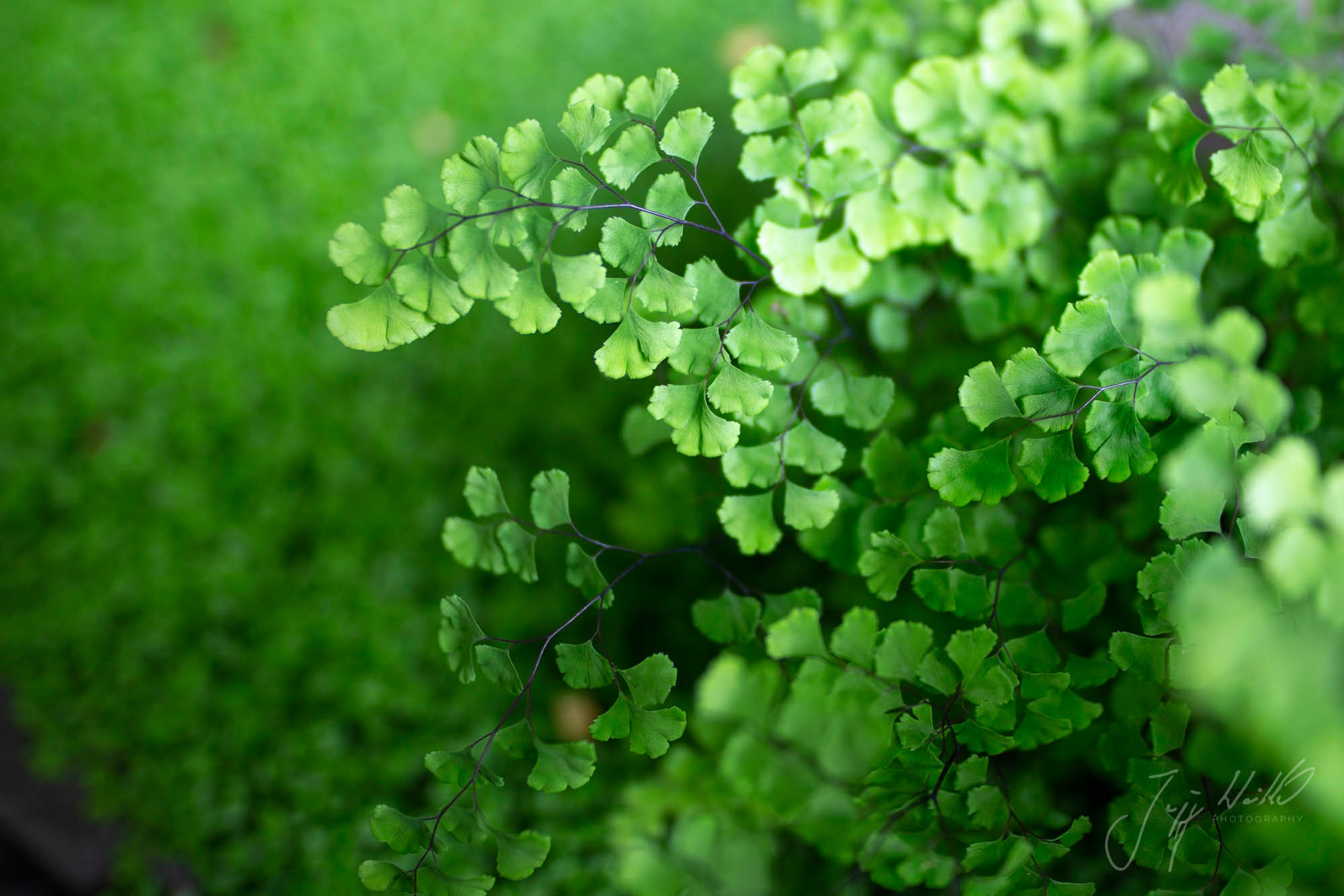
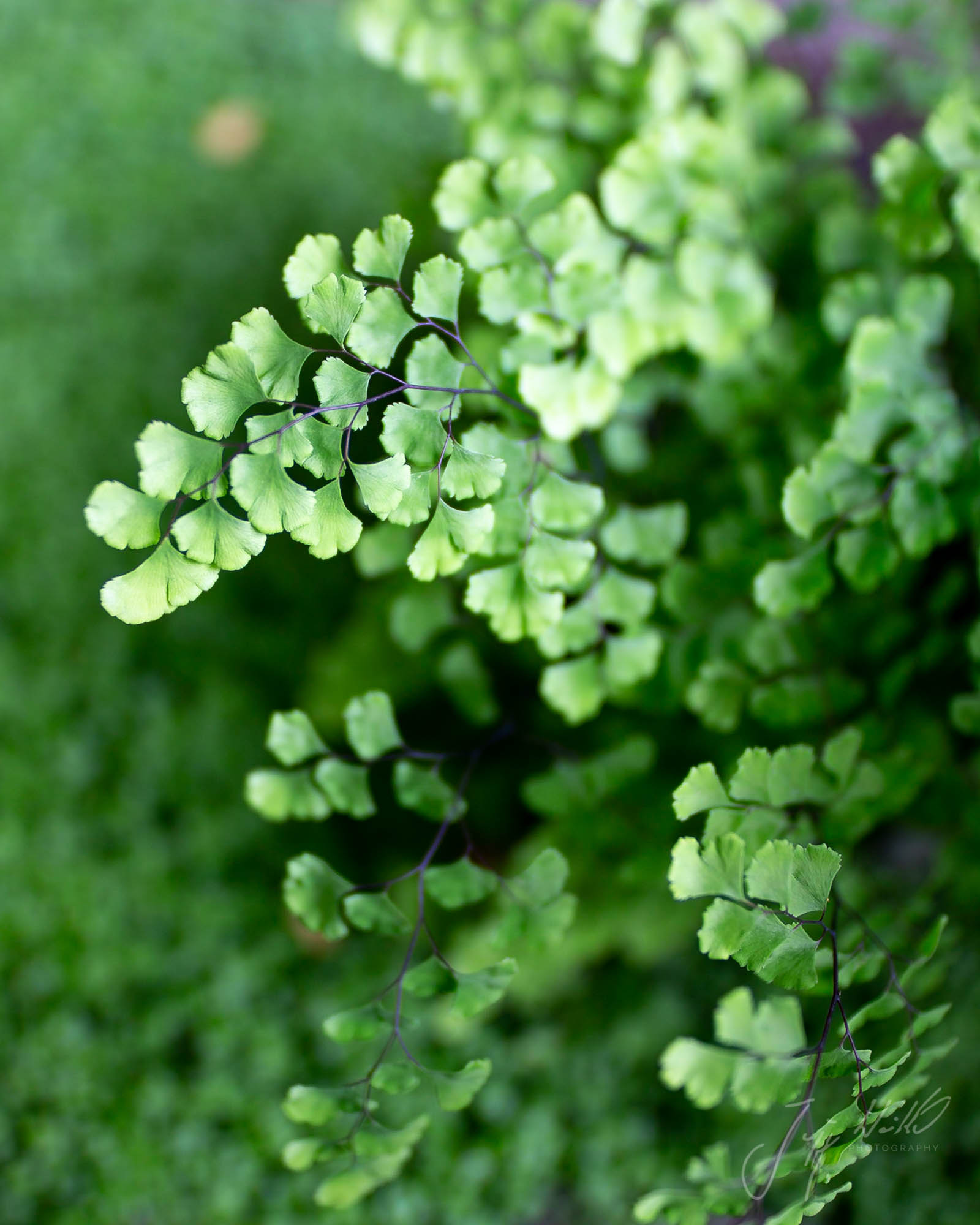
Adiantum capillus veneris belongs to the family Pteridaceae. In Reference works there is only a little information available. One reference (Wren's Potter's Encyclopedia) highlights the usage of maidenhair fern as a popular cough medicine throughout most parts of Europe. In France large quantities are employed in the preparation of the well - known Sirop de capillare. This is so interesting and it's the first time I heard about this. Perhaps its worth to carry out a proper homeopathic proving and see what other healing qualities are contained in this beautiful plant. It is photography which brings me in touch to many unknown things in life and yesterday I had a chance to capture this beautiful fern.


Comments
Nigella damascena - Love-in-a-mist
21. 05. 18 07:53 filed in:Ranunculaceae
"Love-in-a-mist" is one of the English names for Nigella damascena. By taking a closer look, one can get an idea where her name "Love-in-a-mist" might origin from. Light-green, lacy, finely divided threadlike bracts form the “mist” surrounding the plant’s jewel-like flowers. Nigella belongs to the buttercup family (Ranunculaceae). More members of the same plant family you can in my galleries: Ranunculaceae
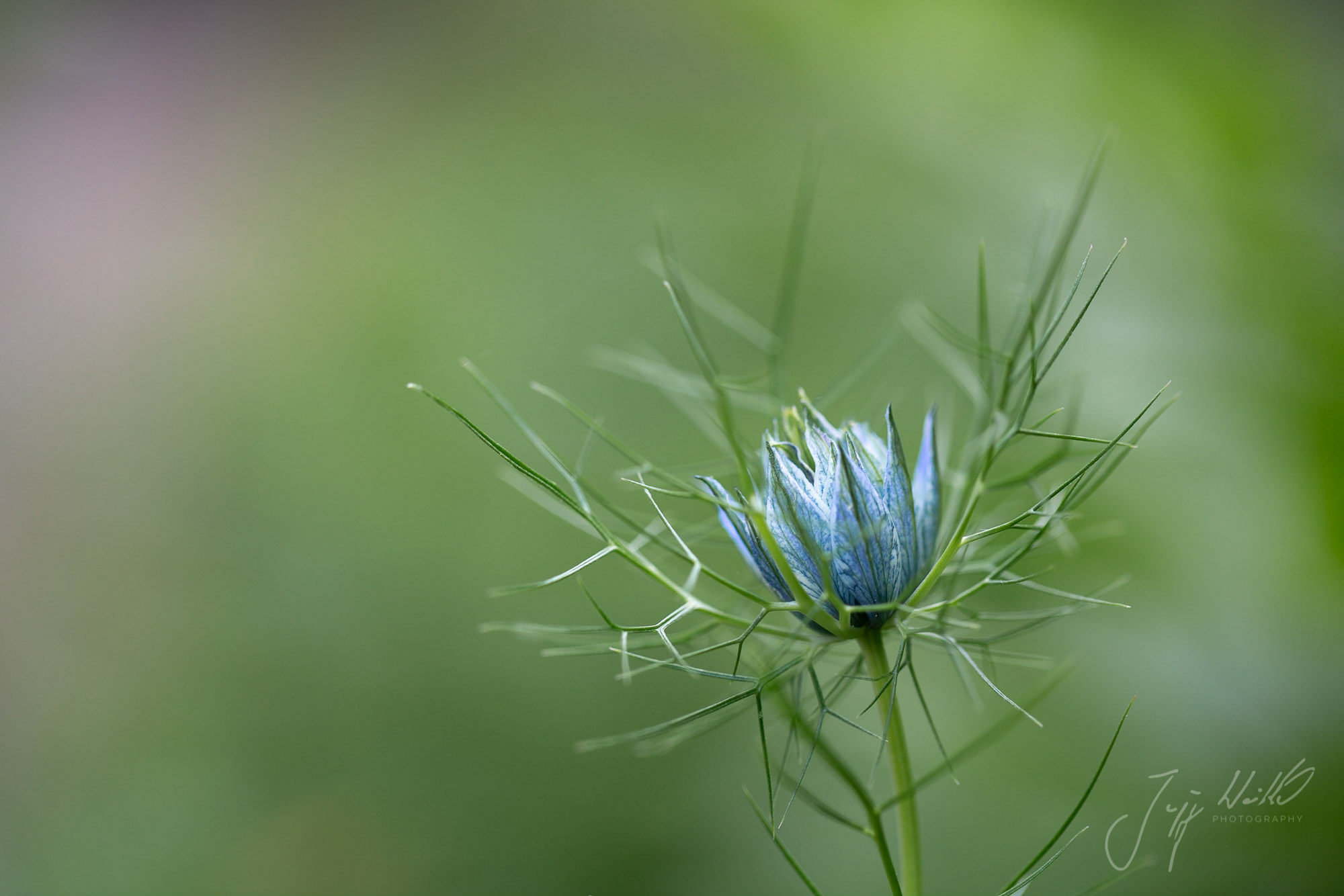
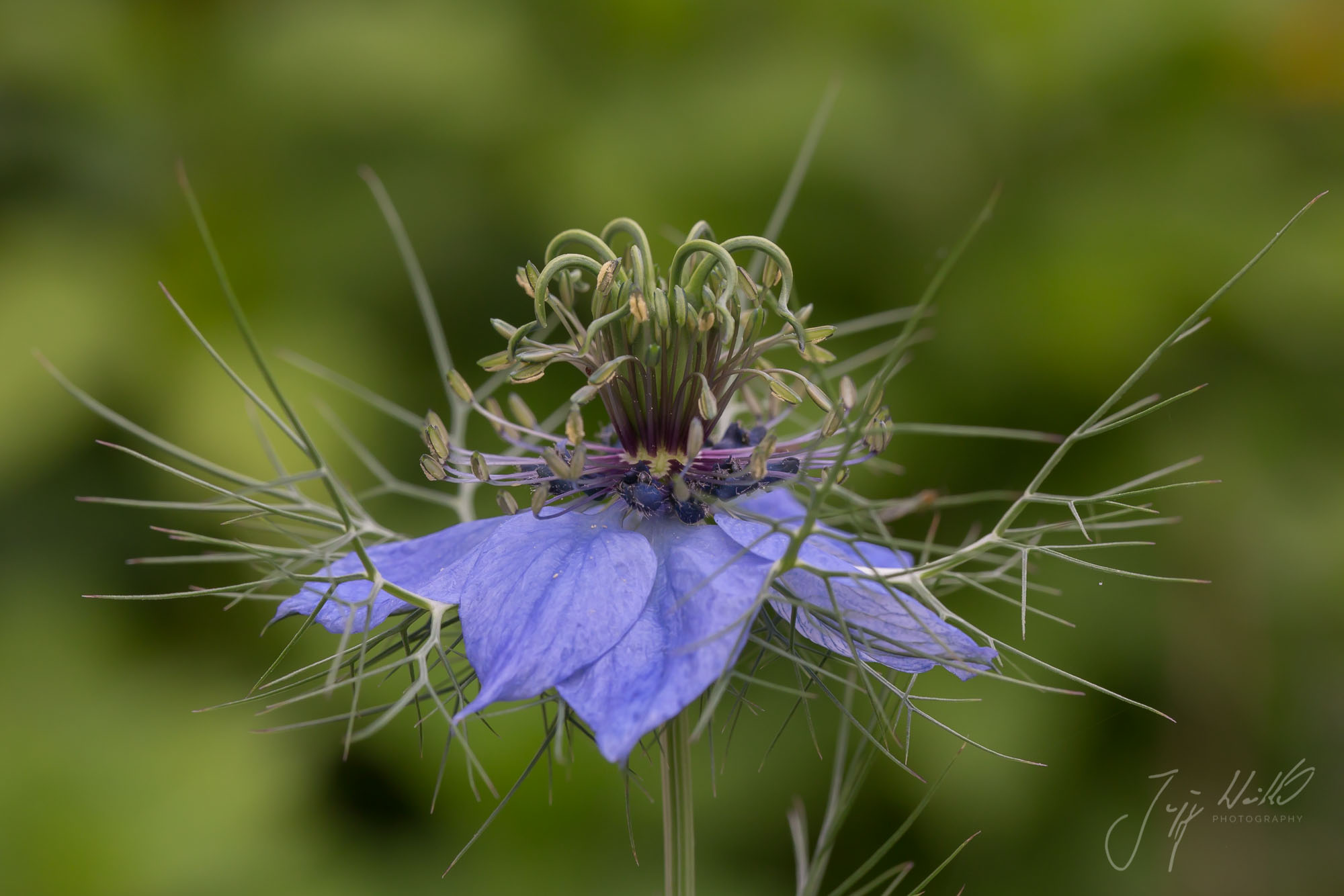
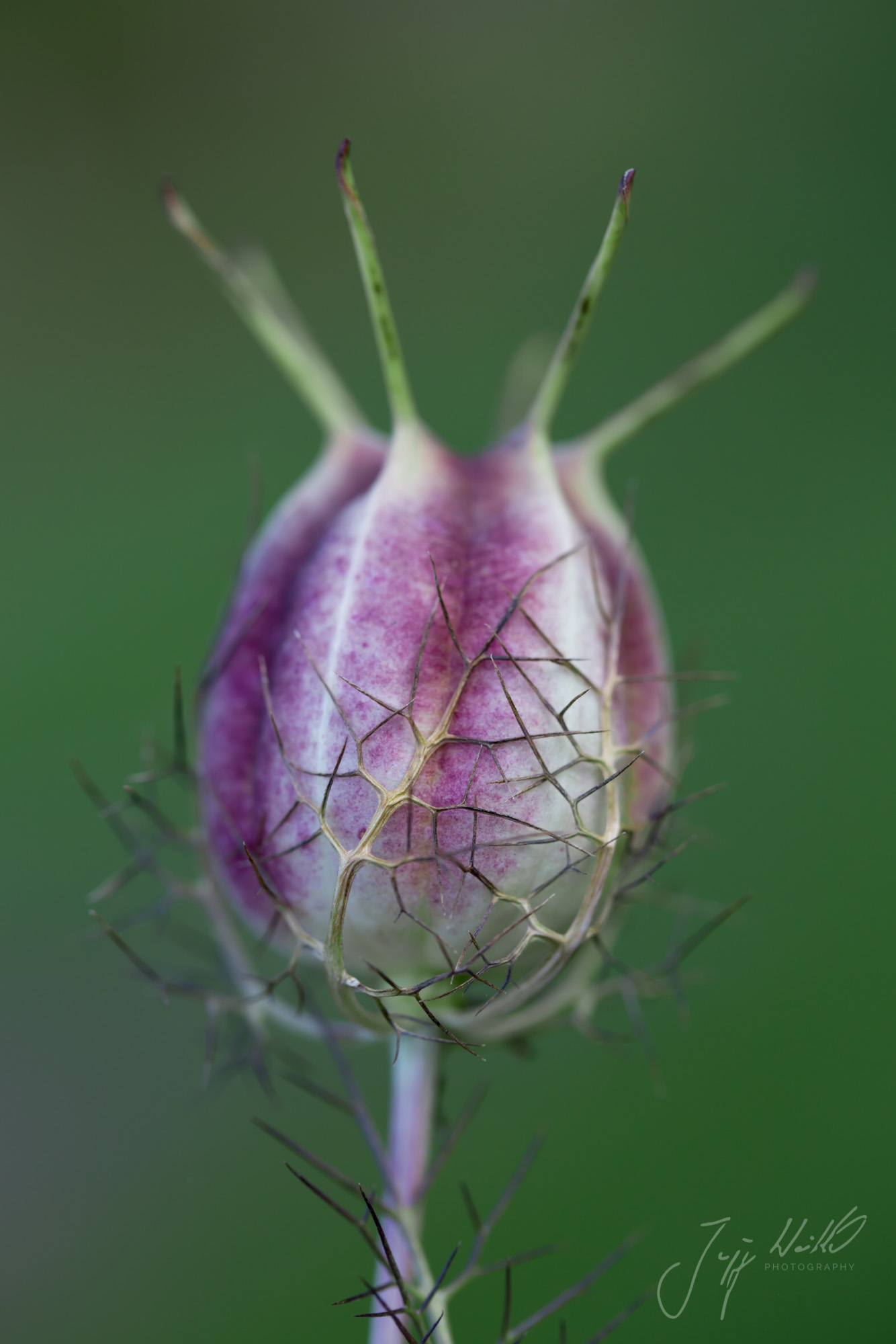



How orchids lure pollinating insects - Ophrys holoserica
17. 03. 18 18:49 filed in:Orchidaceae
"In the 16th and 17th centuries, wealthy people wore perfumes to mask their nasty body odours. In nature too, some organisms produce smells to disguise their true nature and deceive others. When it comes to lying with scent, orchids are the world champions.
Across Europe, Australia, Africa and South America, orchids have independently evolved ways to manufacture irresistible bouquets. Many of these smells mimic the sex pheromones – otherwise known as aphrodisiacs – of insects.
Orchids release a perfume that mimics a fertile female insect, luring in male insects. Overcome by the sexy female scent, the males are duped into attempting to mate with the flower. During their futile attempts at copulation, they pick up a gobbet of pollen, so that when they visit another flower they will pollinate it.
And what do the male insects get in exchange for their labours? Absolutely nothing."
Retrieved from: http://www.bbc.com/earth/story/20150202-three-ways-orchids-trick-insects
Image below: Ophrys holoserica, Bumble-bee Orchid, Hummel-Ragwurz. Location, Saarland area, Germany in May 2016.
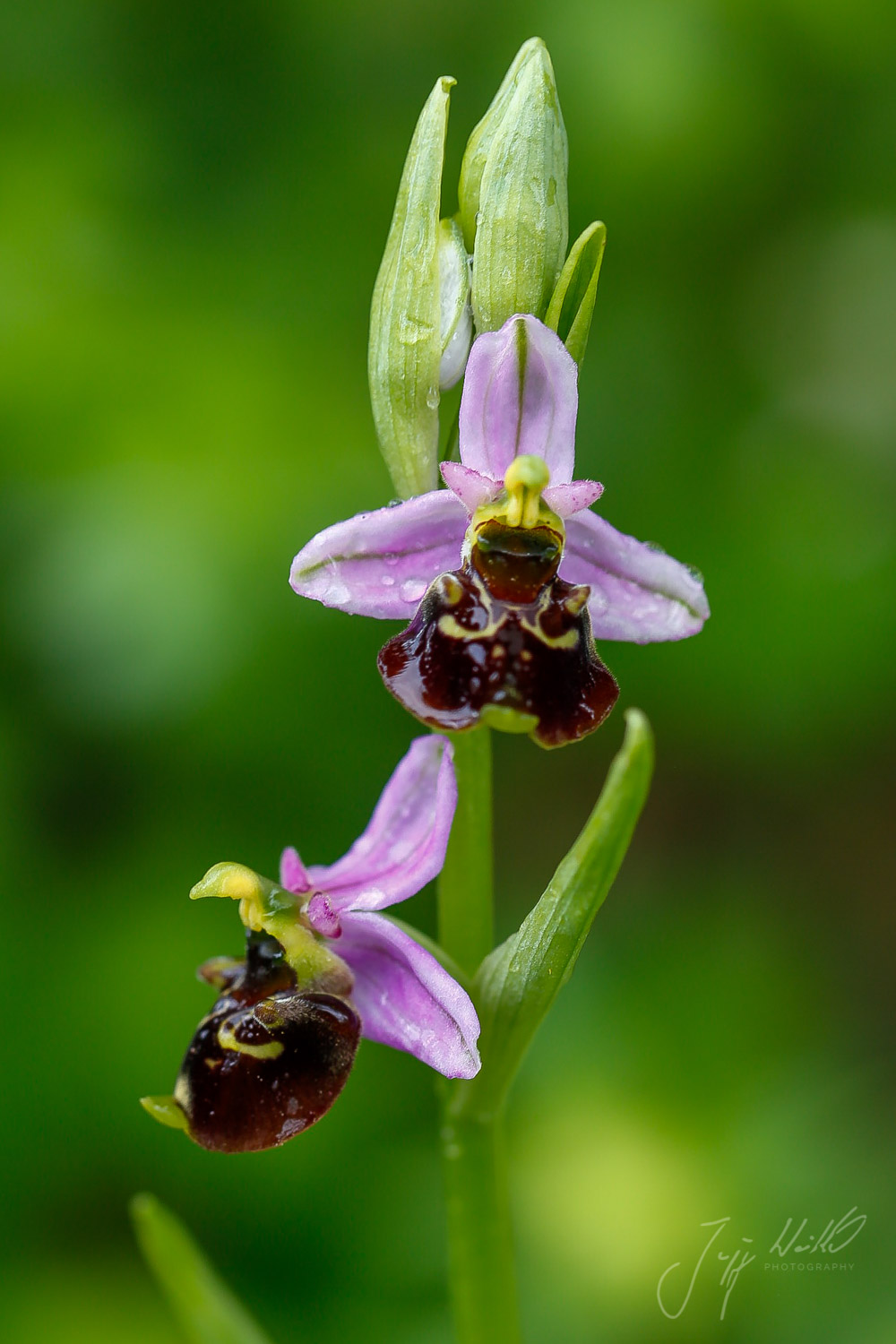
Across Europe, Australia, Africa and South America, orchids have independently evolved ways to manufacture irresistible bouquets. Many of these smells mimic the sex pheromones – otherwise known as aphrodisiacs – of insects.
Orchids release a perfume that mimics a fertile female insect, luring in male insects. Overcome by the sexy female scent, the males are duped into attempting to mate with the flower. During their futile attempts at copulation, they pick up a gobbet of pollen, so that when they visit another flower they will pollinate it.
And what do the male insects get in exchange for their labours? Absolutely nothing."
Retrieved from: http://www.bbc.com/earth/story/20150202-three-ways-orchids-trick-insects
Image below: Ophrys holoserica, Bumble-bee Orchid, Hummel-Ragwurz. Location, Saarland area, Germany in May 2016.

Squilla maritima (Syn. Scilla) and Scilla nervosa
04. 02. 18 12:09 filed in:Liliales
In Homeopathy Squilla maritima (Synonyms: Scilla maritima, Red sea Onion, Ornithogalum maritima) is a well know remedy. From Phatak's Concise Materia medica: "Red sea onion affects the serous and mucous membranes of respiratory and digestive tract and acts also on kidneys, heart, and spleen". The combination of a dry, irritating cough, which often drives tears into the eyes is calling for this remedy, especially in children.
Taxonomic information:
Scillae are Monocts and inside the Cronquist system they belong to the order Liliales, family Hyacinthaceae.
APG: Monocots, Asparagales, Asparagaceae, subfamily Scilloideae.
Inside Reference Works, Scilla maritima is only Scilla I could find references about.
During my recent trip to South Africa, I was able to capture the beauty of another Scilla, her name is Scilla nervosa (White Scilla). This Scilla is very common to the Drakensbergs area in KwaZulu Natal. As far as I know, no homeopathic proving has been conducted with this plant yet. It's worth considering, as in traditional medicine (Zulus), Scilla nervosa was used for the treatment of rheumatic fever and dysentery.
Another Scilla in KwaZulu Natal is Scilla natalensis, the Large Blue Scilla. This plant was used in traditional medicine for treating lung disease in cattle (Source: Elsa Pooley, A field guide to Wildflowers KwaZulu Natal and the Eastern Region, First edition, second impression published 2005). Another correlation to the first mentioned Scilla maritima.
Here you can find more images from the Hyacinthaceae.
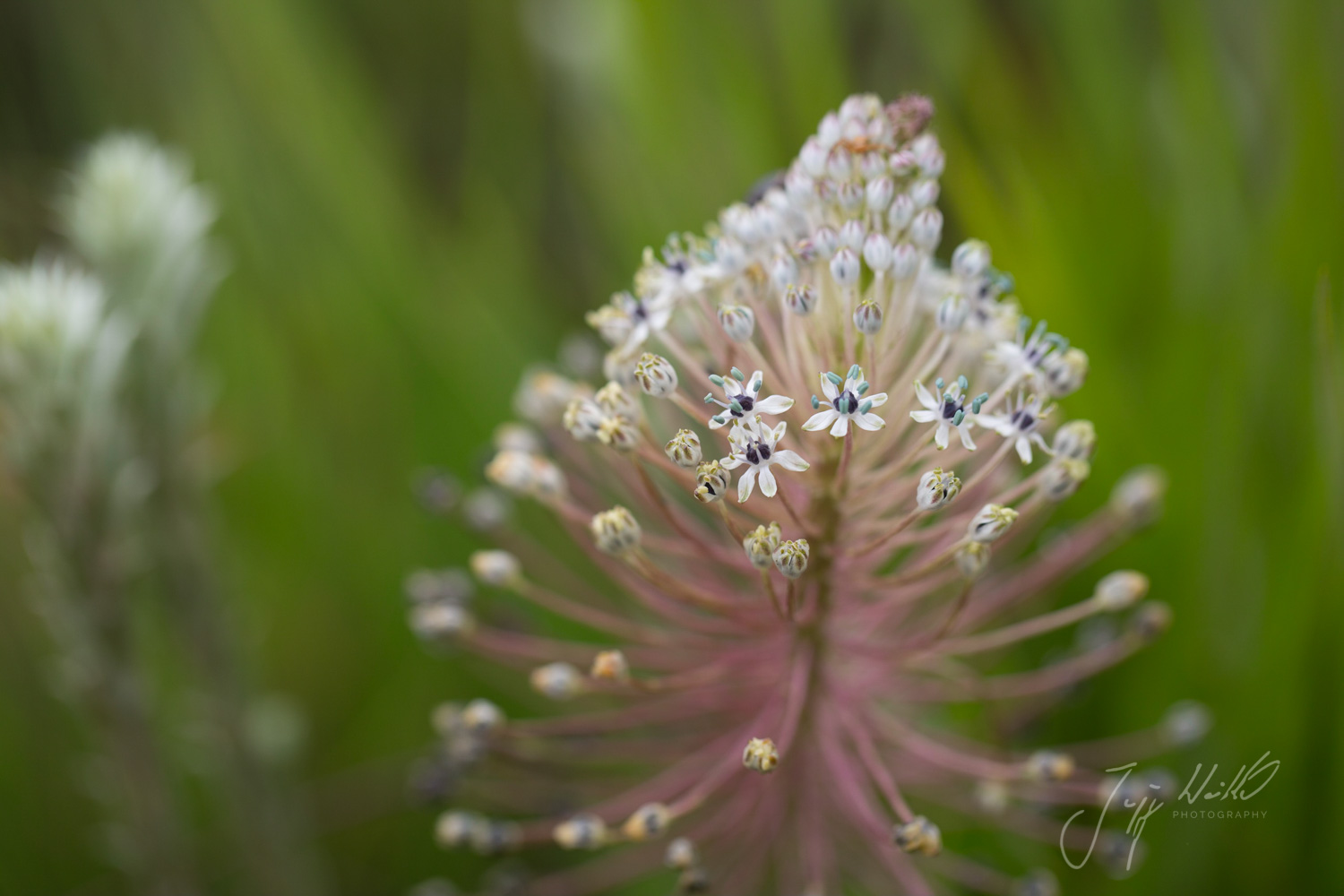
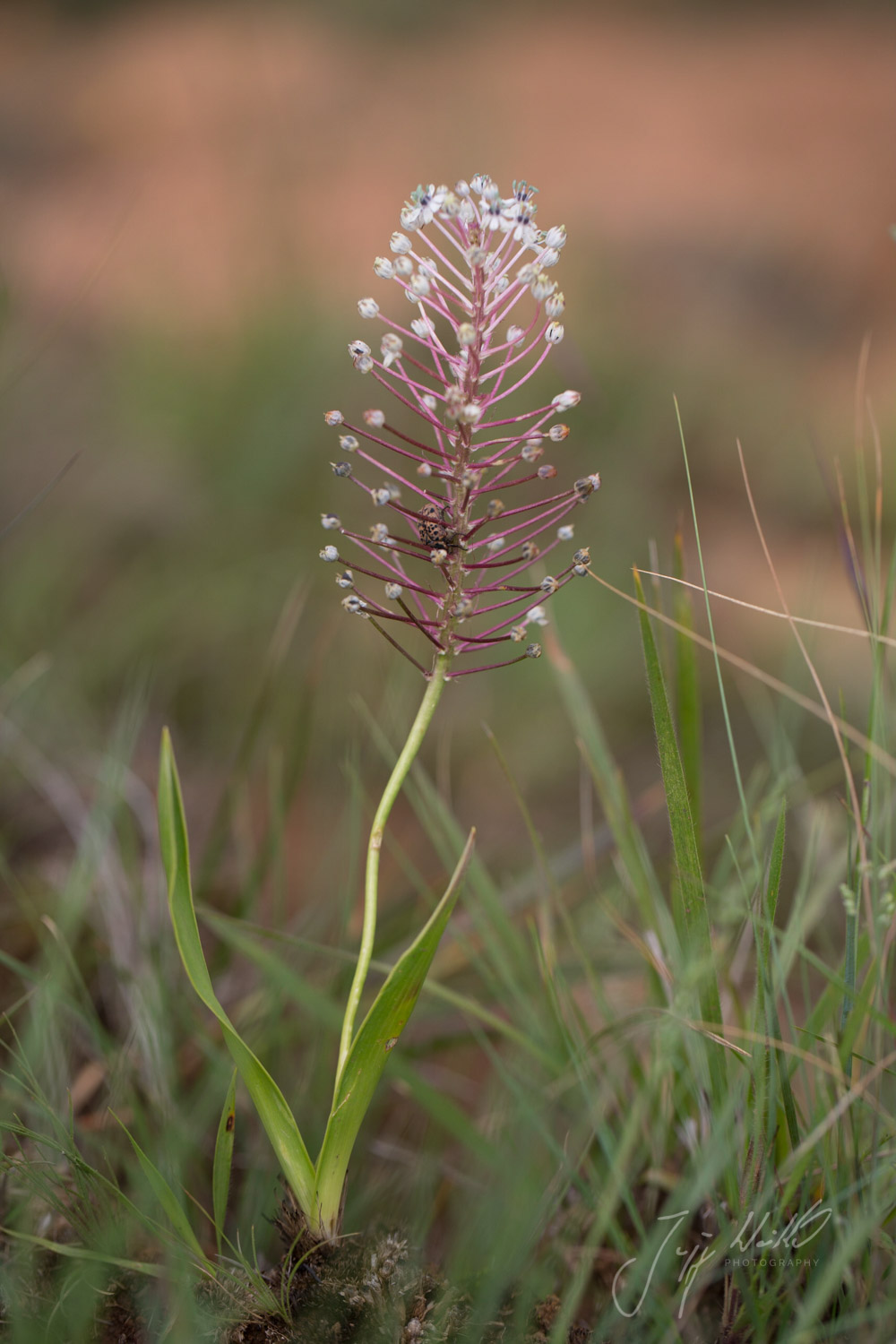
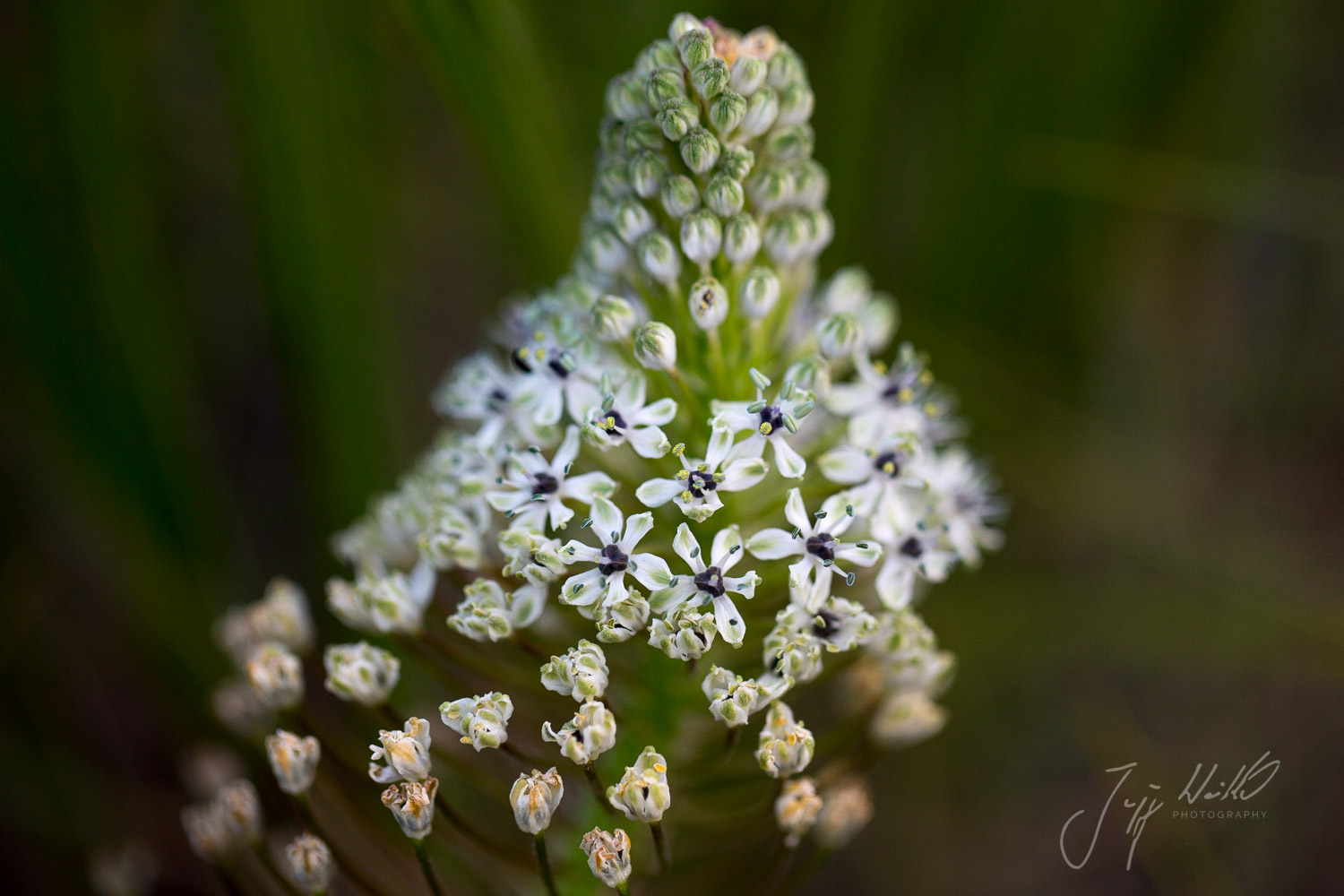
Taxonomic information:
Scillae are Monocts and inside the Cronquist system they belong to the order Liliales, family Hyacinthaceae.
APG: Monocots, Asparagales, Asparagaceae, subfamily Scilloideae.
Inside Reference Works, Scilla maritima is only Scilla I could find references about.
During my recent trip to South Africa, I was able to capture the beauty of another Scilla, her name is Scilla nervosa (White Scilla). This Scilla is very common to the Drakensbergs area in KwaZulu Natal. As far as I know, no homeopathic proving has been conducted with this plant yet. It's worth considering, as in traditional medicine (Zulus), Scilla nervosa was used for the treatment of rheumatic fever and dysentery.
Another Scilla in KwaZulu Natal is Scilla natalensis, the Large Blue Scilla. This plant was used in traditional medicine for treating lung disease in cattle (Source: Elsa Pooley, A field guide to Wildflowers KwaZulu Natal and the Eastern Region, First edition, second impression published 2005). Another correlation to the first mentioned Scilla maritima.
Here you can find more images from the Hyacinthaceae.



Barringtonia racemosa - Powder puff tree
17. 01. 18 14:17 filed in:Lecythidaceae
Just returned from another inspiring trip to South Africa. The images below show different perspectives of a tree called "Barringtonia racemosa" from the family Lecythidaceae. It was fascinating to see its beautiful flowers inside a mangrove forest along the South Coast (KwaZulu Natal, South Africa). Some of them fell into the water and from further away, they looked like floating stars…
Barringtonia racemosa is found in coastal swamp forests and on the edges of estuaries in the Indian Ocean, starting at the east coast of Mozambique and KwaZulu-Natal (South Africa) to Madagascar, India, Sri Lanka, Malaysia, Thailand, Laos, southern China, northern Australia, coastal Taiwan, the Ryukyu Islands and many Polynesian islands.
The Powder-puff tree is a protected tree in South Africa.
Dicotyledones, Dilleniidae, Lecythidaceae
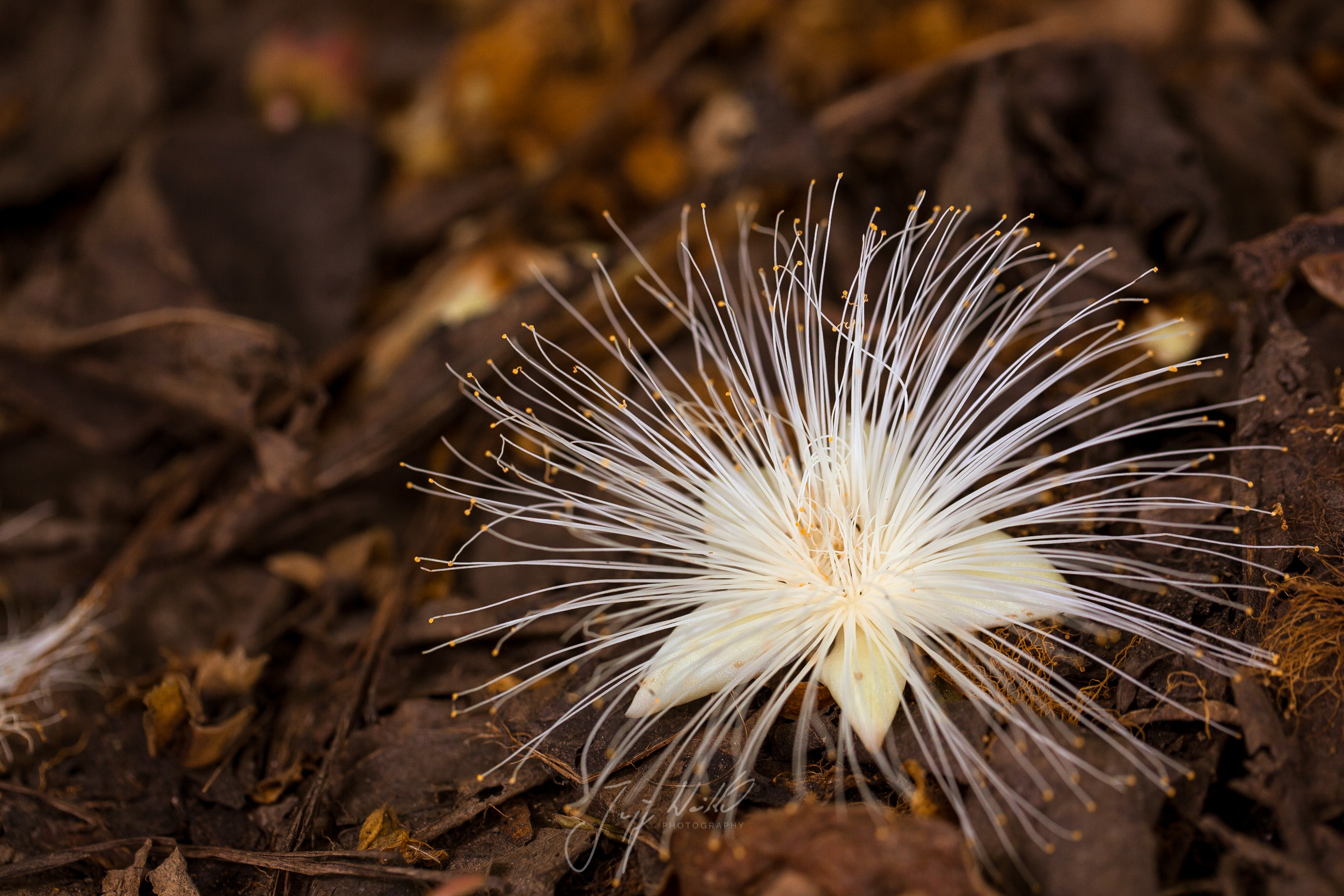
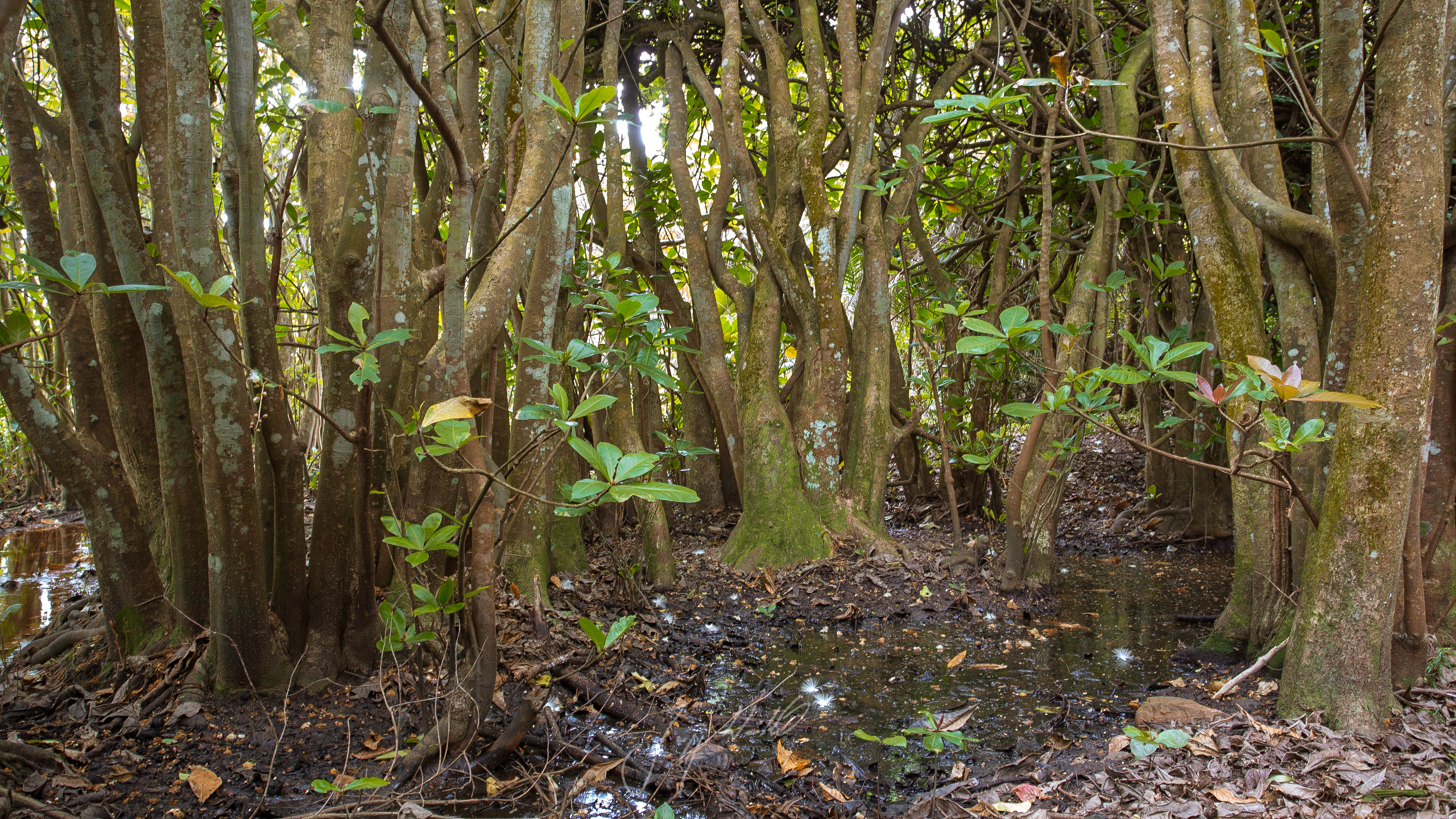
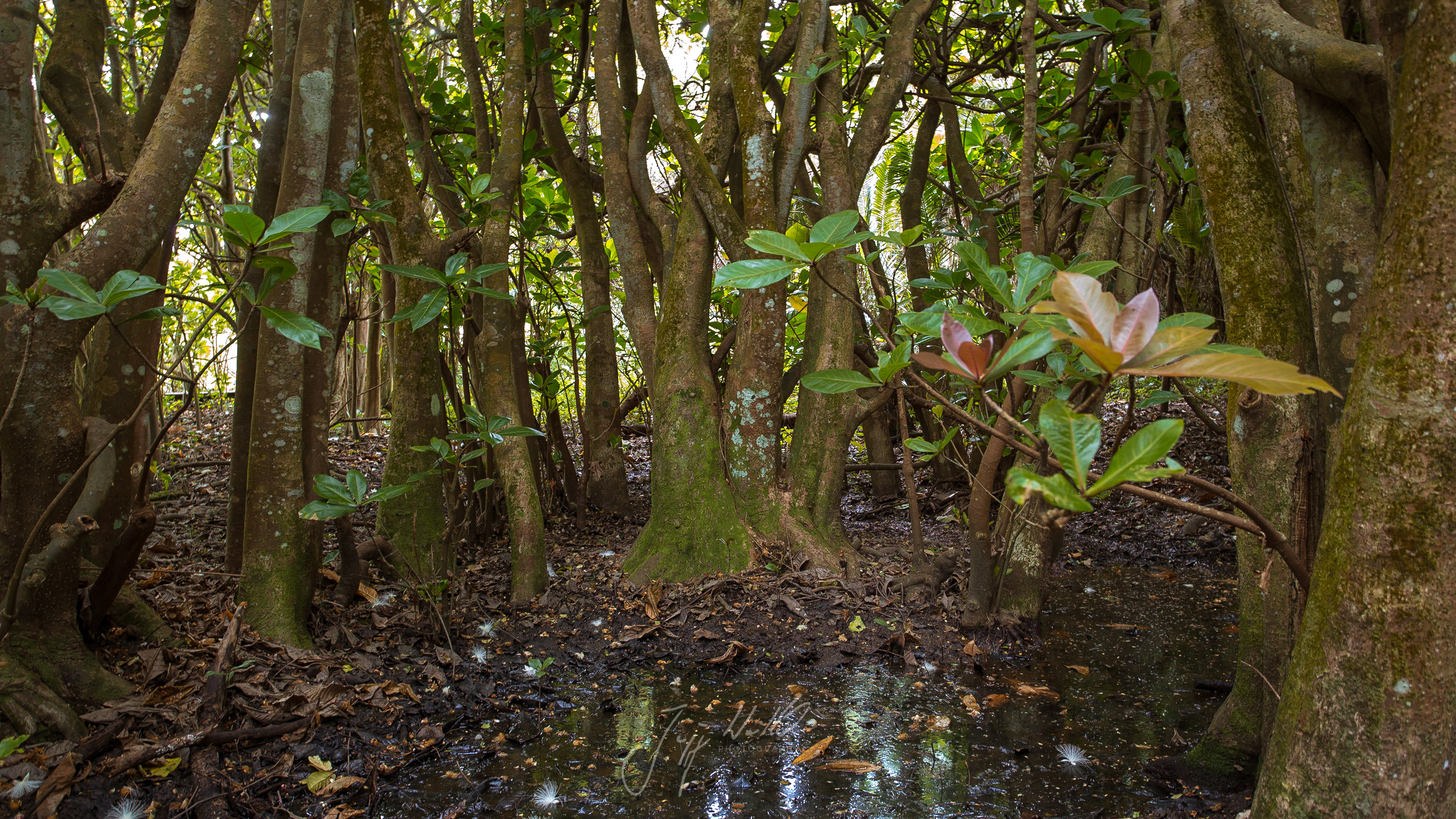
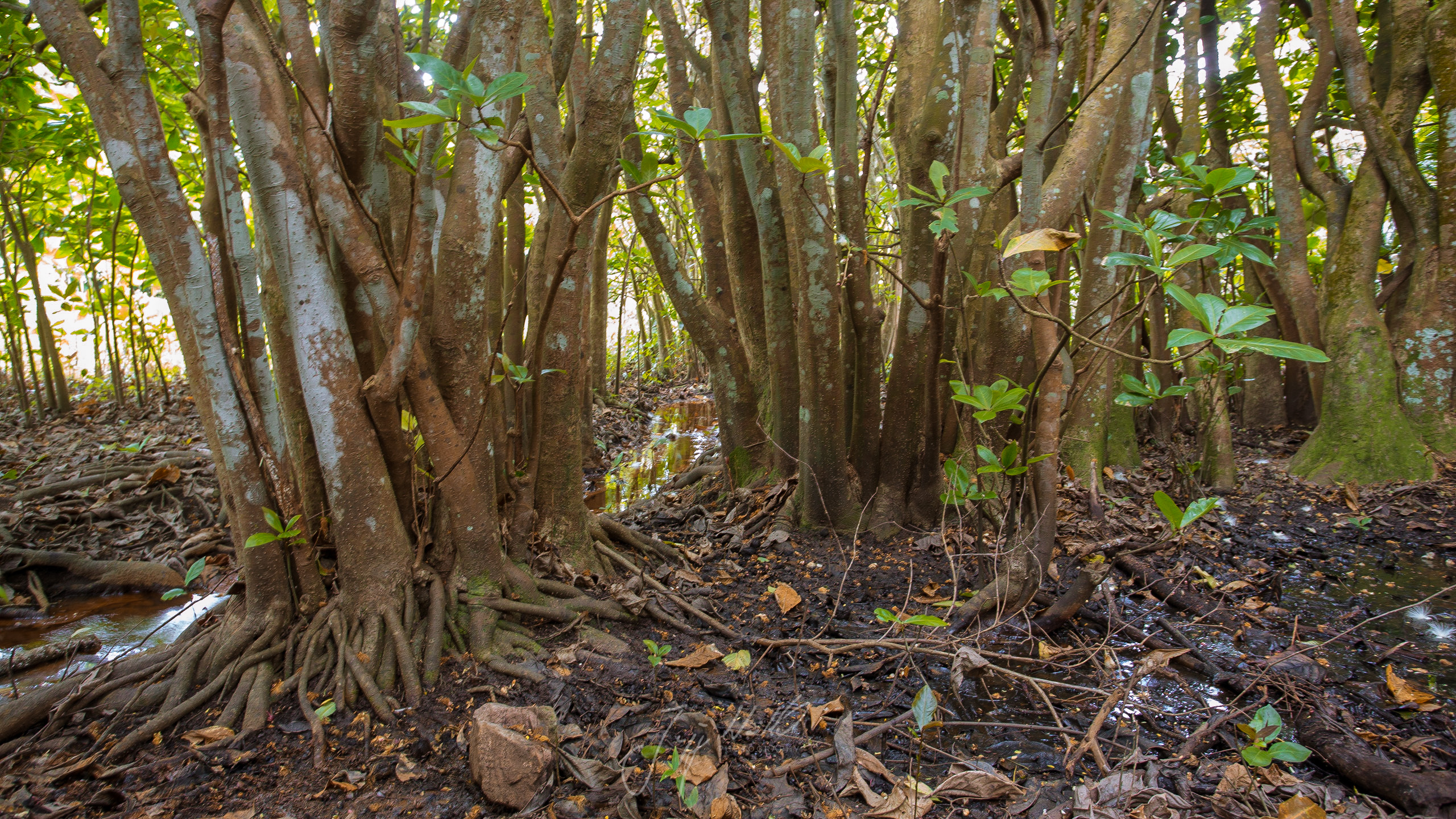
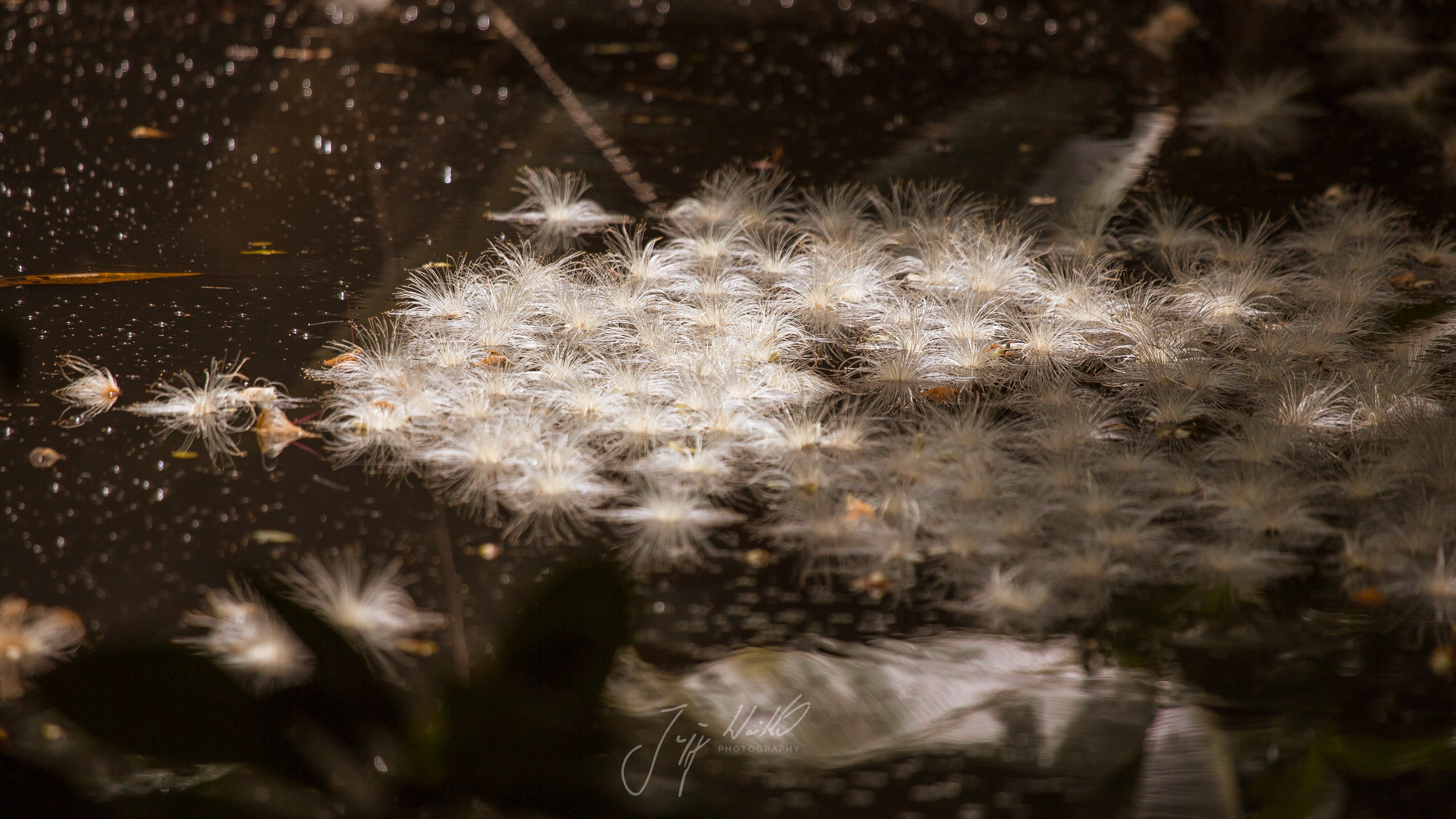
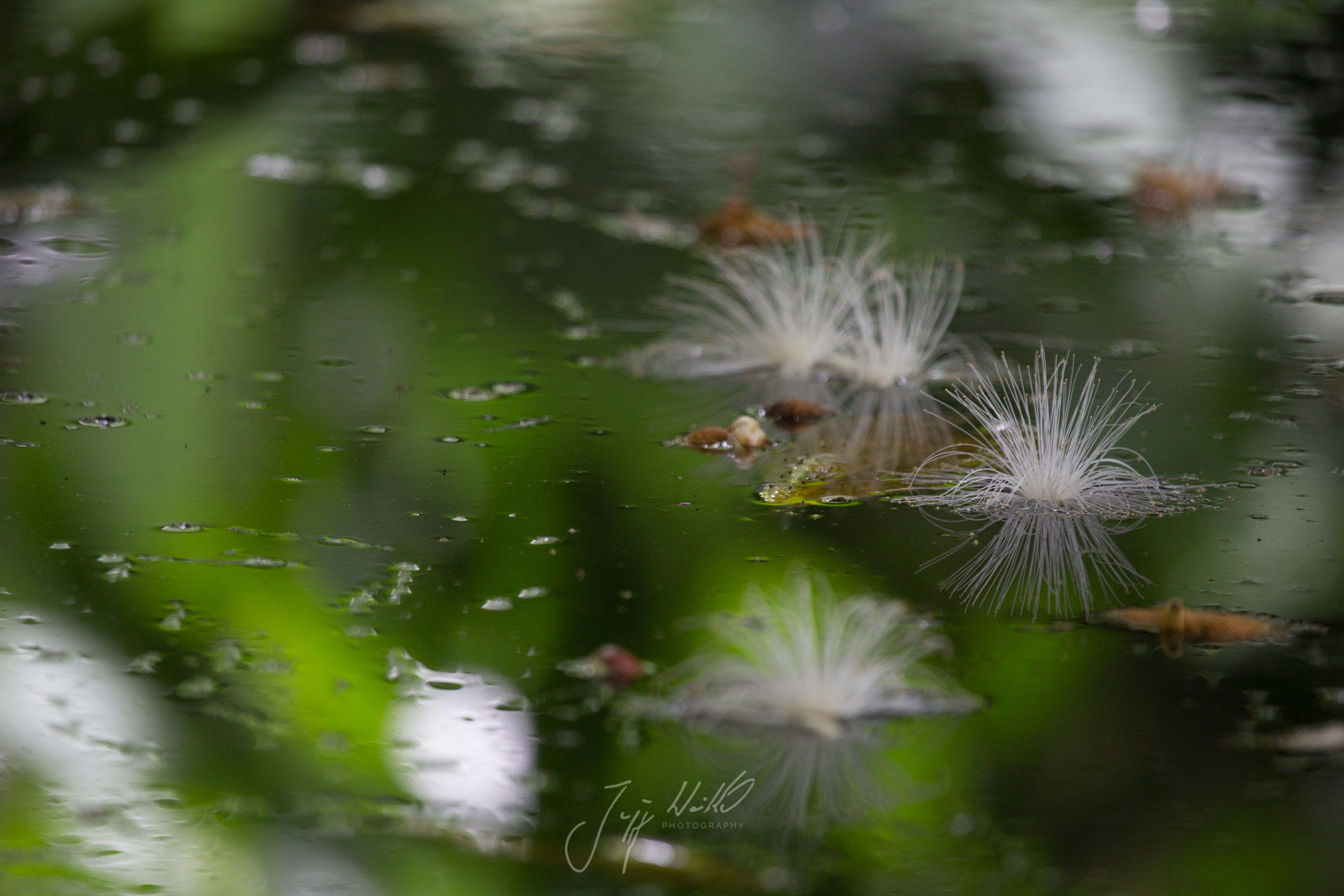
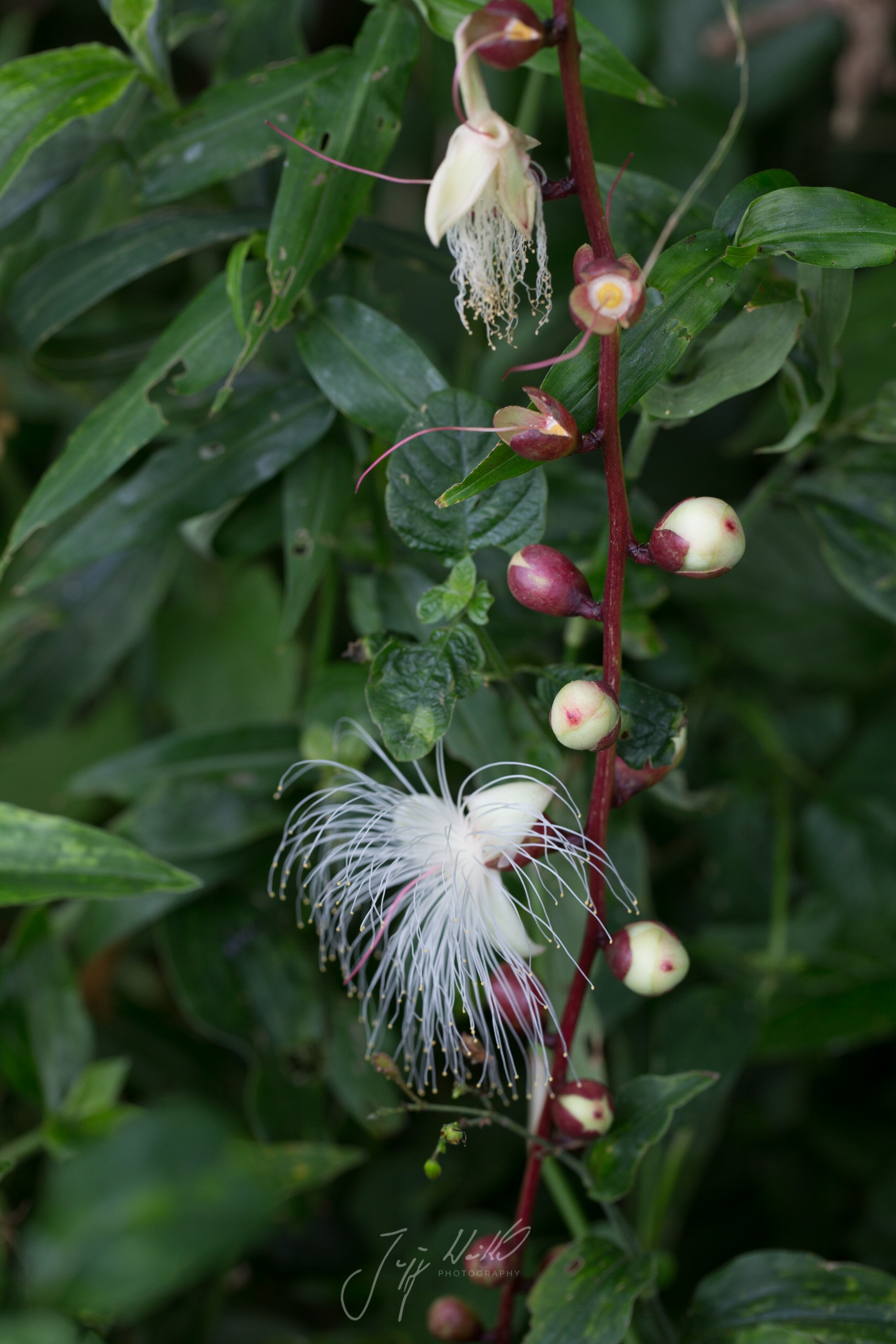
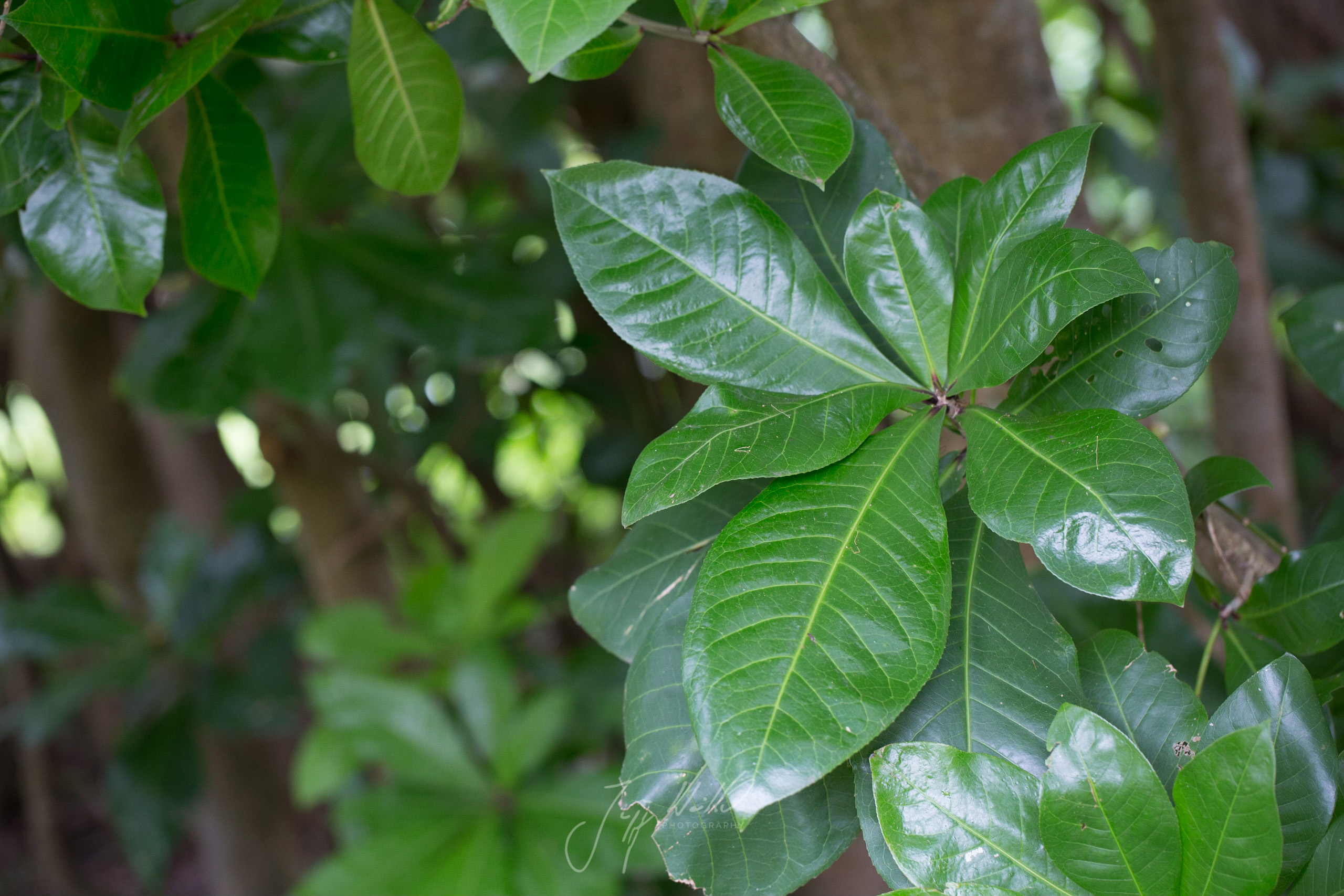
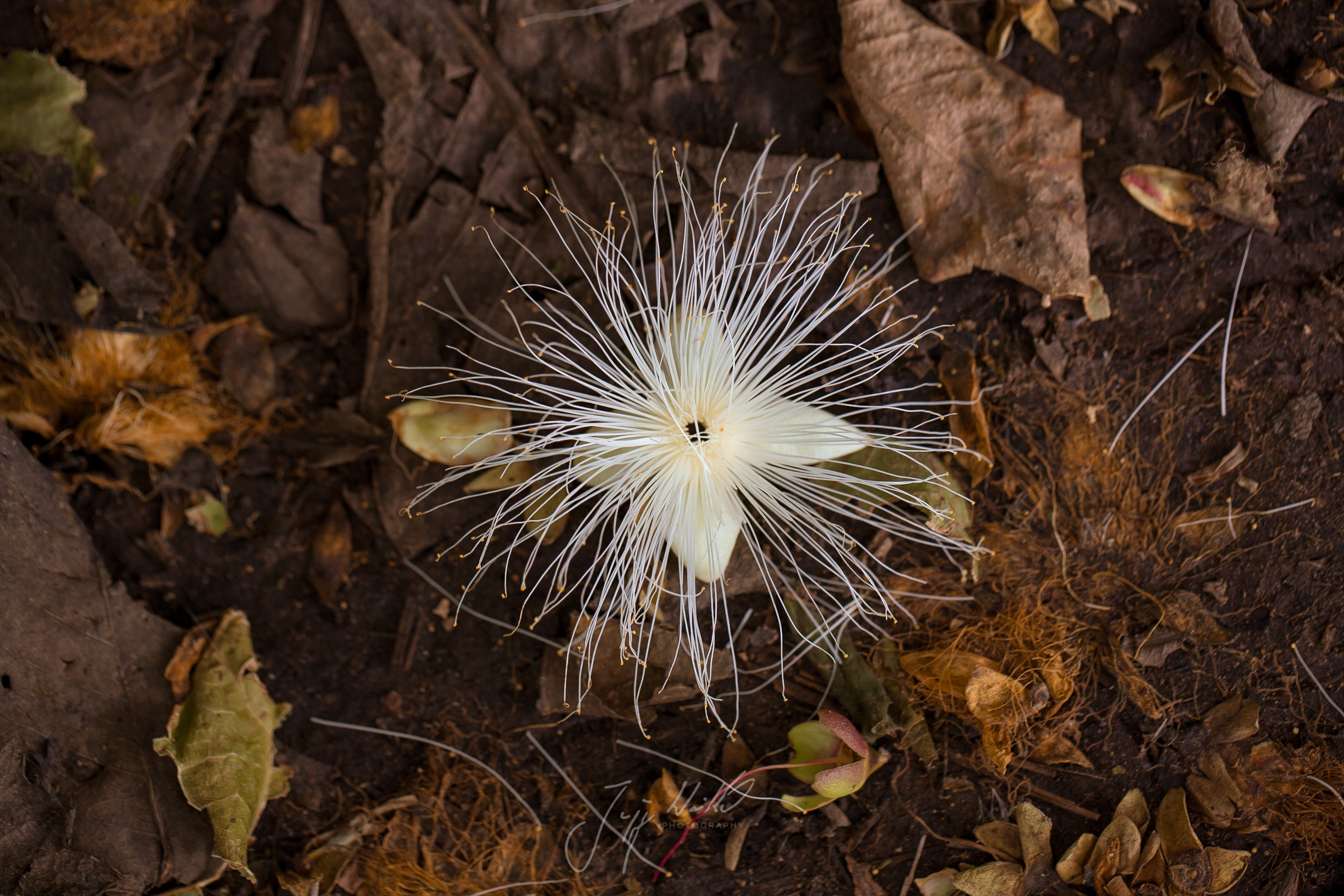
Barringtonia racemosa is found in coastal swamp forests and on the edges of estuaries in the Indian Ocean, starting at the east coast of Mozambique and KwaZulu-Natal (South Africa) to Madagascar, India, Sri Lanka, Malaysia, Thailand, Laos, southern China, northern Australia, coastal Taiwan, the Ryukyu Islands and many Polynesian islands.
The Powder-puff tree is a protected tree in South Africa.
Dicotyledones, Dilleniidae, Lecythidaceae









Poppy variations
13. 11. 17 15:12 filed in:Papaveraceae
Papaver somniferum "variations".
Opium poppy is such a beautiful plant and also powerful homeopathic remedy. The remedy belongs to the family Papaveraceae. There are many different diseases where Opium is indicated and I wouldn't want to miss it in my kit of first aid remedies.
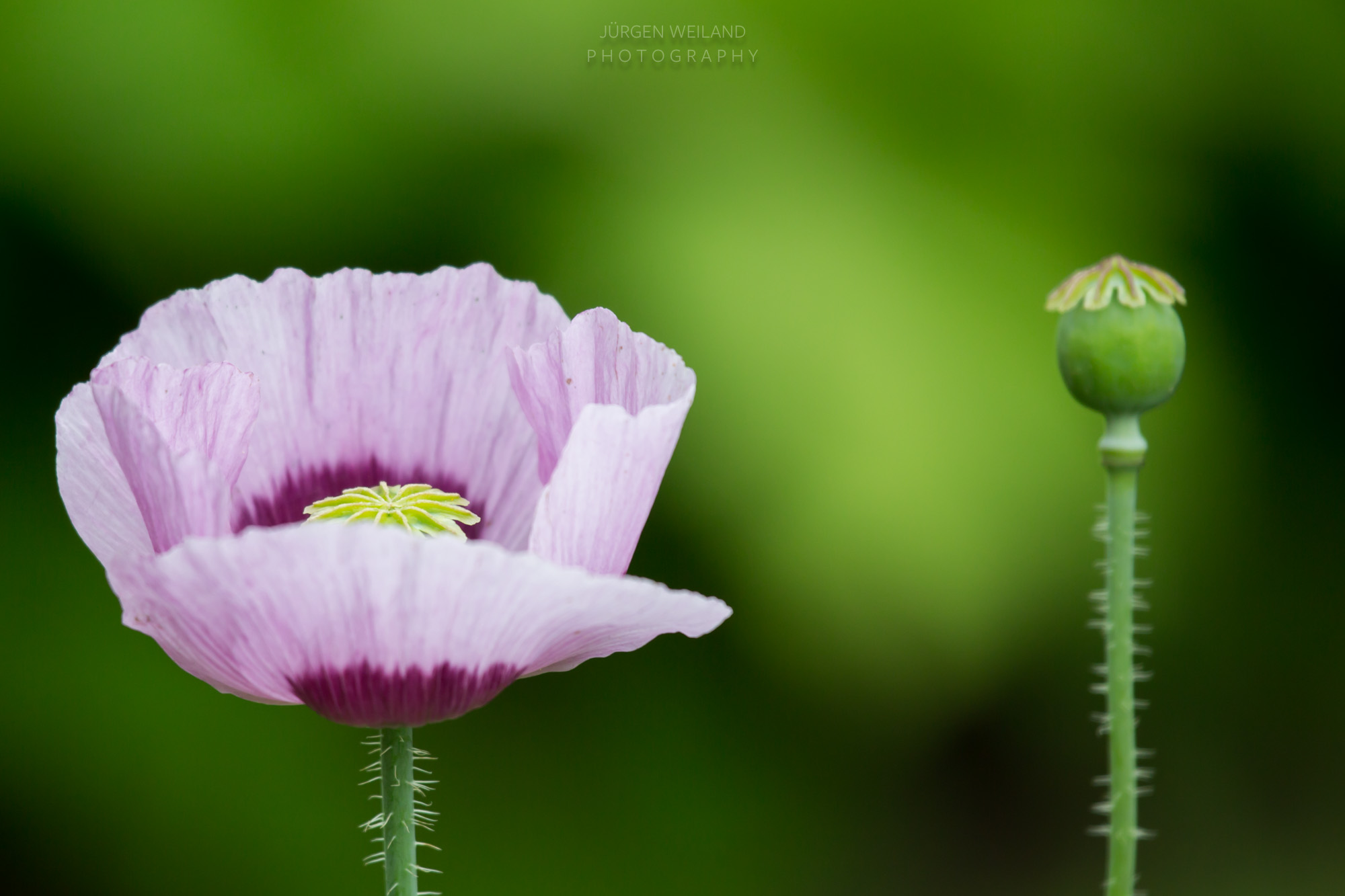
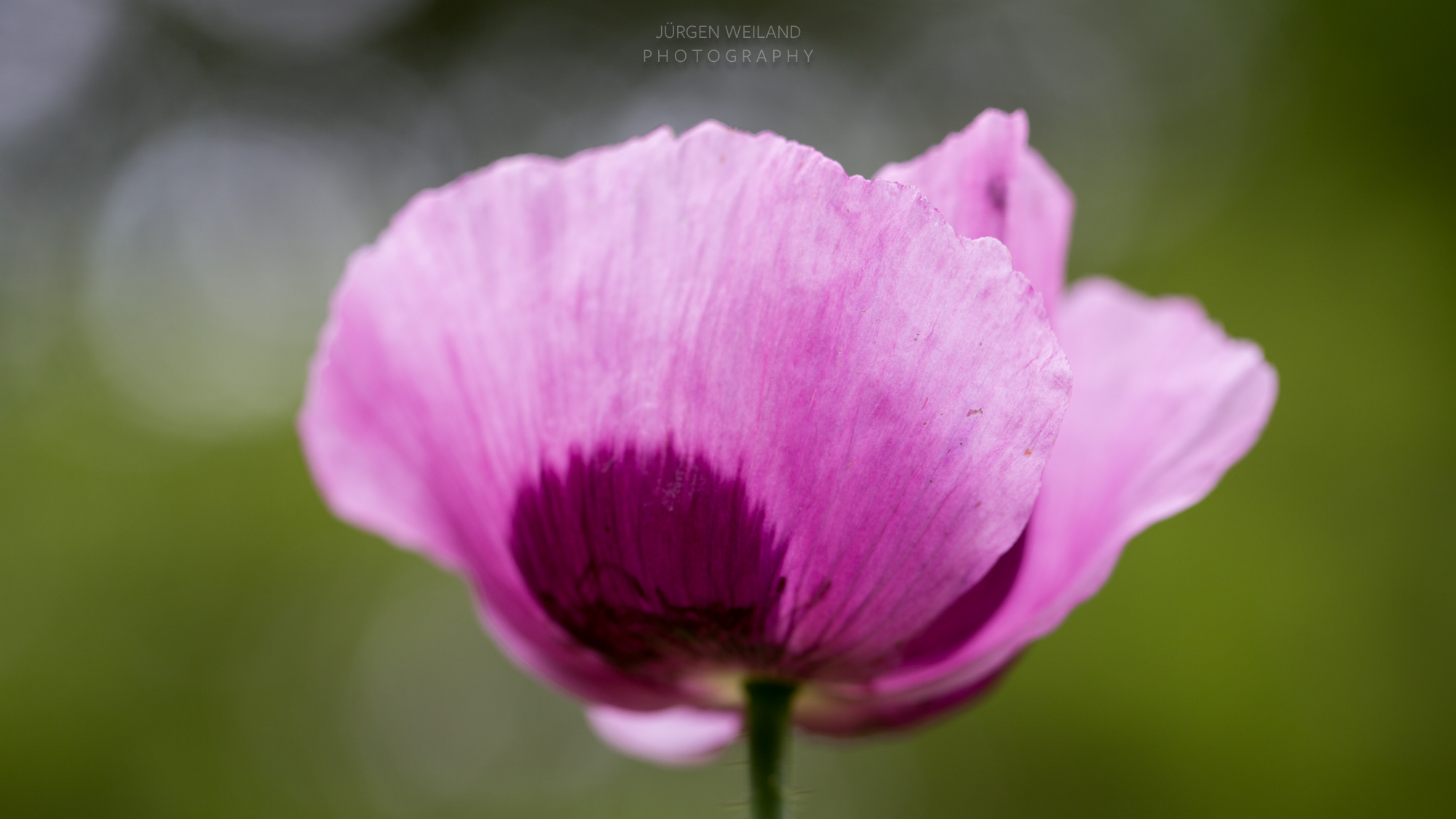
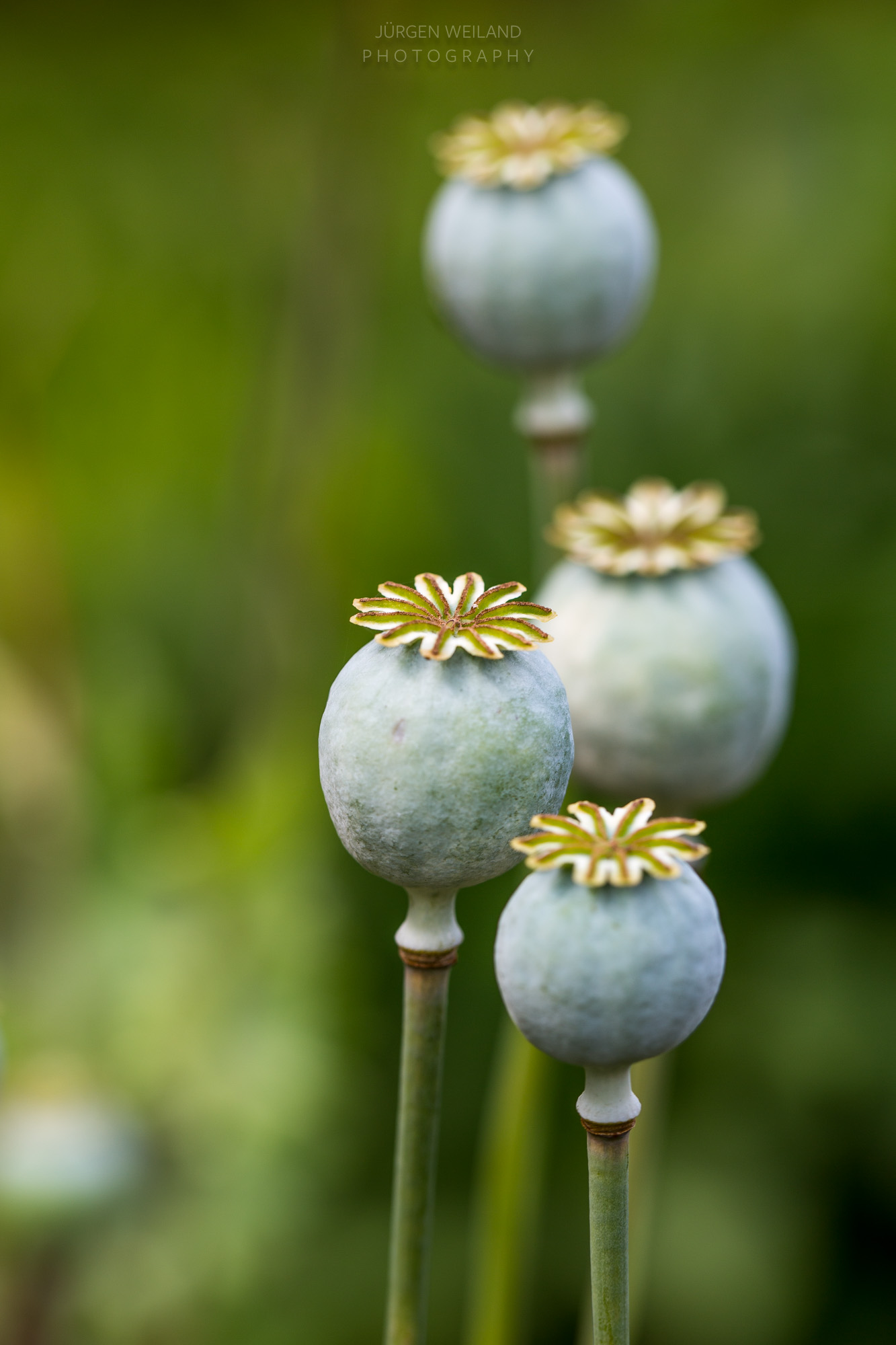
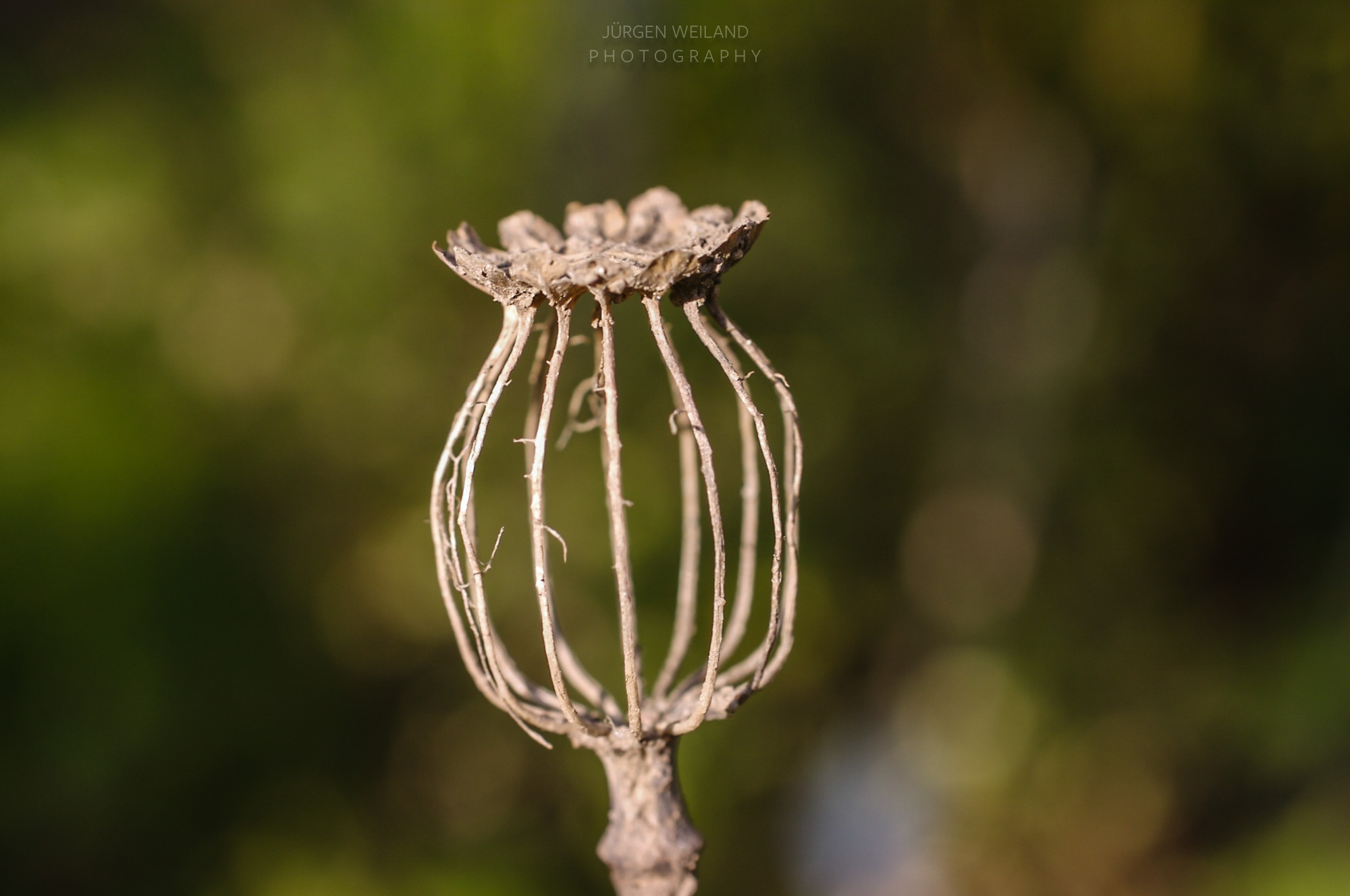
Opium poppy is such a beautiful plant and also powerful homeopathic remedy. The remedy belongs to the family Papaveraceae. There are many different diseases where Opium is indicated and I wouldn't want to miss it in my kit of first aid remedies.




"Heilpflanzen im Portrait" - 2. Fotoausstellung
11. 06. 17 15:43 filed in:Fotoausstellung |Photographic exhibition
Für meine 2. Fotoausstellung habe ich 15 besondere Heilpflanzenmotive zusammengestellt. Alle Motive wurden auf hochwertigen FineArt-Papieren der Firma Hahnemühle gedruckt.
Das verwendete Papier PhotoRag besteht aus reiner Baumwolle und besitzt eine sehr feine, weiche und langlebige Oberflächenstruktur.
Verwendete Rahmen und Größen:
• Rahmen 50x40 cm Esche dunkel, Motivgröße 29x19,3 cm
• Rahmen 80x60 cm Esche dunkel, Motivgröße 60x40 cm.
• weitere Größen, Papiere, sowie rahmenlose Drucke auf Anfrage.
Ausstellungsort:
Hausärztliche Gemeinschaftspraxis
Kölnstraße 105
53757 St. Augsutin
www.hausaerzte-hangelar.de
Die Ausstellung kann während der Praxisöffnungszeiten besucht werden.
Laden Sie hier den vollständigen Katalog mit allen Motiven:
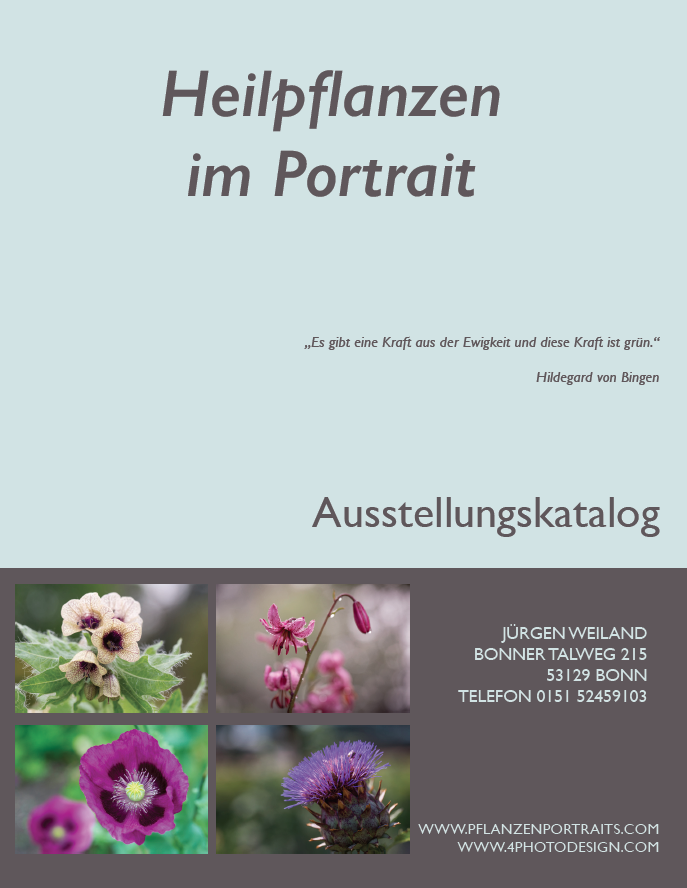
Das verwendete Papier PhotoRag besteht aus reiner Baumwolle und besitzt eine sehr feine, weiche und langlebige Oberflächenstruktur.
Verwendete Rahmen und Größen:
• Rahmen 50x40 cm Esche dunkel, Motivgröße 29x19,3 cm
• Rahmen 80x60 cm Esche dunkel, Motivgröße 60x40 cm.
• weitere Größen, Papiere, sowie rahmenlose Drucke auf Anfrage.
Ausstellungsort:
Hausärztliche Gemeinschaftspraxis
Kölnstraße 105
53757 St. Augsutin
www.hausaerzte-hangelar.de
Die Ausstellung kann während der Praxisöffnungszeiten besucht werden.
Laden Sie hier den vollständigen Katalog mit allen Motiven:

Special plants from a special botanical garden
08. 05. 17 13:46 filed in:Special
Some exotic plants from my favourite Botanical Gardens in Bonn: http://botgart.uni-bonn.de
The variety of flowering plants in these gardens is really fascinating.
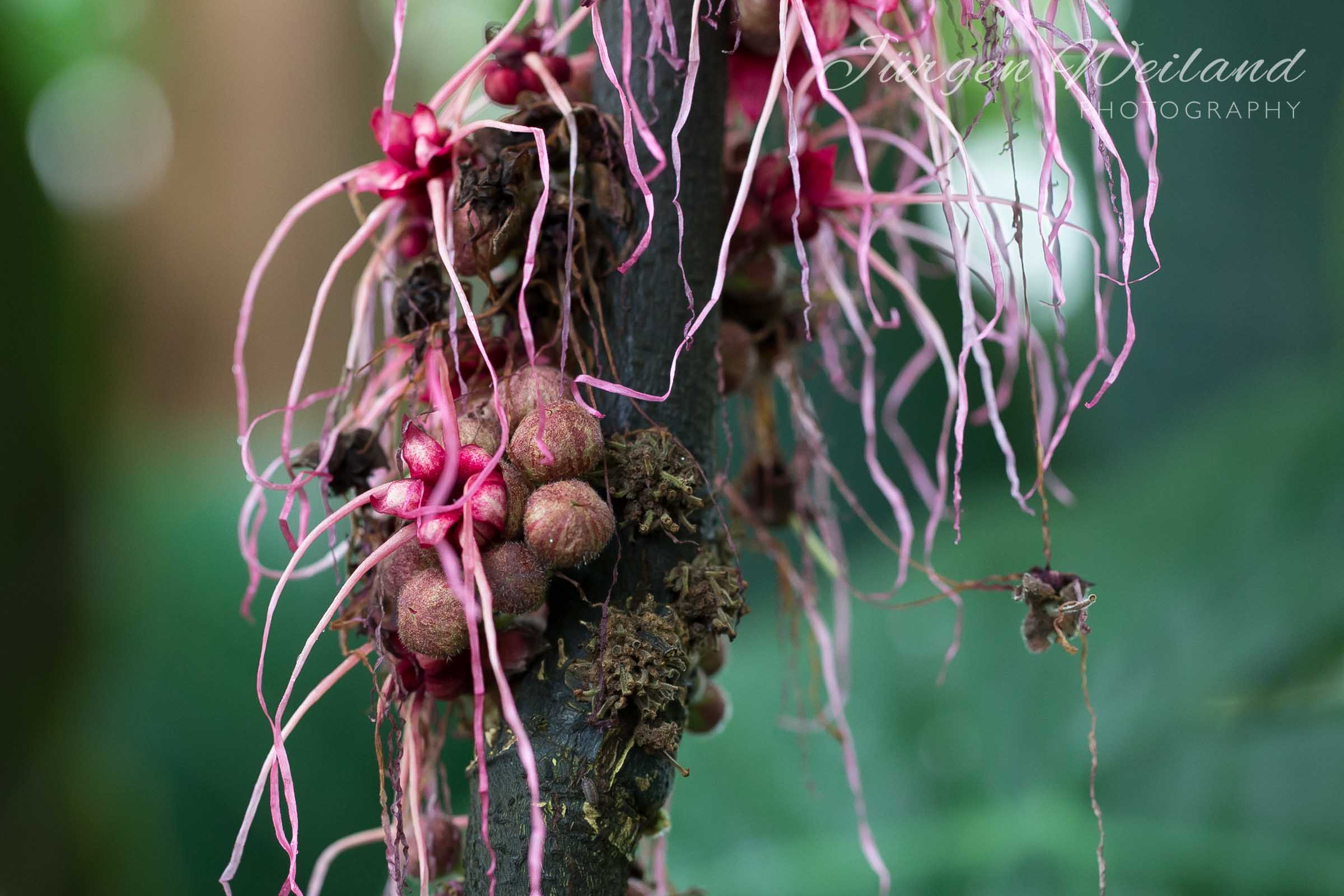
Image above: Herrania mariae, Malvaceae family. It is native to South America - Colombia, Ecuador, Peru and Brazil. The fruits are locally used as food.
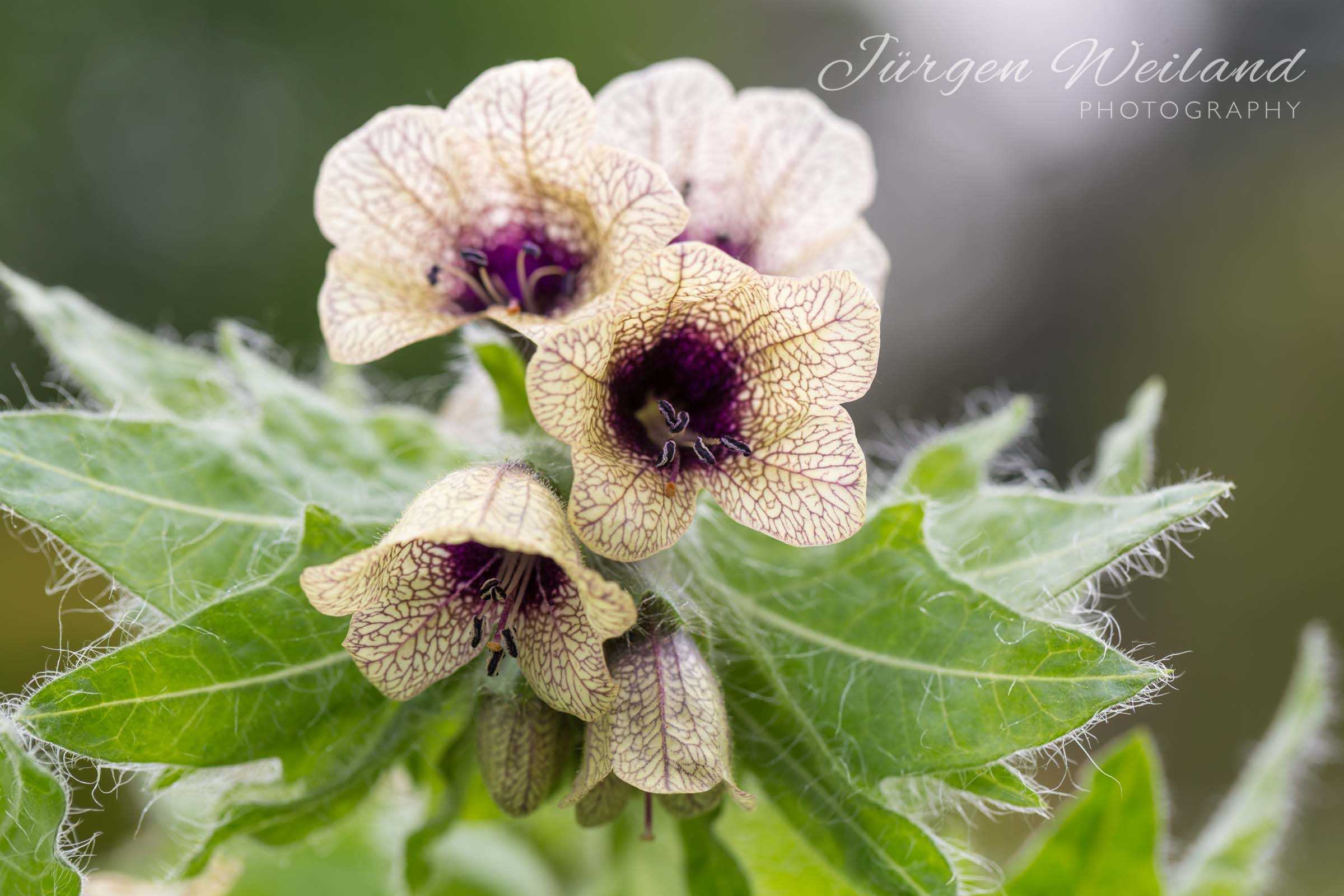 Image above: Hyoscyamus niger, Solanaceae family
Image above: Hyoscyamus niger, Solanaceae family
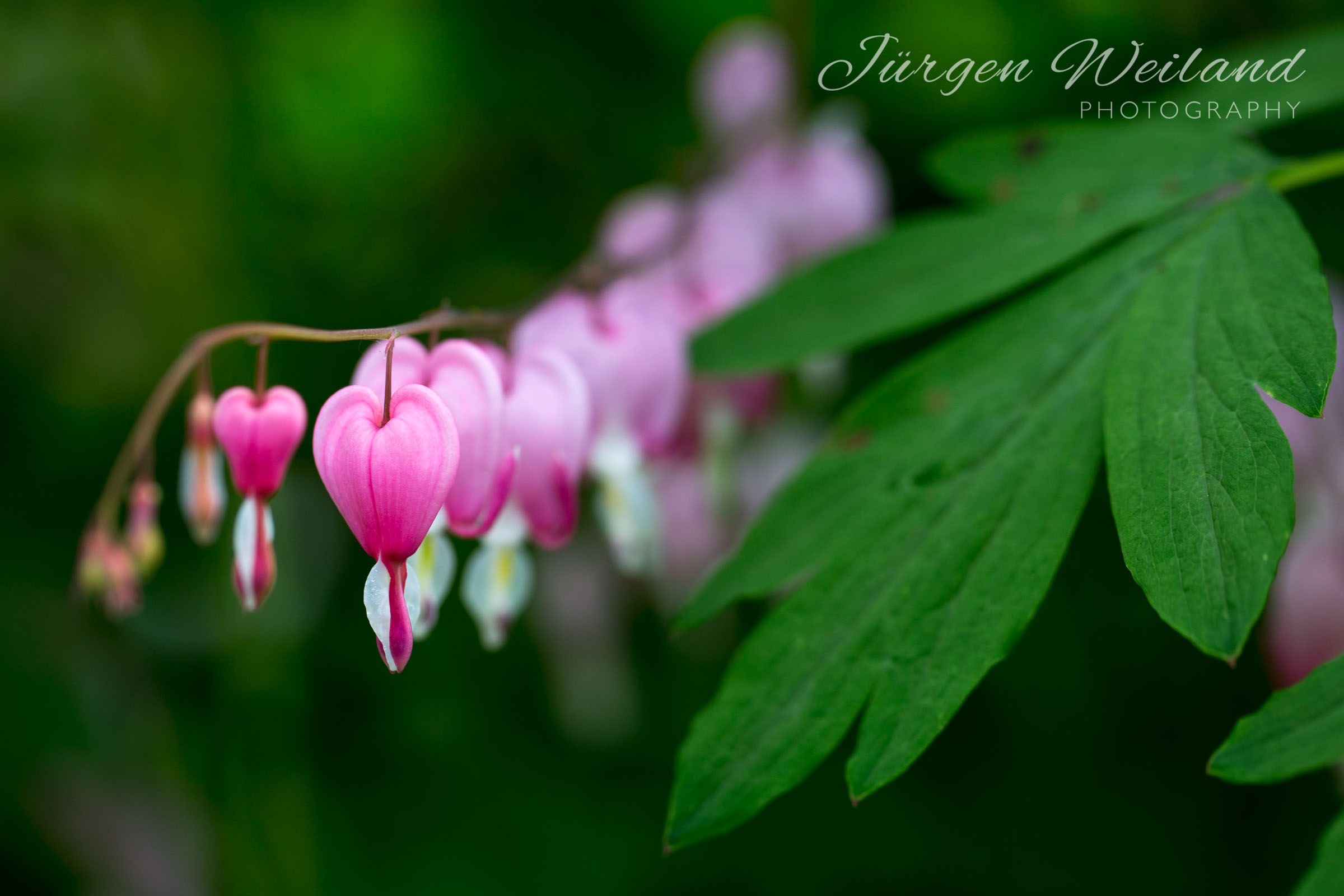
Image above: Lamprocapnos spectabilis Tränendes Herz Bleeding Heart. Belongs to the Papaveraceae family.
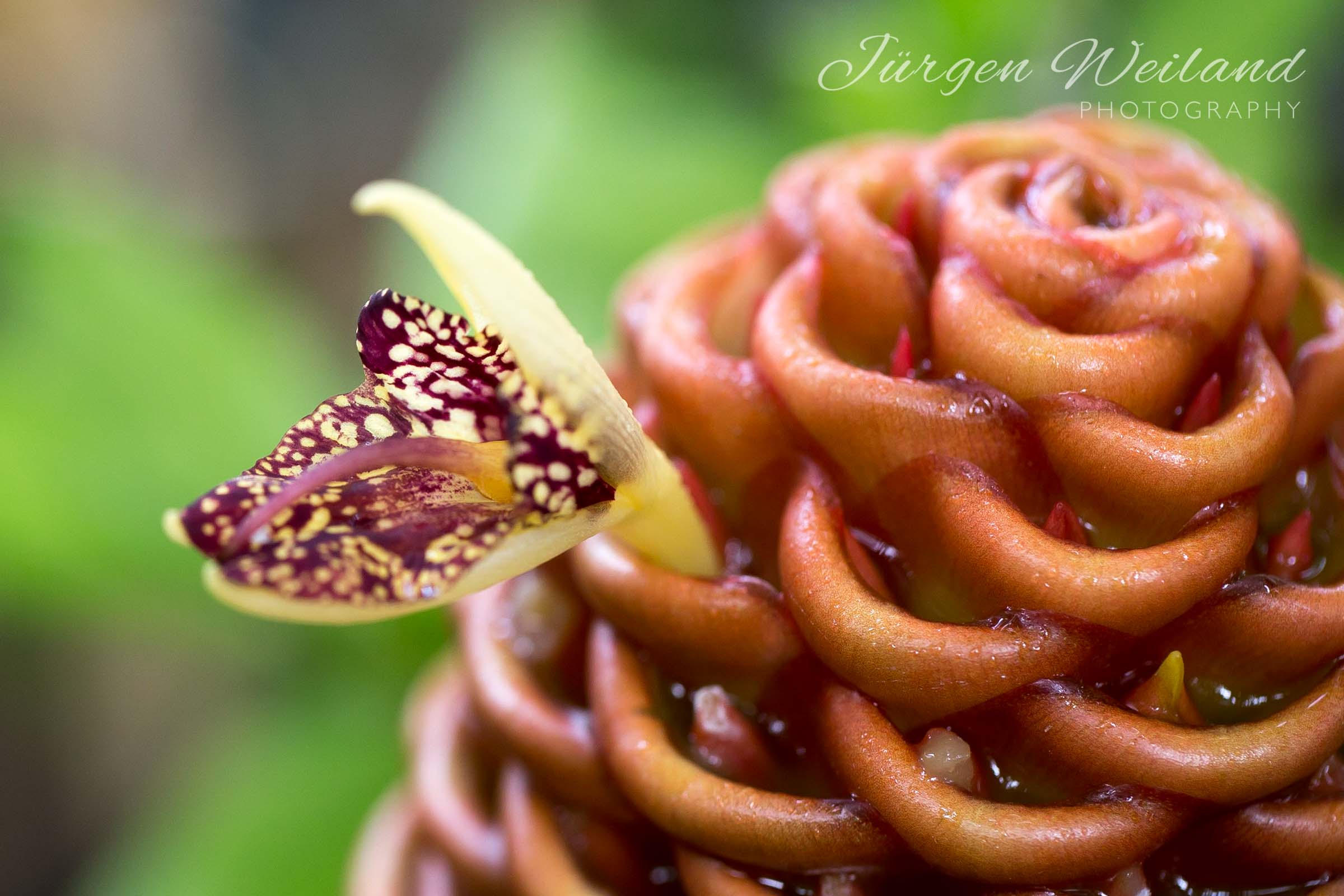
Image above: Zingiber macradenium (Ginger)
The variety of flowering plants in these gardens is really fascinating.

Image above: Herrania mariae, Malvaceae family. It is native to South America - Colombia, Ecuador, Peru and Brazil. The fruits are locally used as food.
 Image above: Hyoscyamus niger, Solanaceae family
Image above: Hyoscyamus niger, Solanaceae family 
Image above: Lamprocapnos spectabilis Tränendes Herz Bleeding Heart. Belongs to the Papaveraceae family.

Image above: Zingiber macradenium (Ginger)
Rosemary and Snowdrops
13. 02. 17 12:11 filed in:Amaryllidaceae |Lamiaceae
2 seasons in one weekend...
Saturday morning: fresh snow on the Rosmary (Rosmarinus officinalis)
Sunday morning: the snow has disappeared and the 1st Snowdrops (Galanthus nivalis) unfold in bright sunshine...
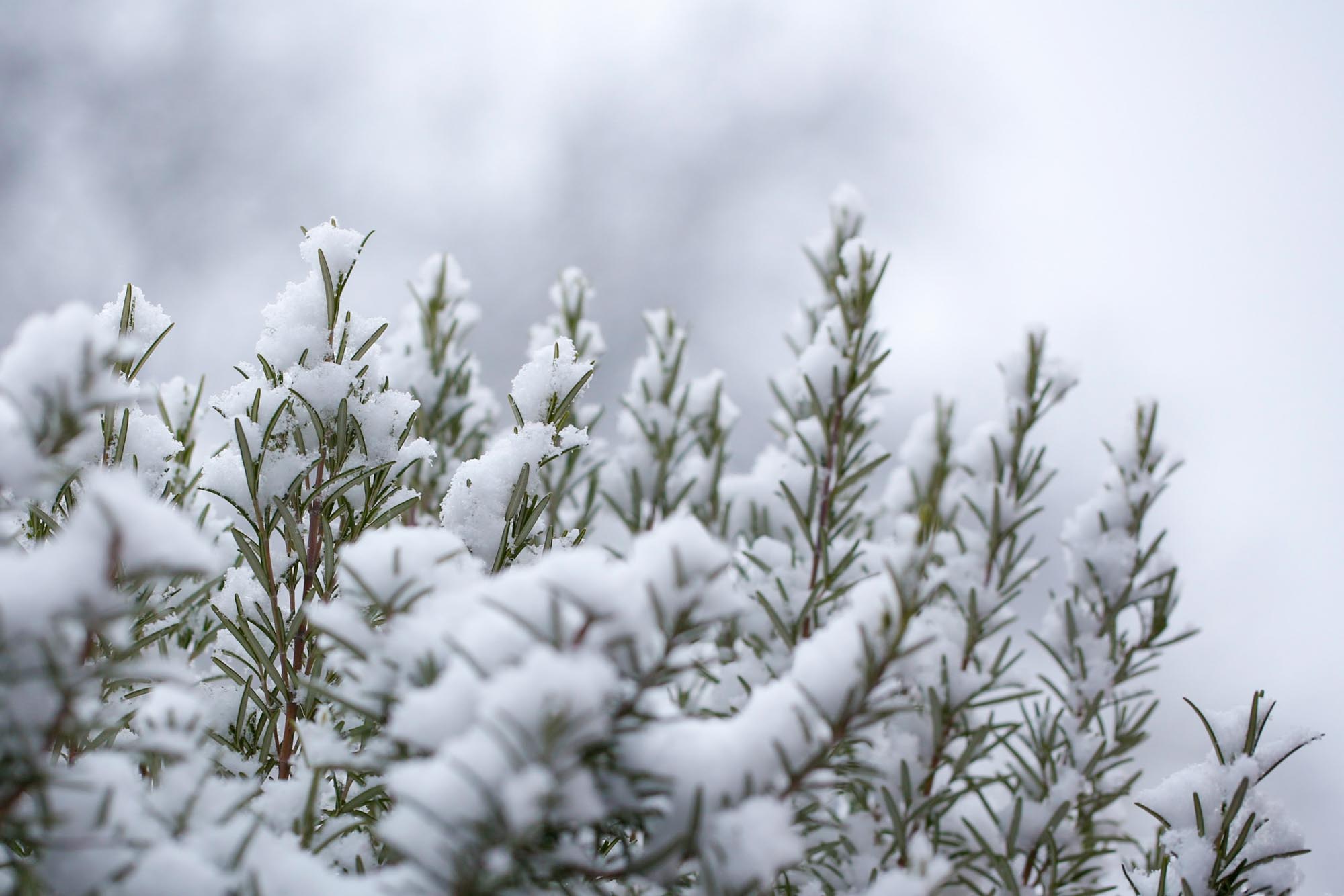
Image above: Rosmarinarus officinalis covered in fresh snow.
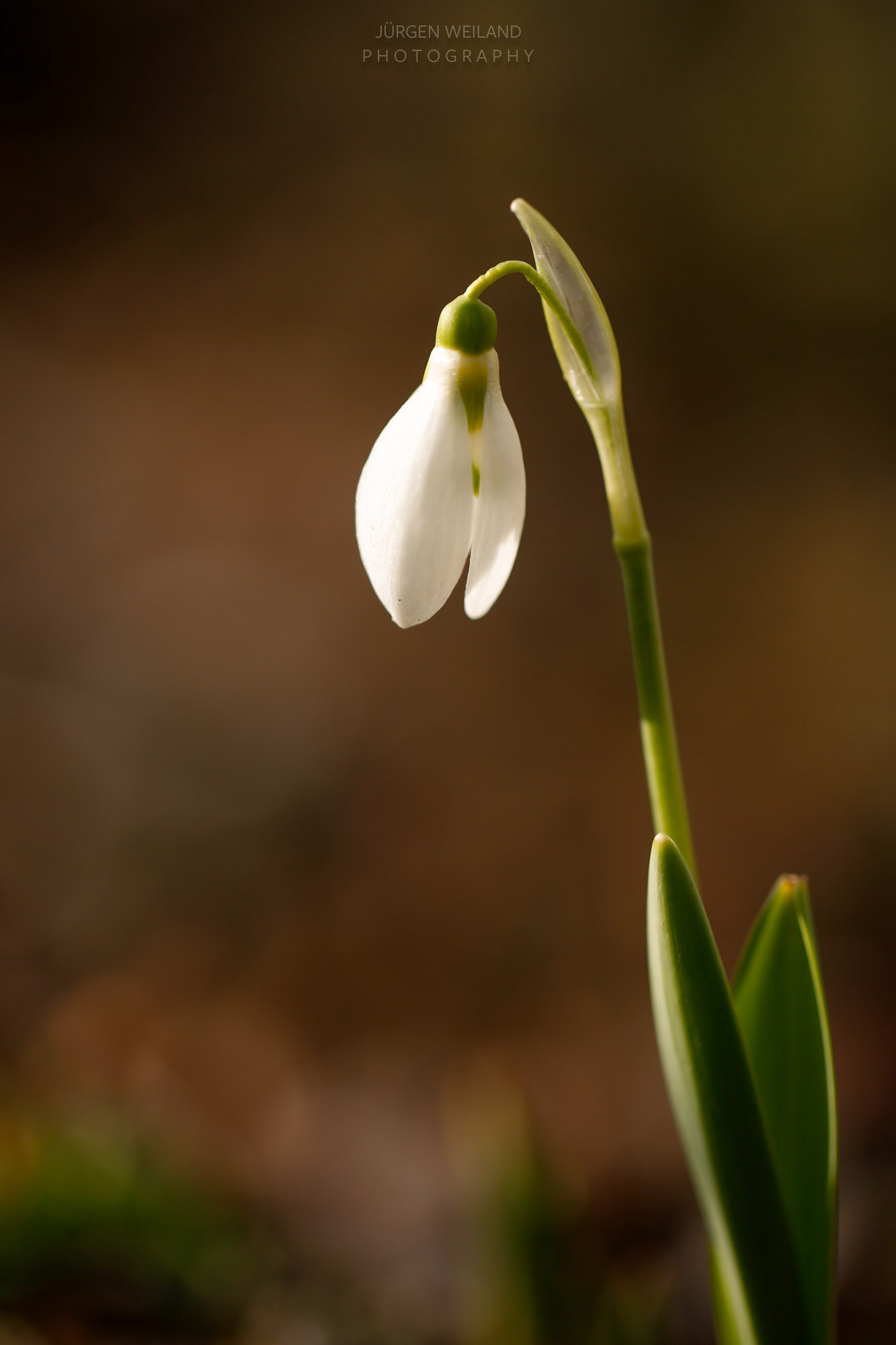
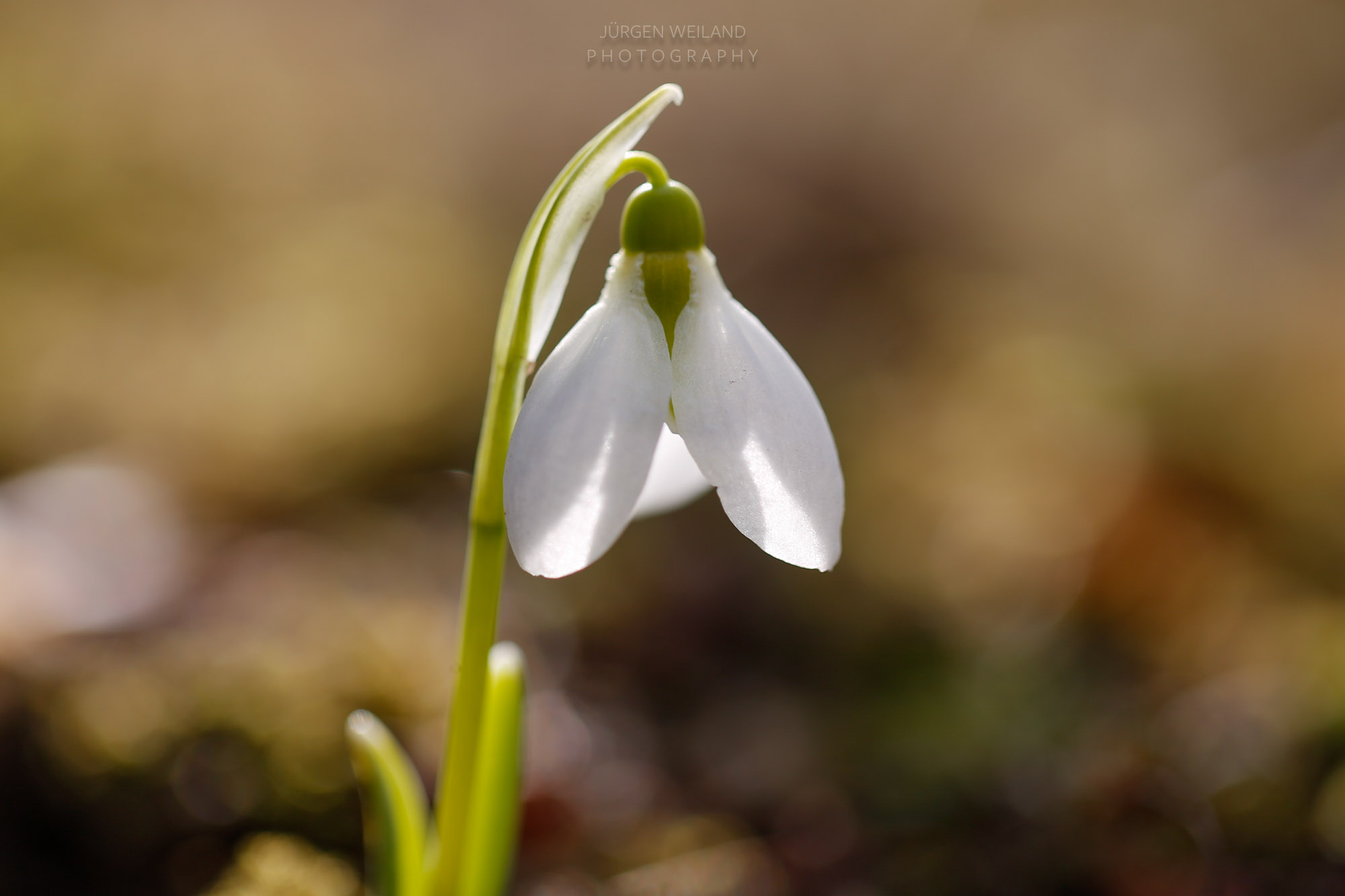
Images above: Galanthus nivalis, Common Snwodrop, family Amaryllidaceae
Saturday morning: fresh snow on the Rosmary (Rosmarinus officinalis)
Sunday morning: the snow has disappeared and the 1st Snowdrops (Galanthus nivalis) unfold in bright sunshine...

Image above: Rosmarinarus officinalis covered in fresh snow.


Images above: Galanthus nivalis, Common Snwodrop, family Amaryllidaceae
Autumn and Winter impressions
“Nature gives to every time and season some beauties of its own; and from morning to night, as from the cradle to the grave, it is but a succession of changes so gentle and easy that we can scarcely mark their progress.”
―Charles Dickens
Isn’t it true that every season has it’s own beauty? Especially in plants with their huge variety of shapes and forms, seasonal impacts let them appear in so many different ways. It can either be a colourful fireworks like in the autumn leaves of Hamamelis below, or the red fruits of Solanum dulcamara on a frosty morning in December. Other plants like those of the Garden Angelica (Angelica archangelica) and the Eryngium bourgatii (both belongs to Apiaceae family) loose their color in autmn, but in this stage the beauty of their shapes seems to get underlined by nature.
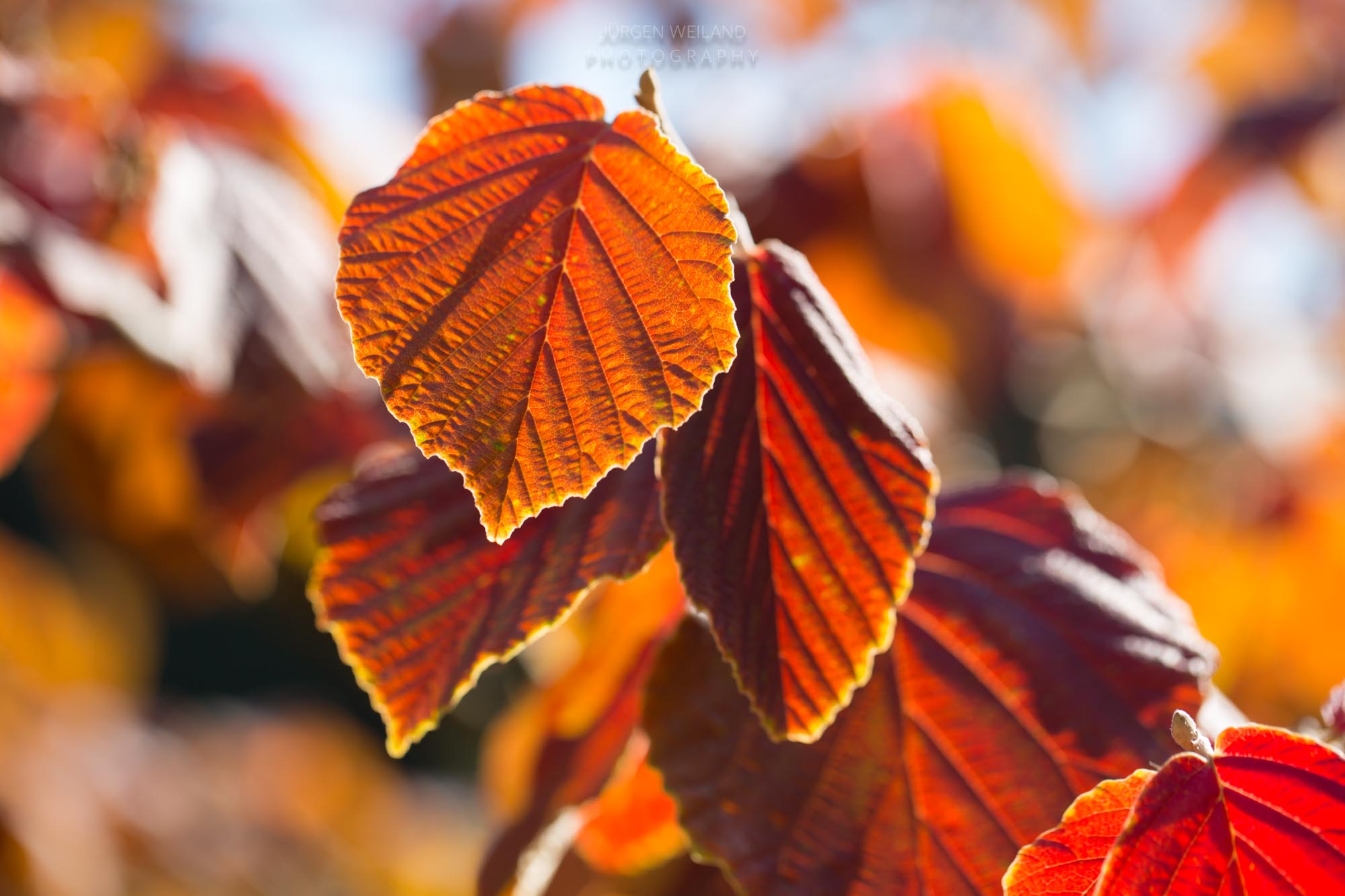 Image above: Hamamelis x intermedia (family Hamamelidaceae)
Image above: Hamamelis x intermedia (family Hamamelidaceae) 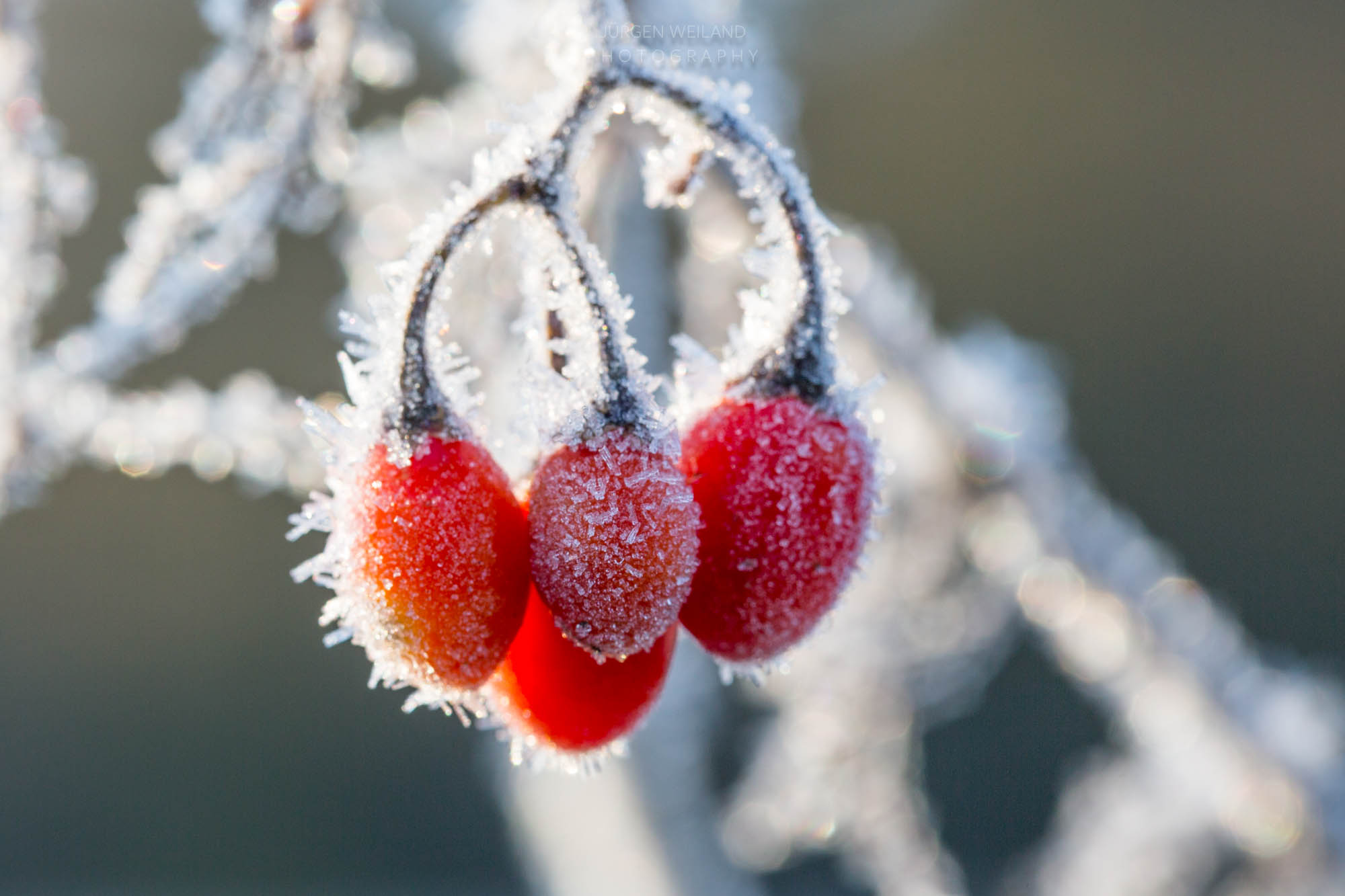 Image above: Solanum dulcamara, Woody Nightshade, Dog-wood, Bittersüß (Solanaceae family)
Image above: Solanum dulcamara, Woody Nightshade, Dog-wood, Bittersüß (Solanaceae family)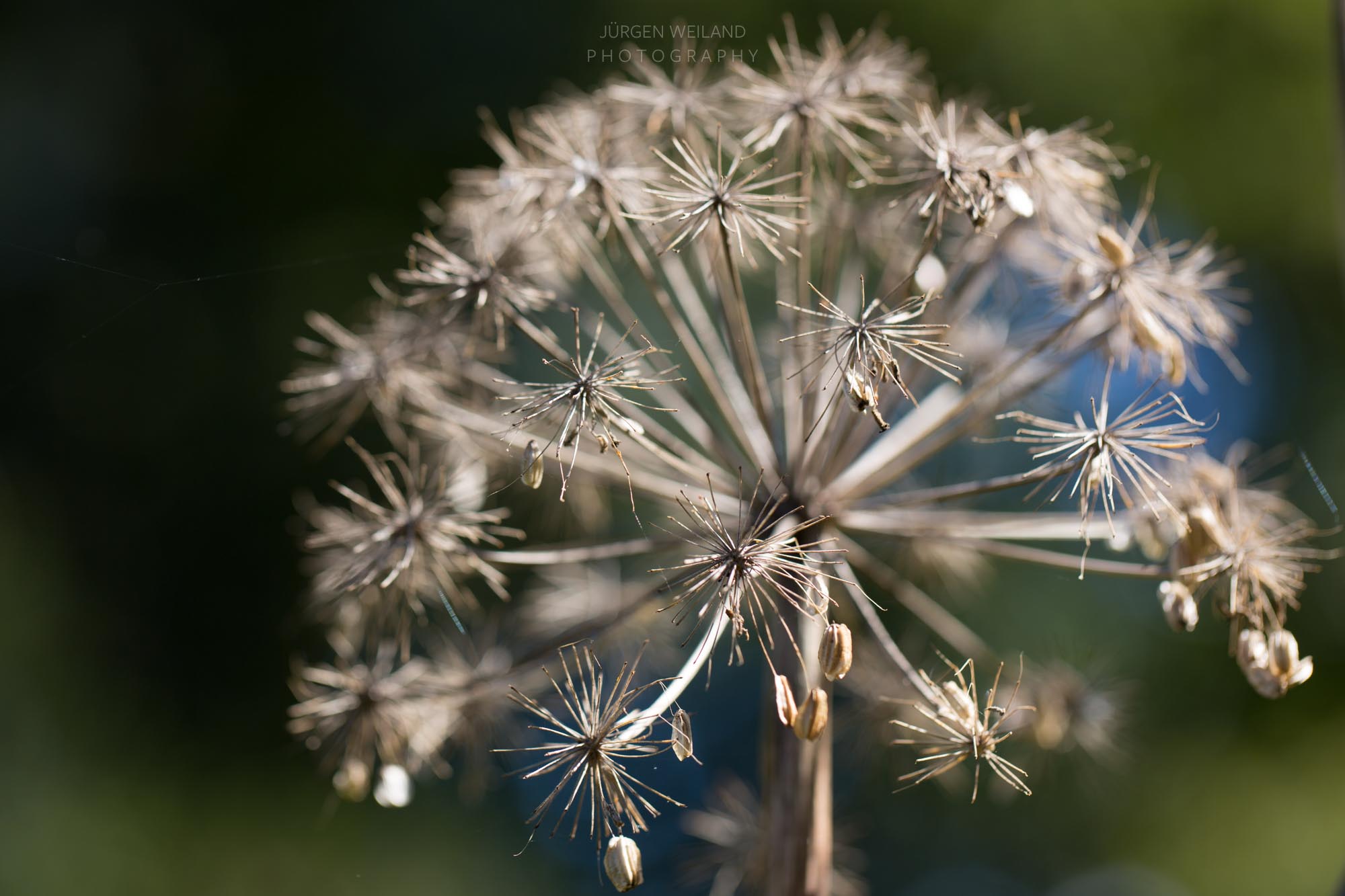 Image above: Angelica archangelica. Synonyms: Selinum archangelica, Angelica sativa, Angelica major, Angelica officinalis (Apiaceae family)
Image above: Angelica archangelica. Synonyms: Selinum archangelica, Angelica sativa, Angelica major, Angelica officinalis (Apiaceae family) 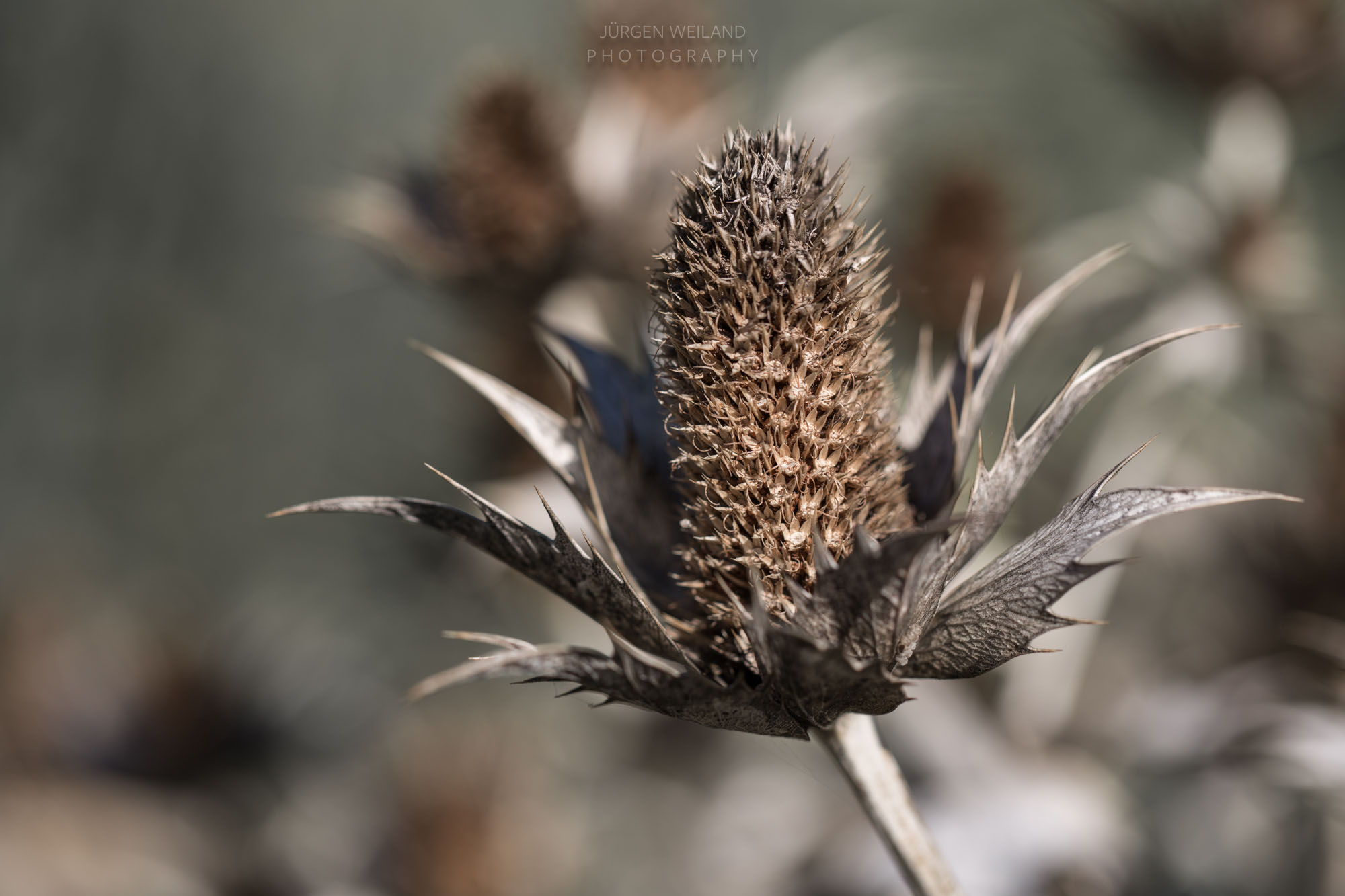
Image above: Eryngium bourgatii (Apiaceae)
Orchid variety - Saarland area
02. 06. 16 15:23 filed in:Orchidaceae
Last weekend I had a chance to capture different orchids inside the nature reserve „Wolferskopf“.
Uta, a friend and homeopathic colleague, grew up in the area. She was guiding me through the meadows which were full of orchids at this time of the year.
Almost half of all types of orchids that occur in Germany can be found on the vast limestone semi-dry grasslands.
We were even lucky with the weather, as there was a lot of thunder and rain in the air.
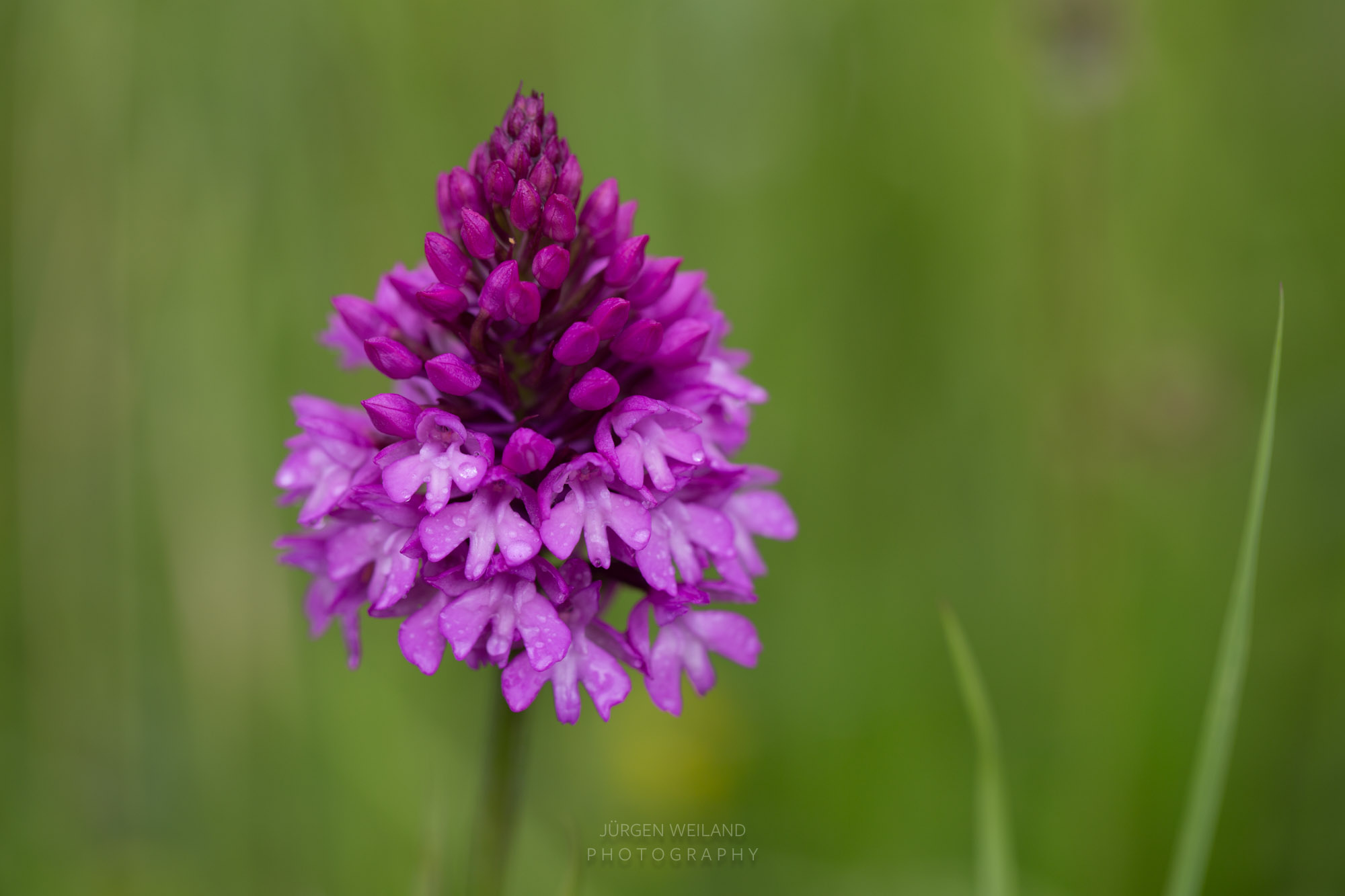
Image above: Anacamptis pyramidalis - Pyramidal Orchid - Pyramiden Hundswurz
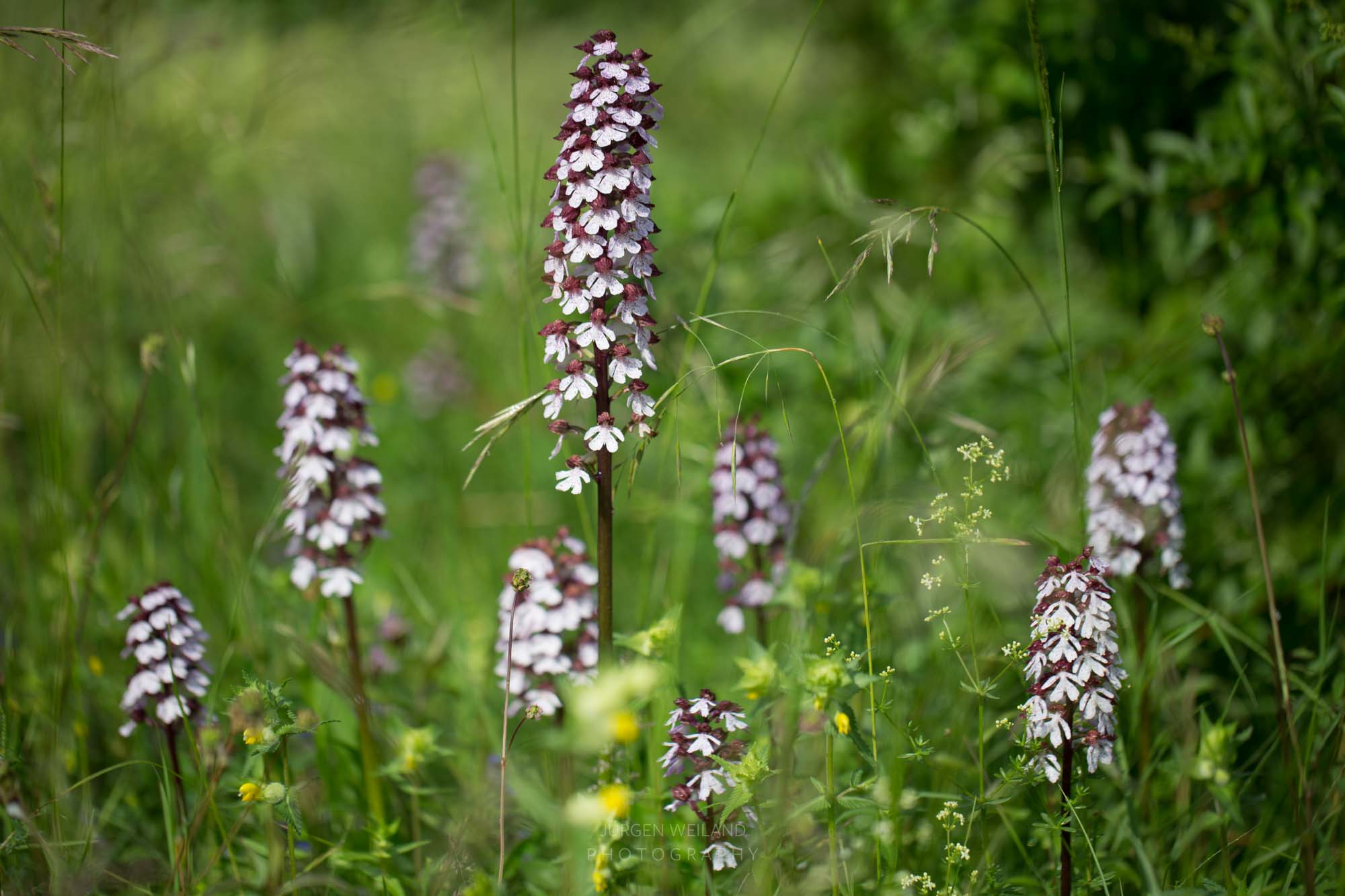
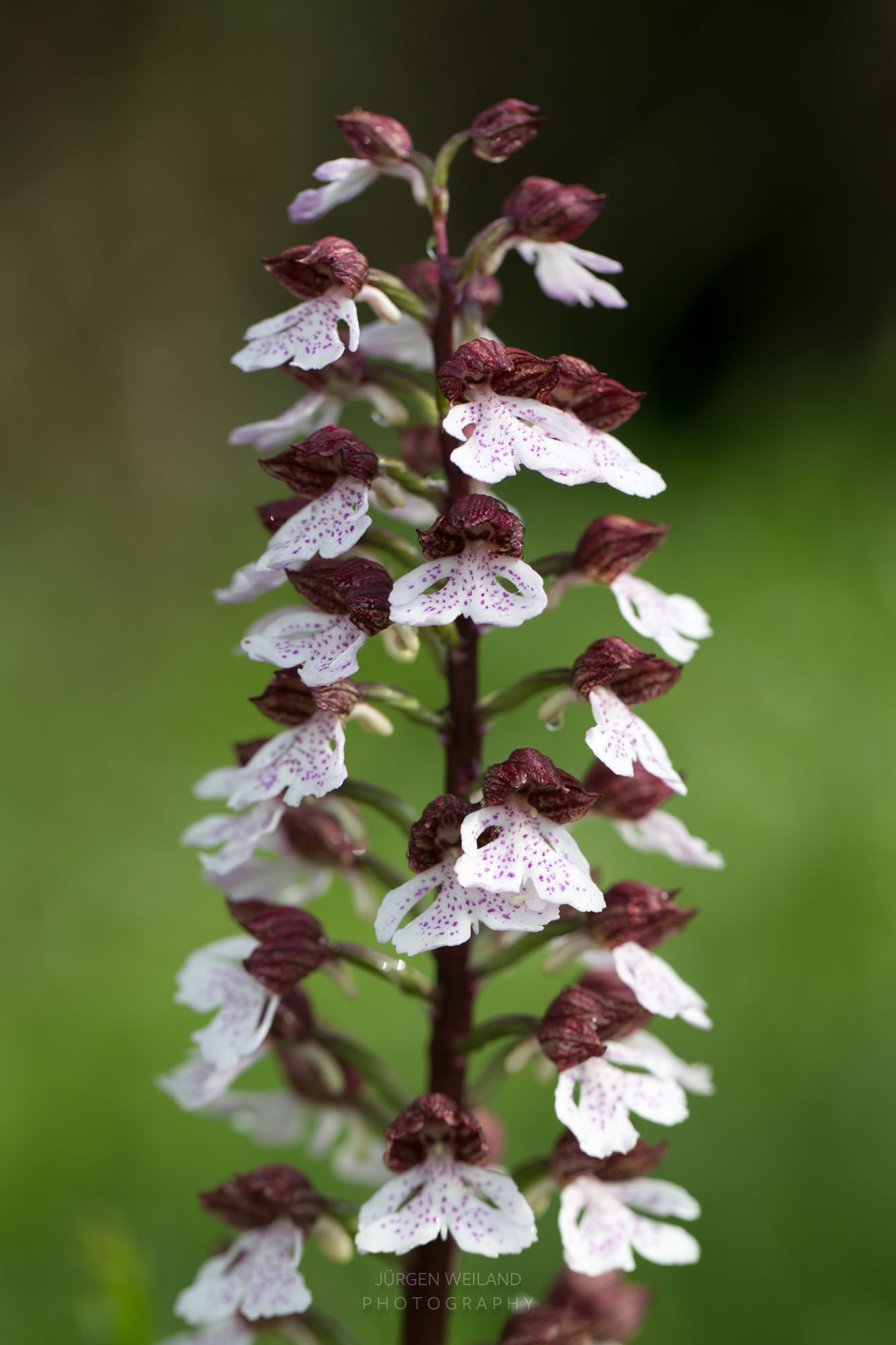
Images above: Orchis purpurea - Lady orchid - Purpur-Knabenkraut
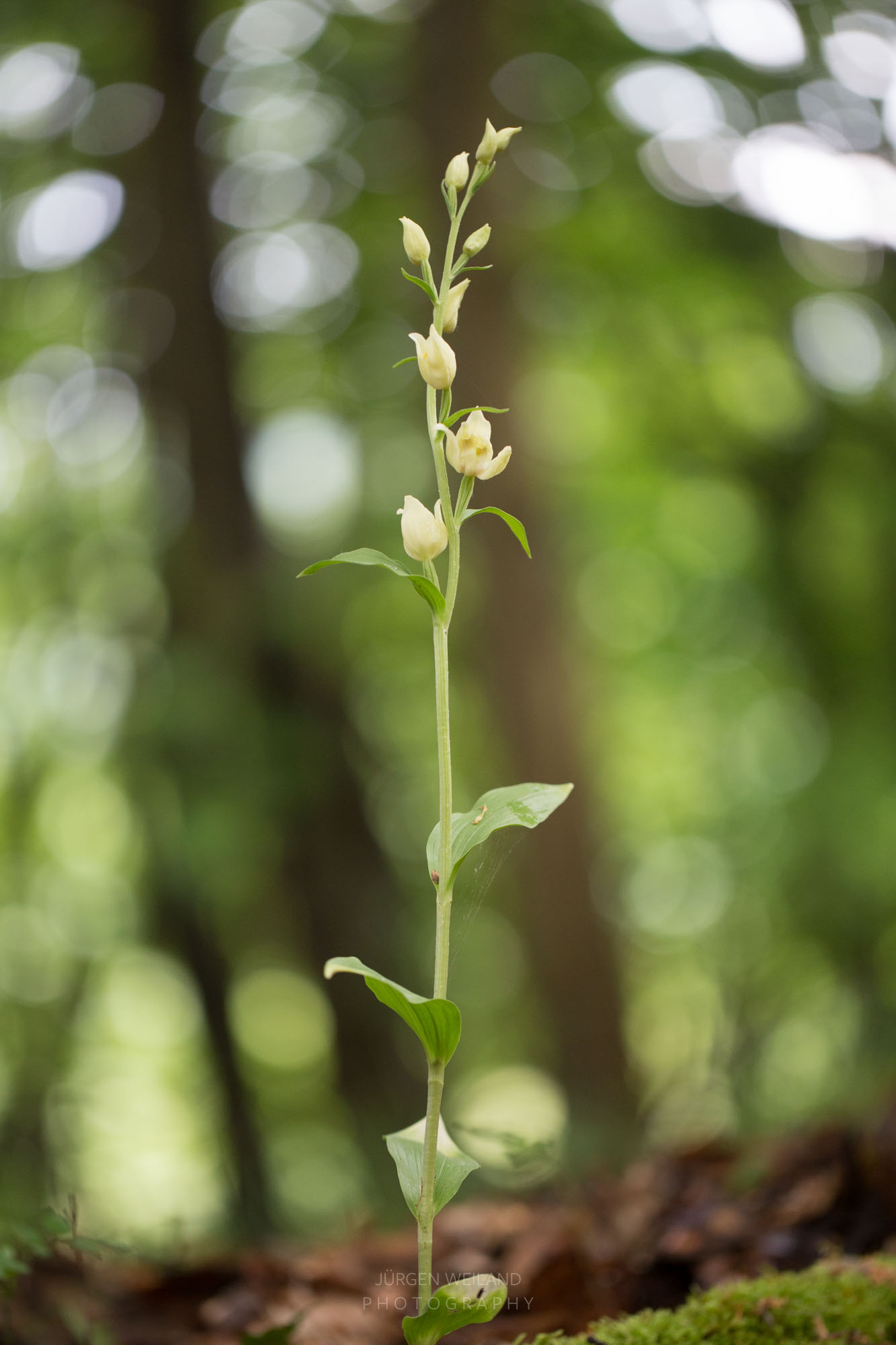
Image above: Cephalanthera damasonium - White Helleborine - Weißes Waldvöglein
More orchids from different areas you can find in my orchid collection:
Orchidaceae
Uta, a friend and homeopathic colleague, grew up in the area. She was guiding me through the meadows which were full of orchids at this time of the year.
Almost half of all types of orchids that occur in Germany can be found on the vast limestone semi-dry grasslands.
We were even lucky with the weather, as there was a lot of thunder and rain in the air.

Image above: Anacamptis pyramidalis - Pyramidal Orchid - Pyramiden Hundswurz


Images above: Orchis purpurea - Lady orchid - Purpur-Knabenkraut

Image above: Cephalanthera damasonium - White Helleborine - Weißes Waldvöglein
More orchids from different areas you can find in my orchid collection:
Orchidaceae
Spring is in the air - Crocus vernus - Iridaceae
18. 02. 16 08:52 filed in:Iridaceae
Crocus vernus (Spring Crocus, Giant Crocus) is a species in the Iris family (Iridaceae), native to the Alps, the Pyrenees, and the Balkans.
The flower looks very similar to the saffron crocus, which is homoeopathically in use. Crocus sativus, commonly known as saffron crocus, or autumn crocus is best known for the spice saffron, which is produced from parts of the flowers.
According to the Cronquist system, Crocus belongs to the Iris family (Iridaceae).
More related members you can find here:
http://www.pflanzenportraits.com/gallery/iridaceae/
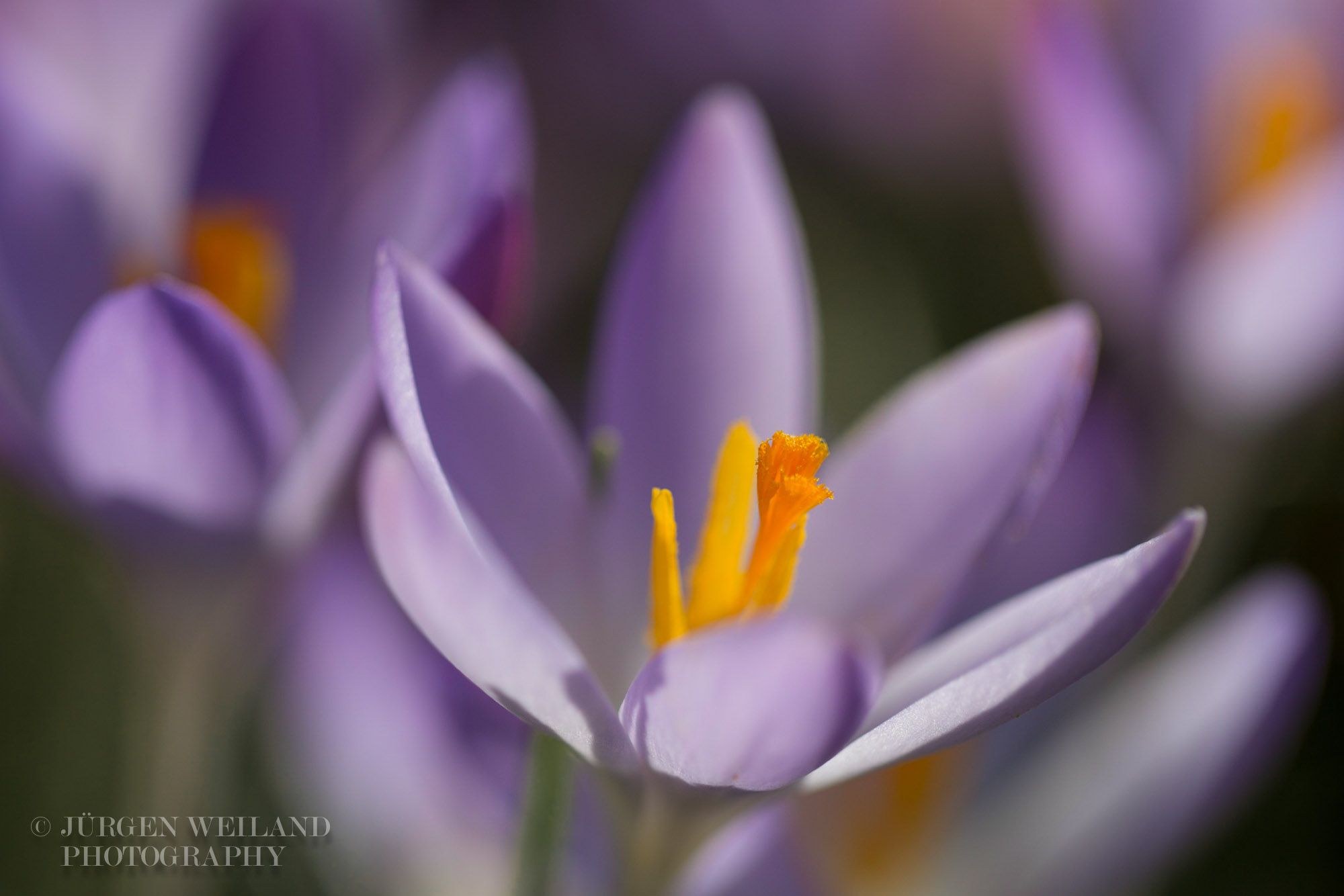
Image 1: Crocus vernus, taken on 7th February 2016.
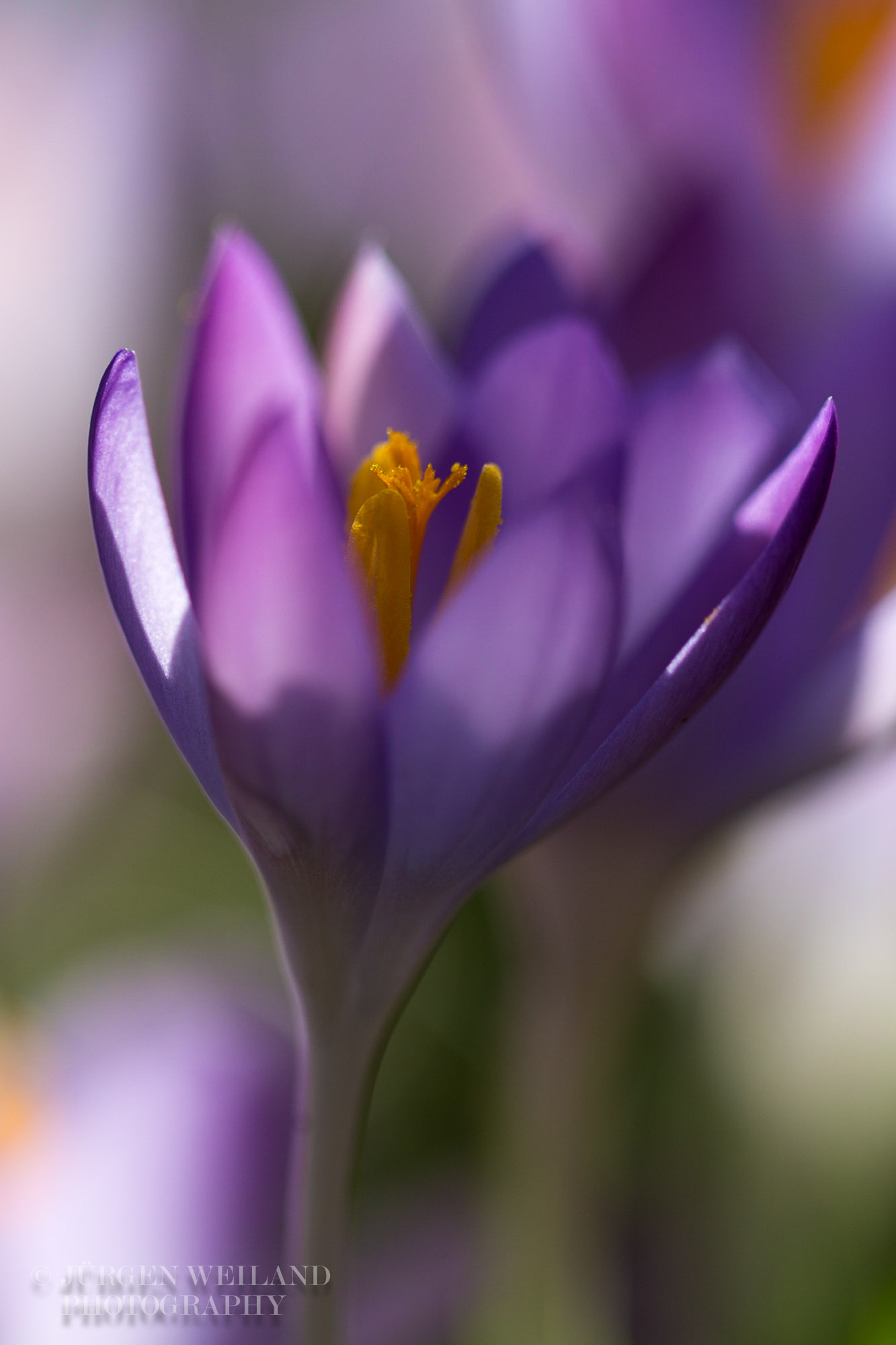
Image 2: Crocus vernus, taken on 7th February 2016.
The flower looks very similar to the saffron crocus, which is homoeopathically in use. Crocus sativus, commonly known as saffron crocus, or autumn crocus is best known for the spice saffron, which is produced from parts of the flowers.
According to the Cronquist system, Crocus belongs to the Iris family (Iridaceae).
More related members you can find here:
http://www.pflanzenportraits.com/gallery/iridaceae/

Image 1: Crocus vernus, taken on 7th February 2016.

Image 2: Crocus vernus, taken on 7th February 2016.
Winter blossoms - Witch-hazel - Hamamelis
15. 01. 16 12:27 filed in:Hamamelidaceae |Hamamelidae
Witch hazel is a genus of flowering plants in the family Hamamelidaceae, with three species in North America and one each in Japan and China. The one we are using in homeopathy is the North American „Hamamelis virginiana“. She flowers in autumn, while the Chinese and Japanese species are flowering during winter time, before their leaves are out.
The images below I took on the 28th of December in Bonn’s botanical garden.
Hamamelis is well known for it’s strong anti-oxidant and astringent impact. It is mainly used for cracked or blistered skin and as a treatment for varicose veins. This plant was widely used for medicinal purposes by American Indians.
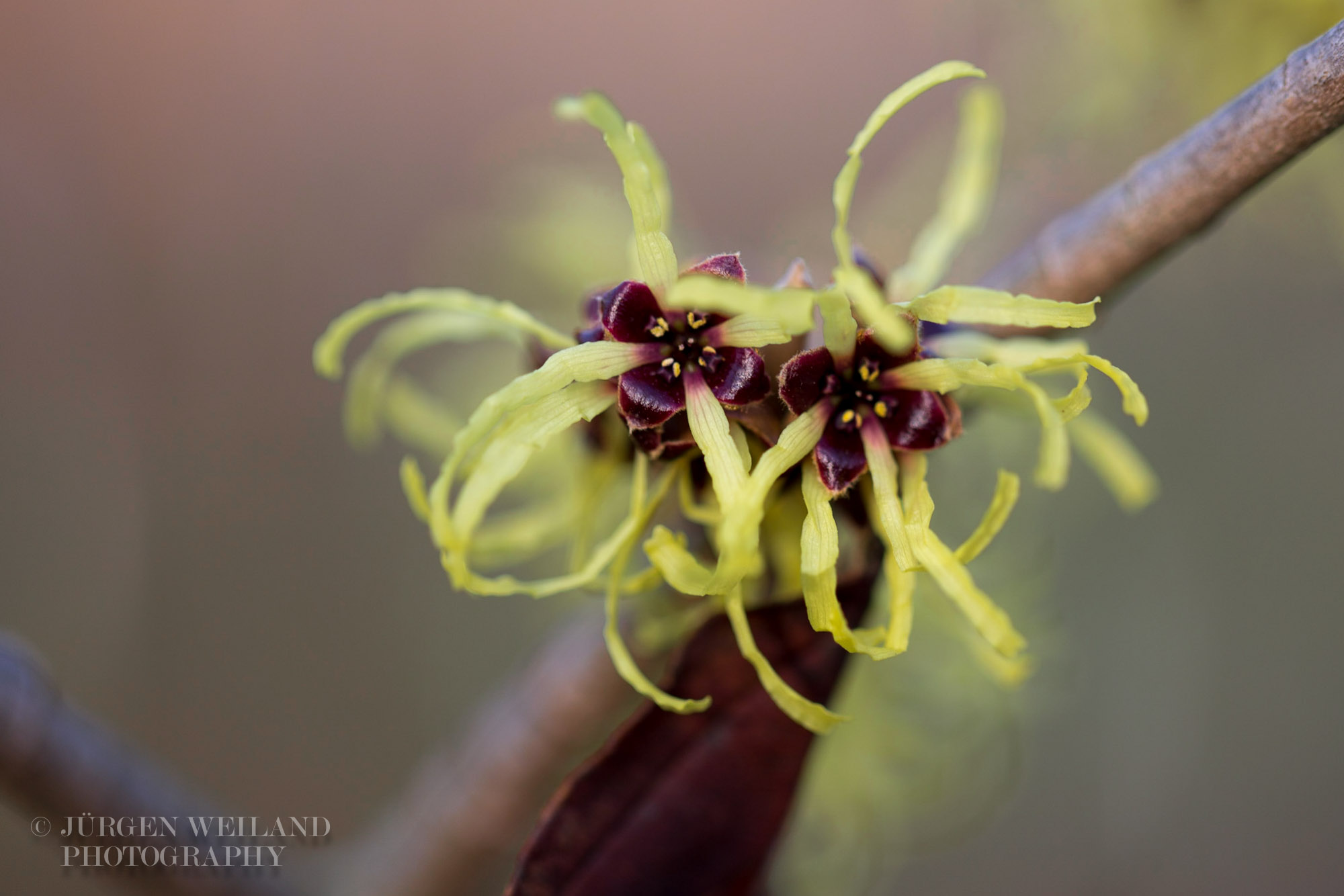
Image 1: Hamamelis mollis (China)
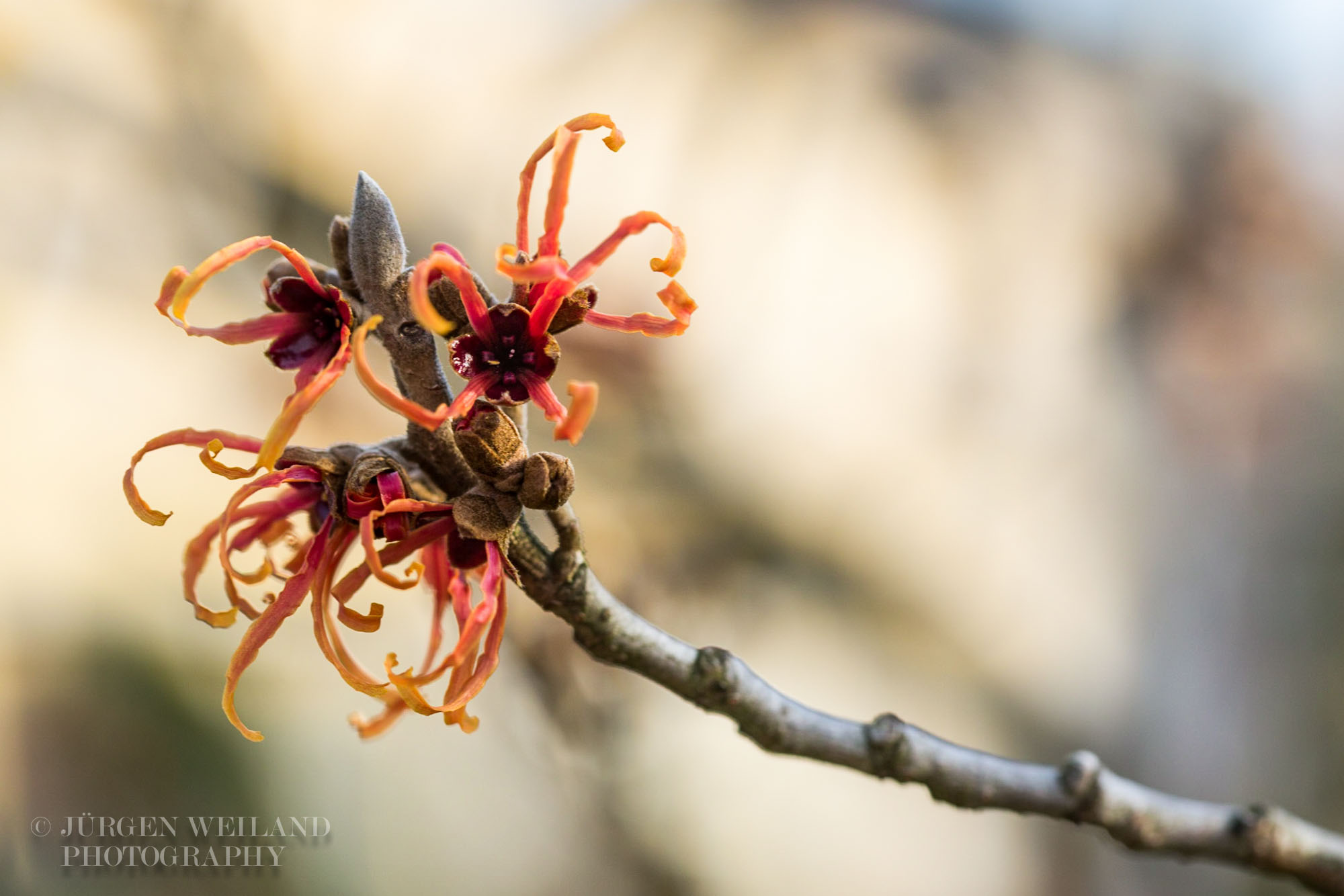
Image 2: Hamamelis x intermedia (a hybrid)
The images below I took on the 28th of December in Bonn’s botanical garden.
Hamamelis is well known for it’s strong anti-oxidant and astringent impact. It is mainly used for cracked or blistered skin and as a treatment for varicose veins. This plant was widely used for medicinal purposes by American Indians.

Image 1: Hamamelis mollis (China)

Image 2: Hamamelis x intermedia (a hybrid)
Last blossoming plants - Goldenrod, Berberis, Dahlia, Aster...
31. 10. 15 16:59
Colorful farewell
Autumn has arrived in Bonn and along with it an amazing coloring of the leaves. I could find some last flowering plants in my favorite Botanical Gardens. Two of the plants are well known for their healing qualities on the urinary system: Berbers vulgaris (image 1) and Solidago nemoralis (image 2).
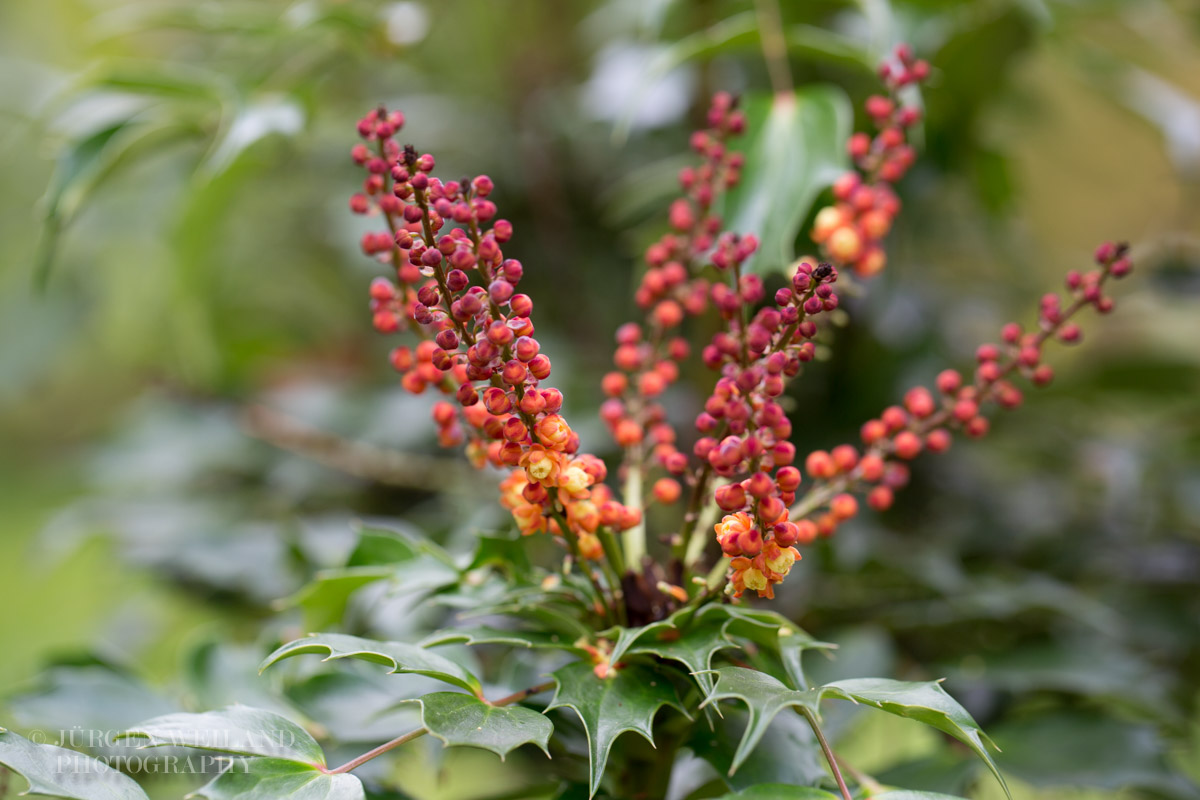
Berberis nitens, Synonym Berberis vulgaris, European barberry, Berberidaceae)
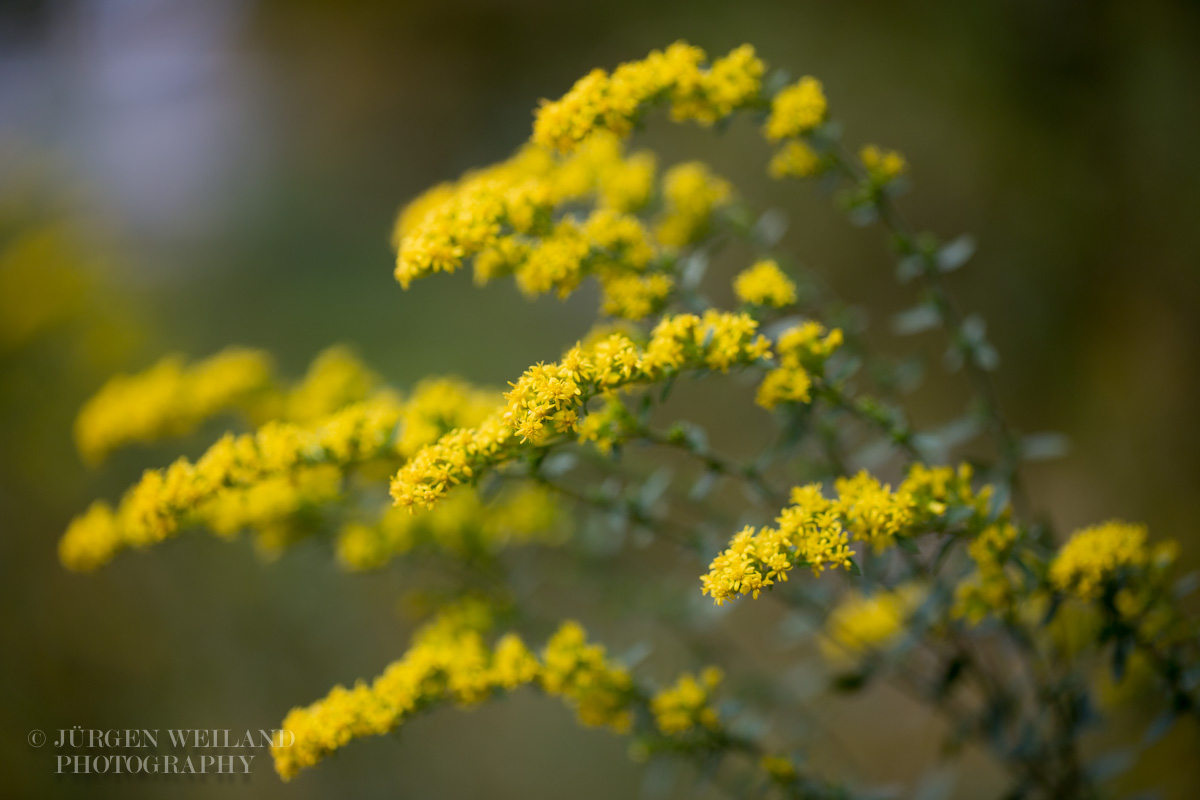
Solidago nemoralis, Gray or Old-field Goldenrod, Asteraceae
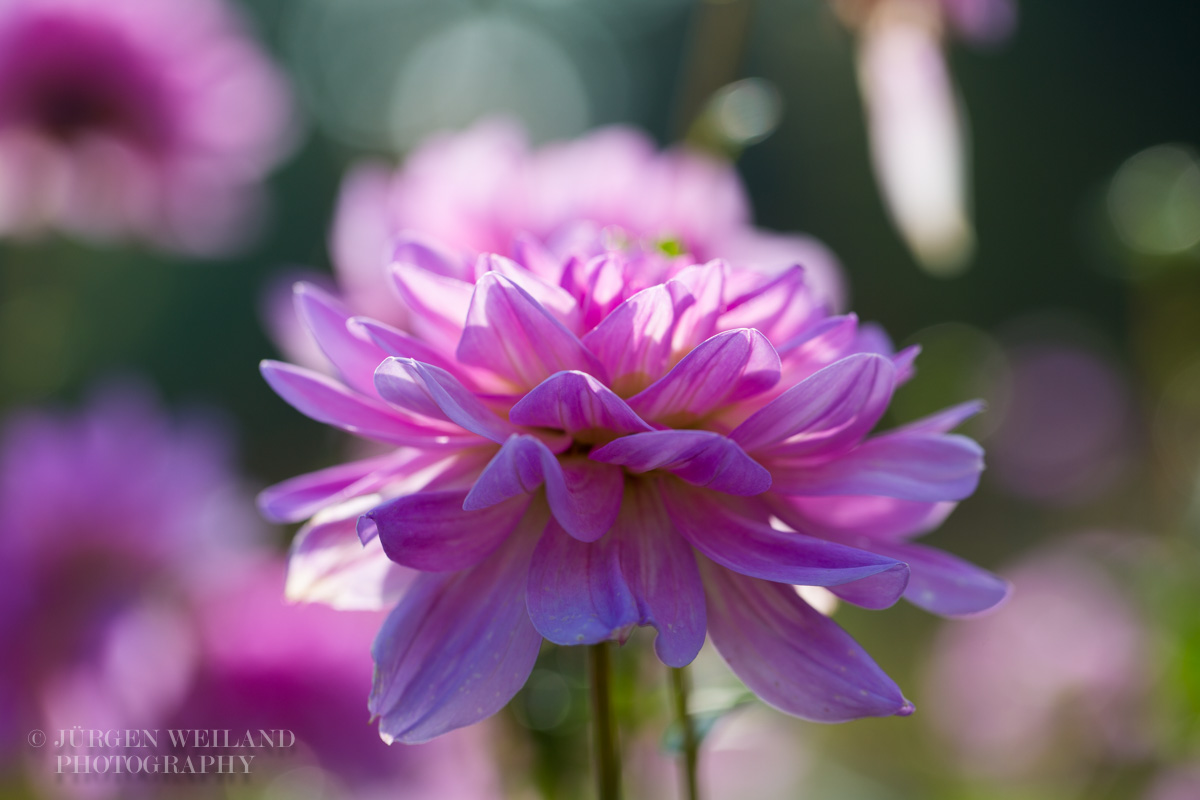
Dahlia Hybride cv. Bonner Universität, Asteraceae
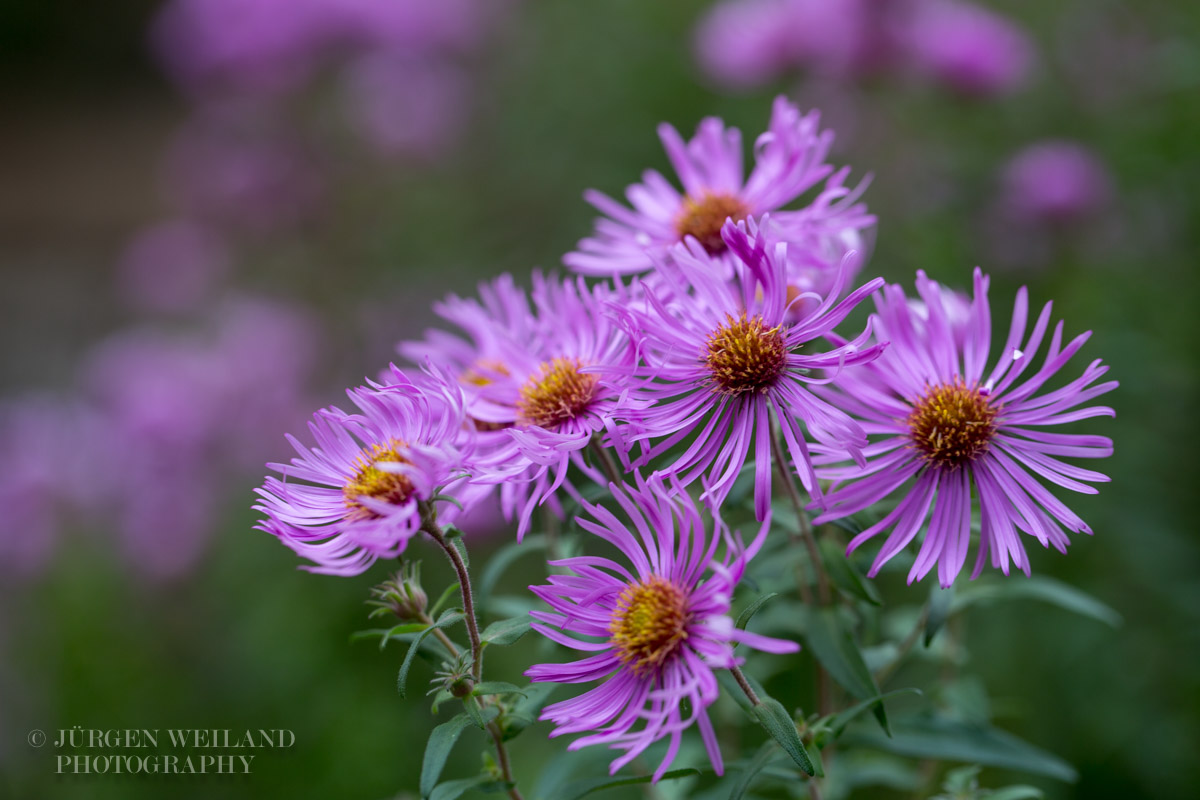
Aster novae-angliae, Symphyotrichum novae-angliae, New England aster or Michaelmas daisy. German: Rauhblattaster, Asteraceae,
Colcichum autumnale - Meadow Saffron or Naked Lady
26. 09. 15 20:56 filed in:Liliaceae | Colchicaceae
Colchicum autumnale, commonly known as autumn crocus, meadow saffron or naked lady, is a flower that resembles the true crocuses, but blooms in autumn.
In the Cronquist system, Colchicum belongs to the Lily family (Liliaceae).
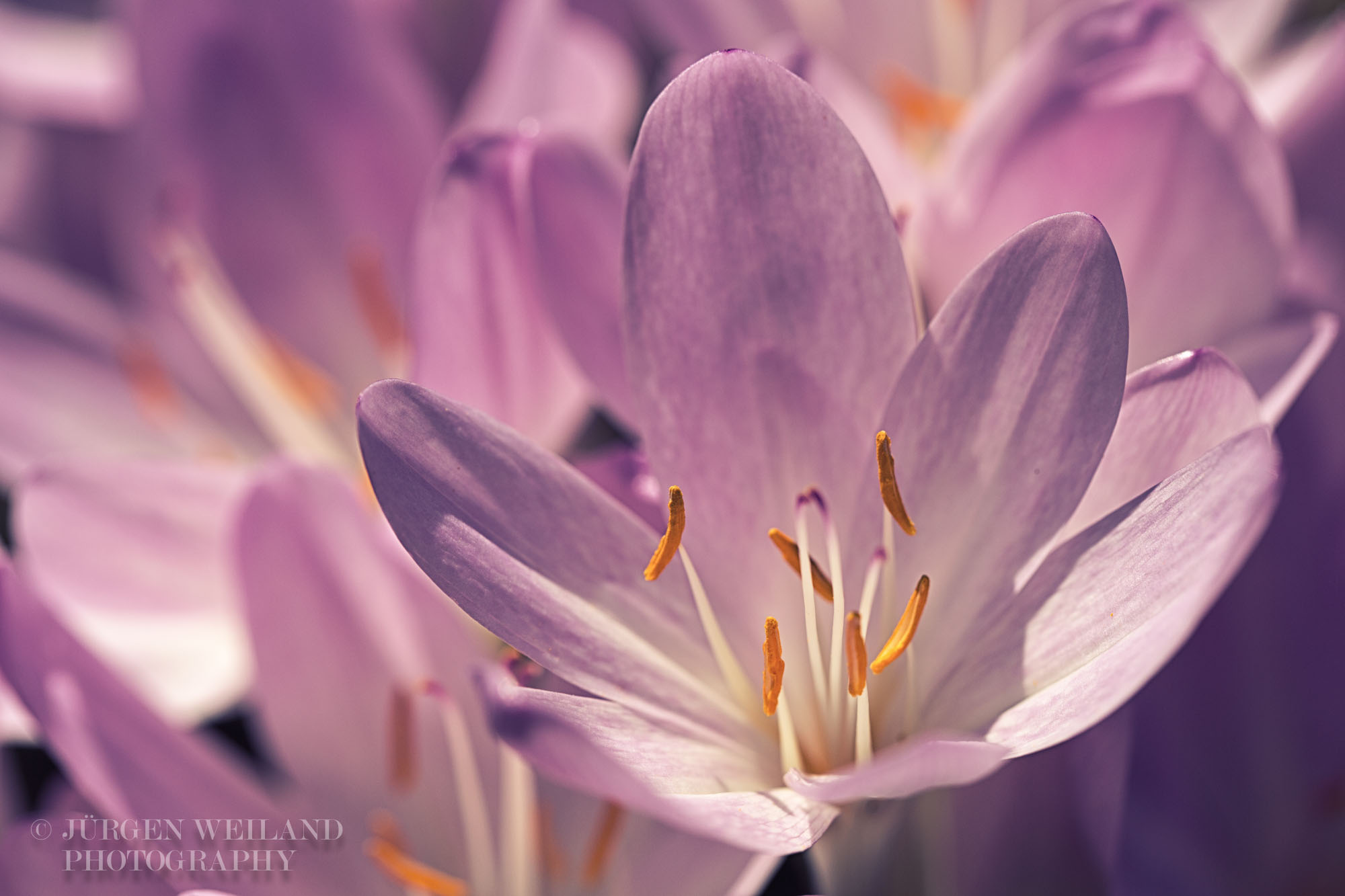
The name "naked lady" comes from the fact that the flowers emerge from the ground long after the leaves have died back.
Being naked and unprotected runs like a red thread through the homeopathic remedy picture:
- Sensitive persons, more or less unprotected from external impressions, both mental and physical: physical, especially odors, mental: ailments from RUDENESS of OTHERS, wildness from misdeed of others.
- Oversensitive to all external impressions [mostly on account of PAIN; "gouty persons with extreme irritability of temper"].
- Wildness from bright light, odors, touch. ( (Vermeulen).
Reference:
Vermeulen F., Synoptic 1, accessed from Reference Works by Synergy Homeopathic http://kenthomeopathic.com.
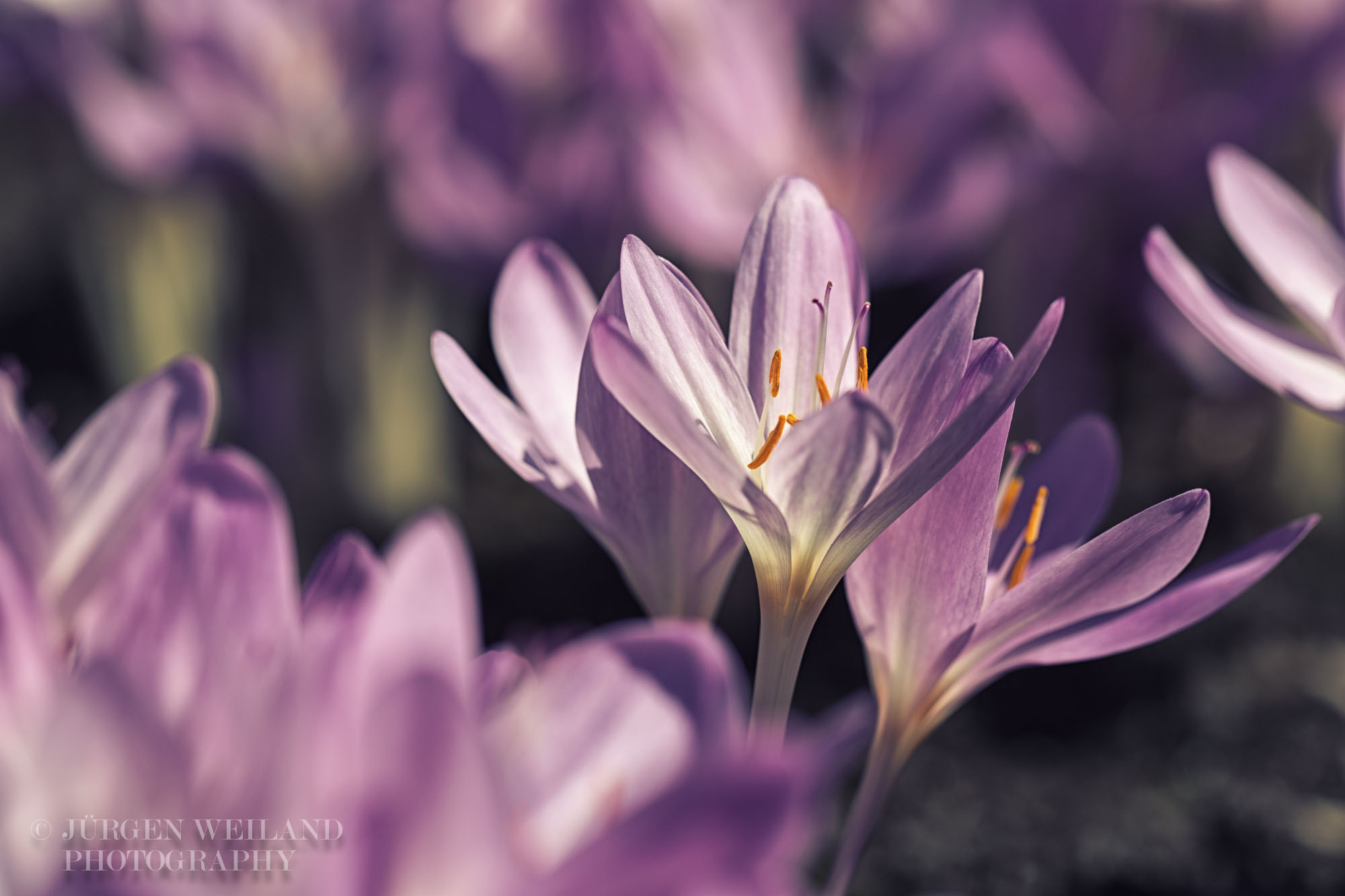
In the Cronquist system, Colchicum belongs to the Lily family (Liliaceae).

The name "naked lady" comes from the fact that the flowers emerge from the ground long after the leaves have died back.
Being naked and unprotected runs like a red thread through the homeopathic remedy picture:
- Sensitive persons, more or less unprotected from external impressions, both mental and physical: physical, especially odors, mental: ailments from RUDENESS of OTHERS, wildness from misdeed of others.
- Oversensitive to all external impressions [mostly on account of PAIN; "gouty persons with extreme irritability of temper"].
- Wildness from bright light, odors, touch. ( (Vermeulen).
Reference:
Vermeulen F., Synoptic 1, accessed from Reference Works by Synergy Homeopathic http://kenthomeopathic.com.

Encounters with the Plant Devas - Lathyrus odoratus
29. 08. 15 19:56 filed in:Fabaceae
Last weekend I took some photos of Laythyrus odoratus. She was flowering so beautifully in our home garden and I was aiming to capture one particular blossom in the „right“ light. For that I mostly take photos from different positions, which changes the light and the background. I was also taking images at different times, as the sweet pea looks so different depending on the time of day. When I was later checking the results on my computer, I was deeply touched by the outcome of the images. Especially one image which was reflecting something in the background resembling a special aura. This is something I have not seen before. Did I encounter a Plant Deva??
According to the definition of Thea Summer Deer, Plant Devas are the unseen, other side of nature and they are responsible for keeping everything alive. Without them we could not survive. Although they may go unseen to the untrained eye, devas joyfully appear in their luminous form to the clairvoyant and may even be heard by the clairaudient.
In her publication „Wisdom of the Plant Devas: Herbal Medicine for a New Earth“, Thea gives more explanation about the Plant Devas:
"The word deva is a Sanskrit word meaning „body of light“ or „shining one“. Devas hold all the cellular blueprints and genetic codes for plants in their memories. A plant’s deva can bring even a plant species that has become „extinct“ back into this dimension when a great need for its specific medicine is determined. Every herb, fruit, flower, and vegetable has its own deva, its own identity, and its own character. Devas have been embraced, it seems, by every culture and given many names. The jews called the energy Ruach Elohim; the Egyptians, Gengen Wer; the Persians, Devs; and the Dinka tribe in Africa, Abuk.
Everything we know about medicines we learned in one way or another from plants. No surgery, diagnosis, or remedy would be accomplished without the evolution of knowledge acquired through our relationship with plants. Surgery requires drugs, wich are derived from plants. Diagnosis takes observation, which was practiced by our ancestors in their observation of the natural world.
We are utterly dependent on plants for all of our basic needs - from shelter, fuel, and clothing to medicine and food."
This is particularly true of the pea family, which has a huge economic significance. They produce protein-rich food, fats, wood, paintstuffs, medicines, green manure, ornamental plants, cattle feed, etc. The most common foods used by humans are: lentil (Lens), pea (Pisum), bean (Phaseolus), soy bean (Glycine), peanut (Arachis) and chickpea (Cicer). They are also important suppliers of honey (e.g. clover and acacia) and of liquorice (Glycyrrhiza).
Below you find some images of Lathyrus odoratus, a Sweet Pea which diffuses a beautiful smell (odor).
All images were taken with natural light, no flash has been used.
Feel free to leave you feedback and suggestions below,
Best wishes,
Jürgen
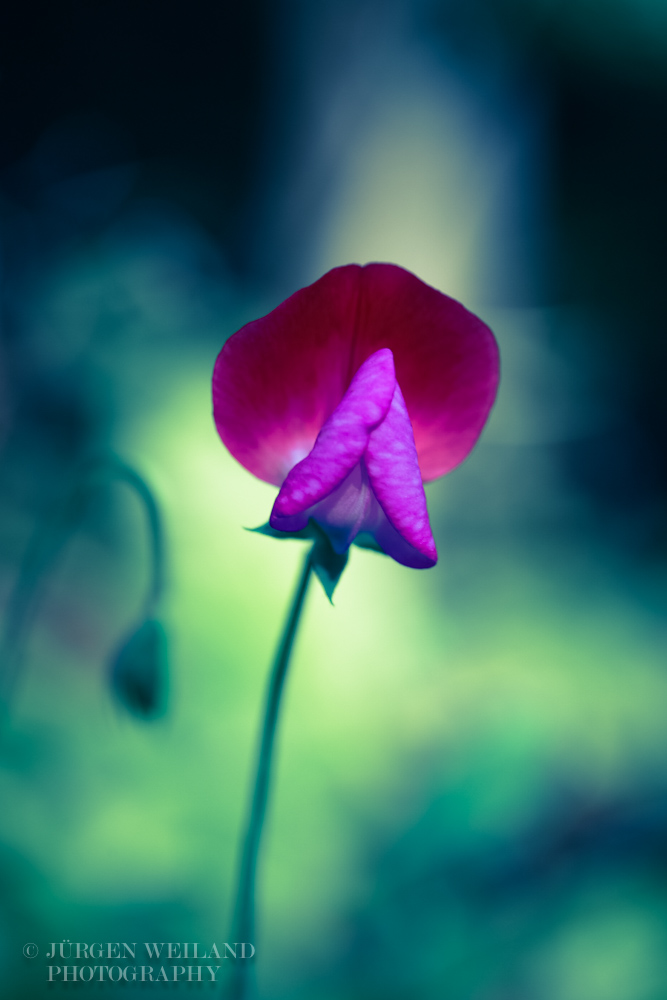
Lathyrus odoratus - Duftwicke - Sweet pea
Follow the link below to find more images:
Fabaceae
According to the definition of Thea Summer Deer, Plant Devas are the unseen, other side of nature and they are responsible for keeping everything alive. Without them we could not survive. Although they may go unseen to the untrained eye, devas joyfully appear in their luminous form to the clairvoyant and may even be heard by the clairaudient.
In her publication „Wisdom of the Plant Devas: Herbal Medicine for a New Earth“, Thea gives more explanation about the Plant Devas:
"The word deva is a Sanskrit word meaning „body of light“ or „shining one“. Devas hold all the cellular blueprints and genetic codes for plants in their memories. A plant’s deva can bring even a plant species that has become „extinct“ back into this dimension when a great need for its specific medicine is determined. Every herb, fruit, flower, and vegetable has its own deva, its own identity, and its own character. Devas have been embraced, it seems, by every culture and given many names. The jews called the energy Ruach Elohim; the Egyptians, Gengen Wer; the Persians, Devs; and the Dinka tribe in Africa, Abuk.
Everything we know about medicines we learned in one way or another from plants. No surgery, diagnosis, or remedy would be accomplished without the evolution of knowledge acquired through our relationship with plants. Surgery requires drugs, wich are derived from plants. Diagnosis takes observation, which was practiced by our ancestors in their observation of the natural world.
We are utterly dependent on plants for all of our basic needs - from shelter, fuel, and clothing to medicine and food."
This is particularly true of the pea family, which has a huge economic significance. They produce protein-rich food, fats, wood, paintstuffs, medicines, green manure, ornamental plants, cattle feed, etc. The most common foods used by humans are: lentil (Lens), pea (Pisum), bean (Phaseolus), soy bean (Glycine), peanut (Arachis) and chickpea (Cicer). They are also important suppliers of honey (e.g. clover and acacia) and of liquorice (Glycyrrhiza).
Below you find some images of Lathyrus odoratus, a Sweet Pea which diffuses a beautiful smell (odor).
All images were taken with natural light, no flash has been used.
Feel free to leave you feedback and suggestions below,
Best wishes,
Jürgen

Lathyrus odoratus - Duftwicke - Sweet pea
Follow the link below to find more images:
Fabaceae
Mentha piperita - Pfefferminze - Peppermint
21. 08. 15 10:47 filed in:Lamiaceae
Mentha piperita is a very popular medicinal plant from the family of Lamiaceae.
Did you know that the plant is a cross between watermint (Mentha aquatia) and spearmint (Mentha spicata)?
Peppermint was first described in 1753 by Carl Linnaeus from specimens that had been collected in England; he treated it as a species, but it is now universally agreed to be a hybrid. Peppermint has a high menthol content.
Origin
It is found sometimes wild in Central and Southern Europe, but was probably first put to human use in England, whence its cultivation spread to the European continent and Africa; today, Northern Africa is a main cultivation area. *
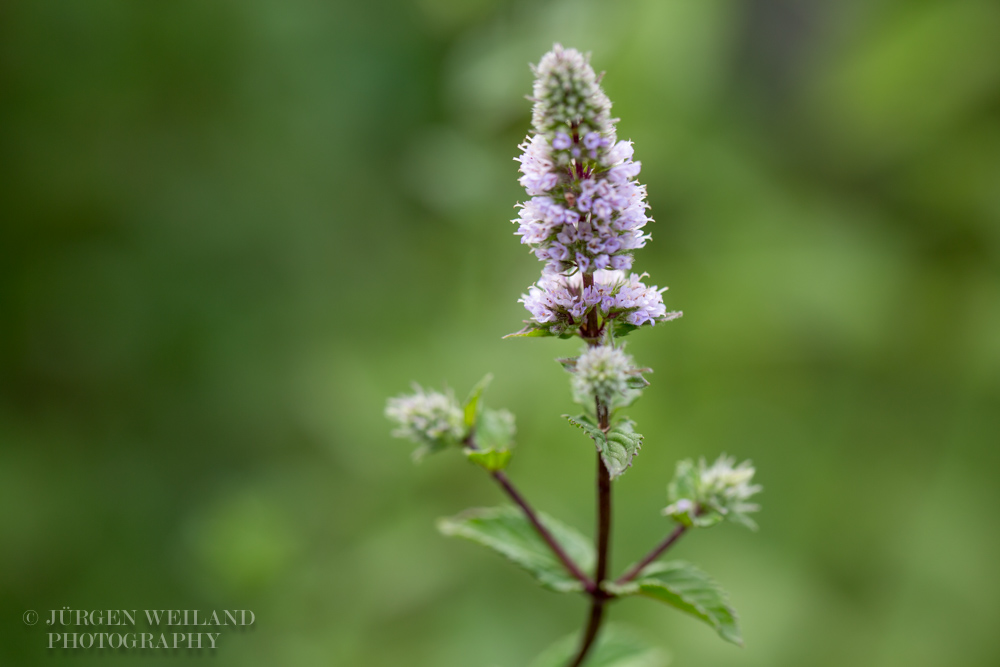
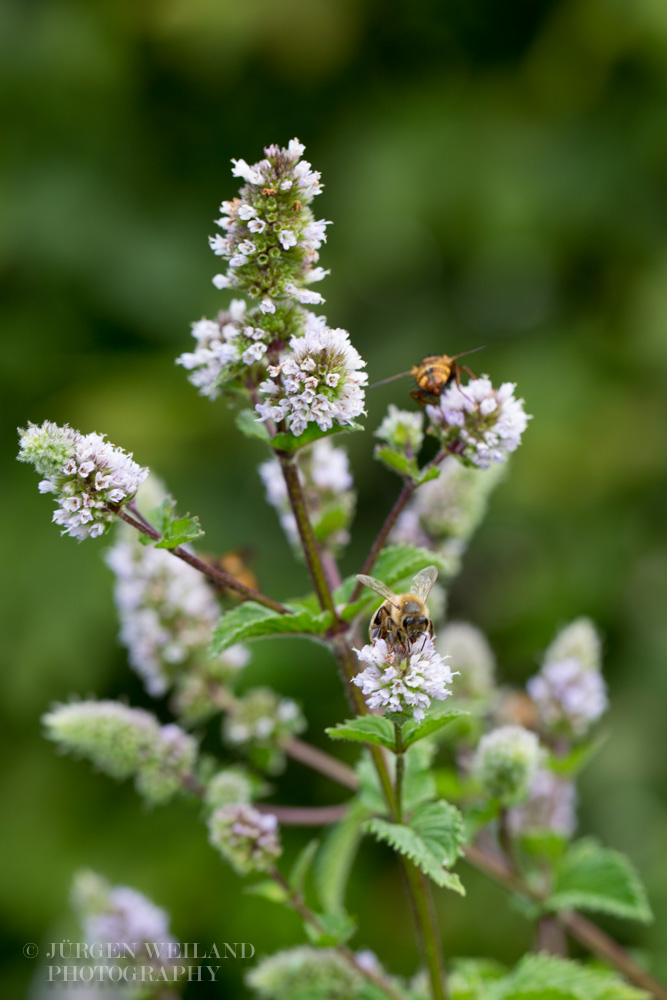
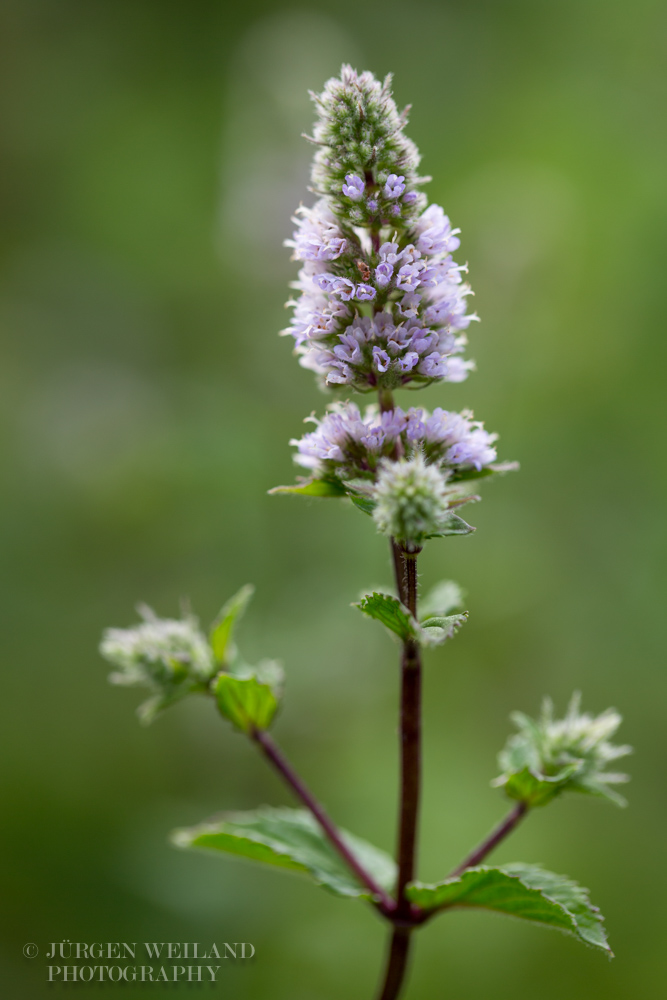
* Koine International, accessed from Reference Works by Synergy Homeopathic http://kenthomeopathic.com.
Did you know that the plant is a cross between watermint (Mentha aquatia) and spearmint (Mentha spicata)?
Peppermint was first described in 1753 by Carl Linnaeus from specimens that had been collected in England; he treated it as a species, but it is now universally agreed to be a hybrid. Peppermint has a high menthol content.
Origin
It is found sometimes wild in Central and Southern Europe, but was probably first put to human use in England, whence its cultivation spread to the European continent and Africa; today, Northern Africa is a main cultivation area. *



* Koine International, accessed from Reference Works by Synergy Homeopathic http://kenthomeopathic.com.
Excitement and Calmness - Lamiaceae - Mint family
13. 08. 15 22:32 filed in:Lamiaceae
According to the Sensation Method, patients who need a remedy from the plant kingdom express themselves in opposite polarities. One sensation and the opposite can be observed.
For the mint family (Lamiaceae) themes like excitement, exhilaration, rush of ideas, vivacity etc. can stand on one site and the other site shows i.e. themes like calmness, numbness, disinterest etc.
Many plants from the mint family belong to the traditional mediterranean kitchen herbs (thyme, rosemary, basil). These herbs lend joy, flavor and color to cooking. Others, like Lavender (s. below) are well know for their ability to calm one down.
In preparation for the upcoming issue of Spectrum for Homeopathy „Lamiaceae and Piperaceae“, I was focussing my photography on plants from the mint family over the last weeks.
There are more exciting plants to explore in the gallery:
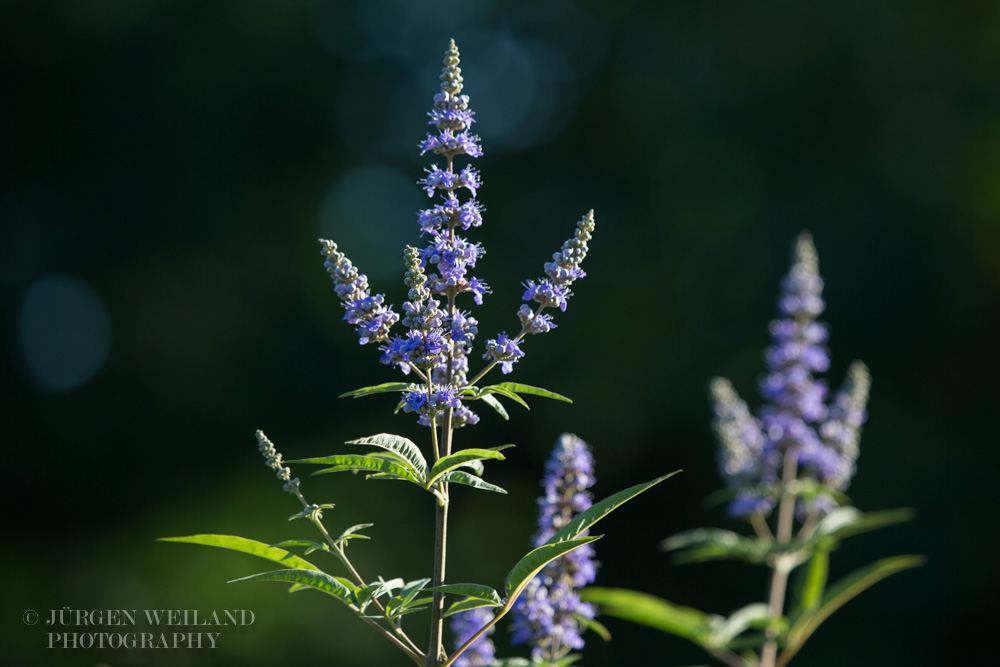
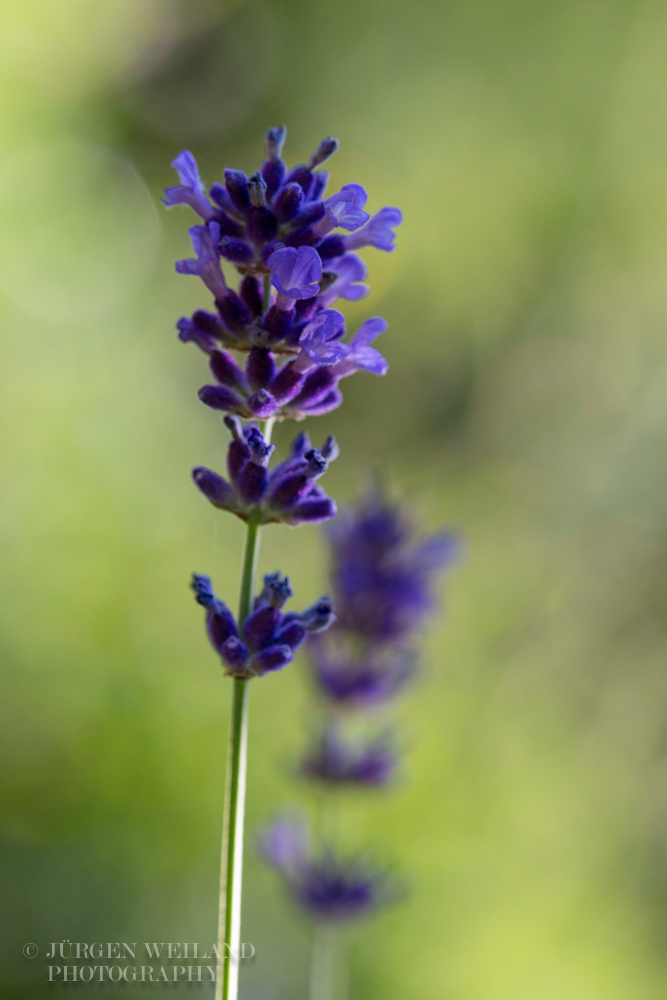
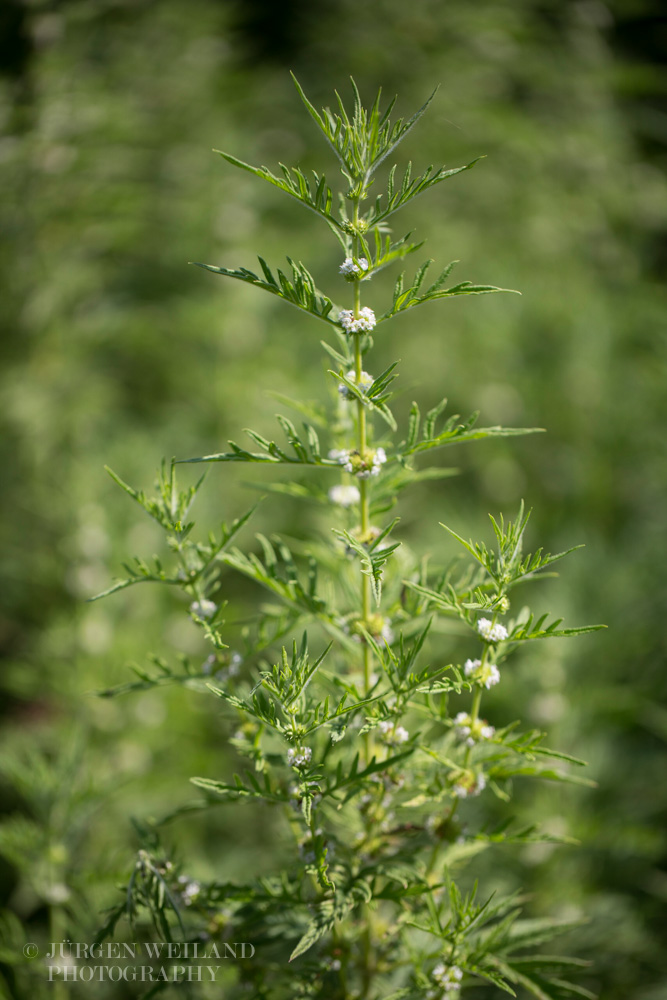
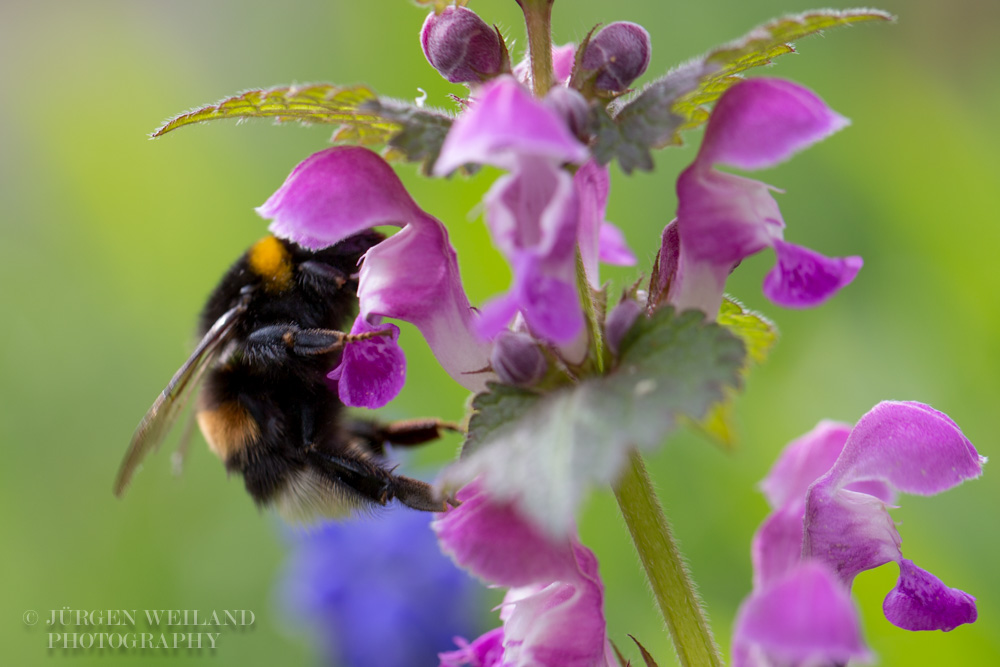
For the mint family (Lamiaceae) themes like excitement, exhilaration, rush of ideas, vivacity etc. can stand on one site and the other site shows i.e. themes like calmness, numbness, disinterest etc.
Many plants from the mint family belong to the traditional mediterranean kitchen herbs (thyme, rosemary, basil). These herbs lend joy, flavor and color to cooking. Others, like Lavender (s. below) are well know for their ability to calm one down.
In preparation for the upcoming issue of Spectrum for Homeopathy „Lamiaceae and Piperaceae“, I was focussing my photography on plants from the mint family over the last weeks.
There are more exciting plants to explore in the gallery:
Lamiaceae

Vitex agnus castus - Mönchspfeffer - Chaste Tree

Lavandula angustifolia - Echter Lavendel - English Lavender

Lycopus exaltatus - Hoher Wolfstrapp - Gypsywort or bugleweed

Lamium maculatum - Gefleckte Taubnessel mit einer Hummel - Spotted deadnettle with a bumble-bee
New Design, more taxonomic information and a new BLOG
31. 07. 15 16:01 filed in:News
Dear visitors
Finally I was able to find some time to update my plant collections. Along with a new responsive design, many galleries are filled with fresh images. Hope you enjoy the new look. Feel free to send me your feedback and suggestions.
What’s new?
- In the sidebar of each plant gallery you will now find some taxonomic information regarding the plant families (Cronquist classification & APG)
- Responsive design, to provide an optimal viewing experience for desktop, tablets and mobile devices.
- All images have been web optimized to shorten their loading time.
- A new BLOG which I will feed more regular with my latest plant images together with some source and homeopathic usage information.
Best regards,
Jürgen Weiland
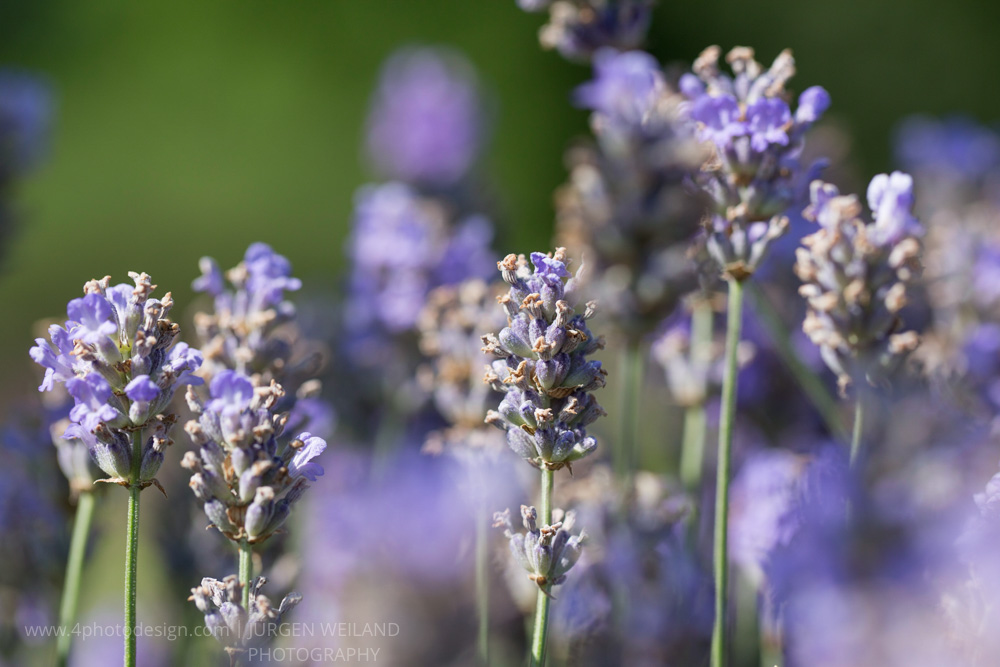
Lavandula angustifolia - Echter Lavendel - English Lavender, Lamiaceae
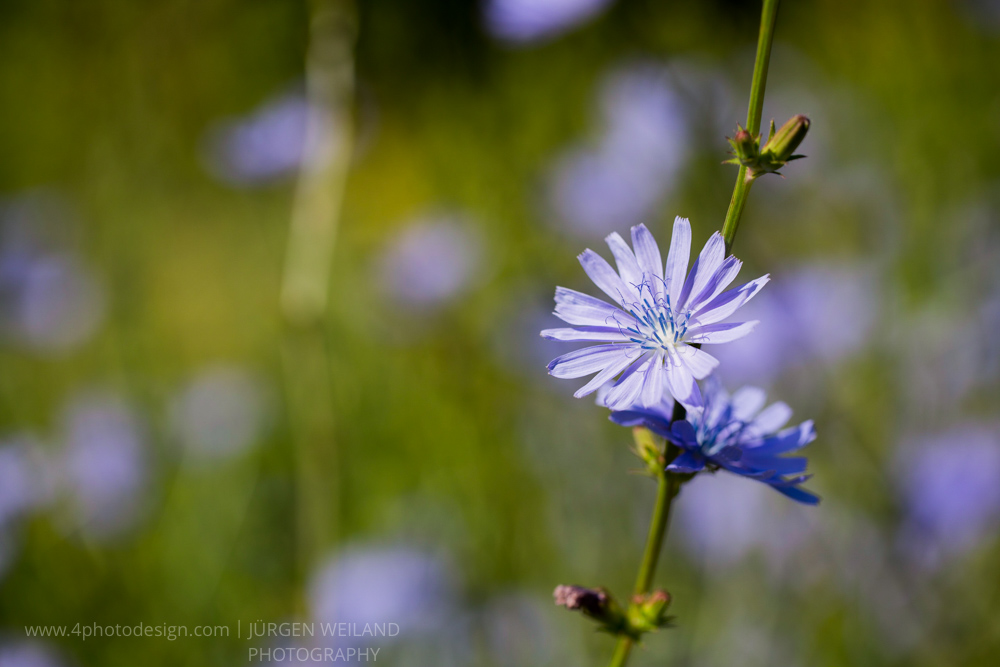
Cichorium intybus - Wegwarte - Common chicory, Asteraceae
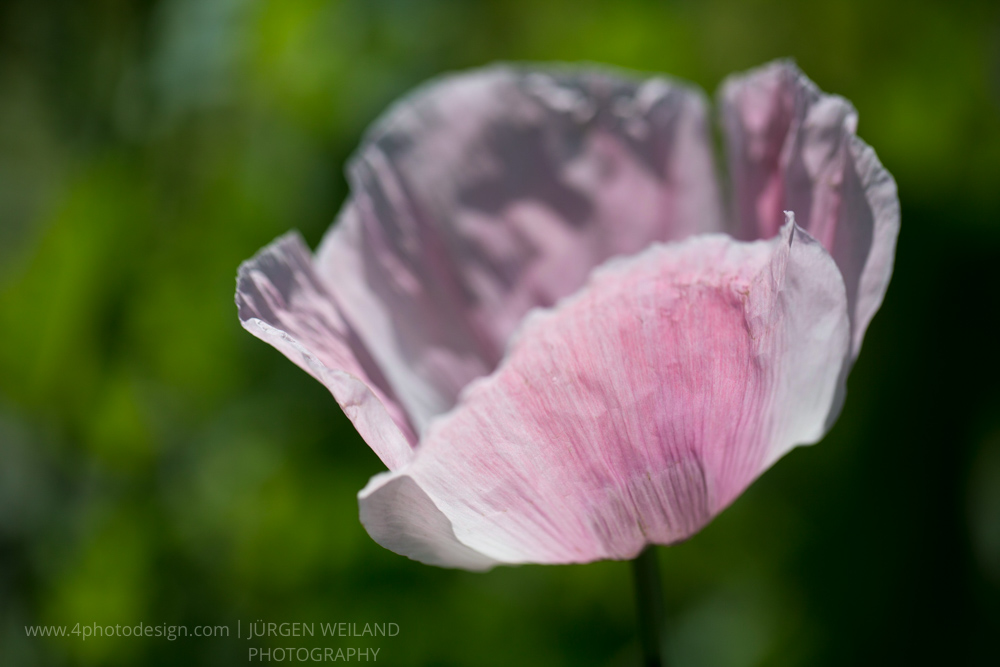
Papaver somniferum (cv. Mieszko), Papaveraceae